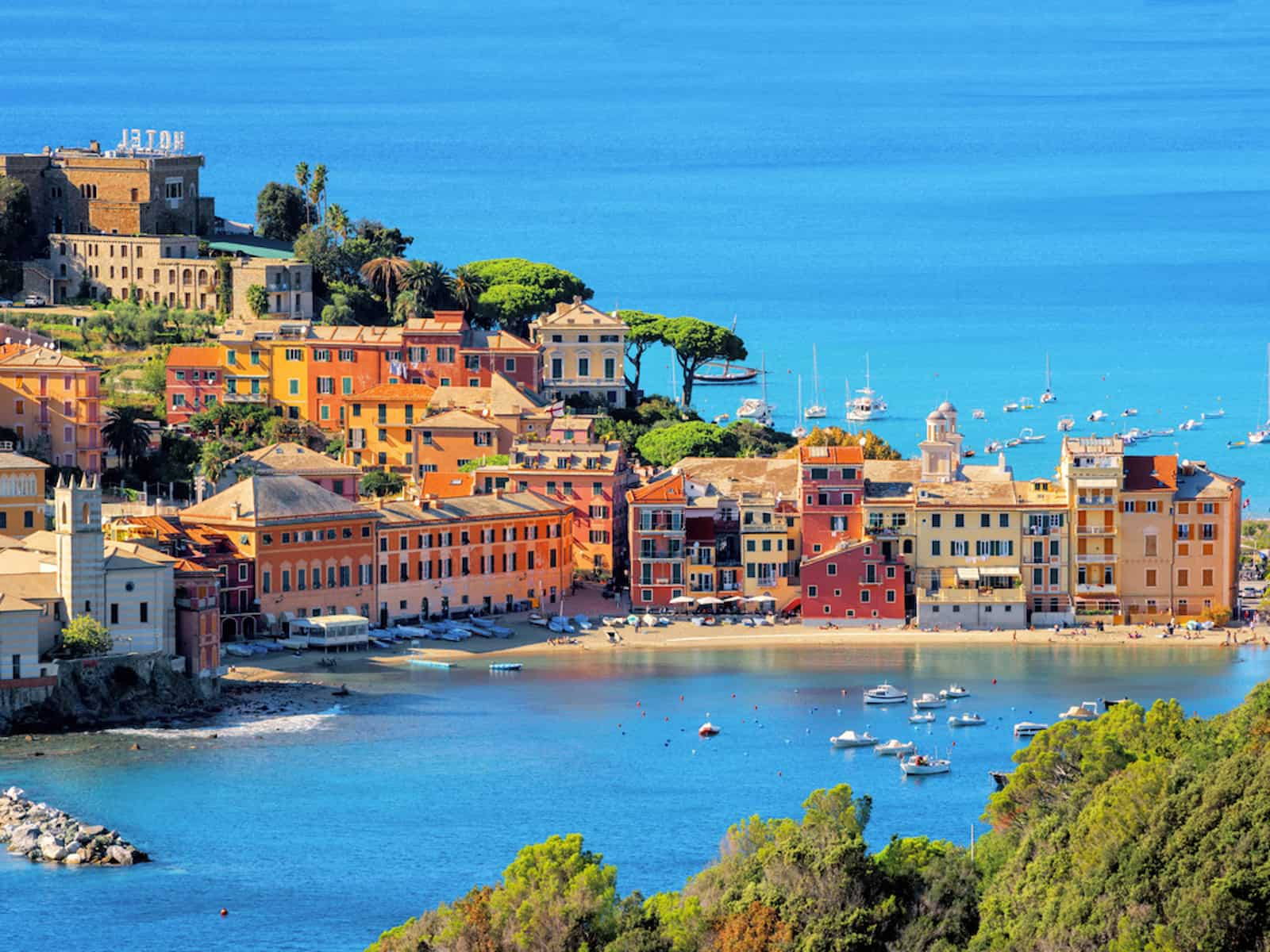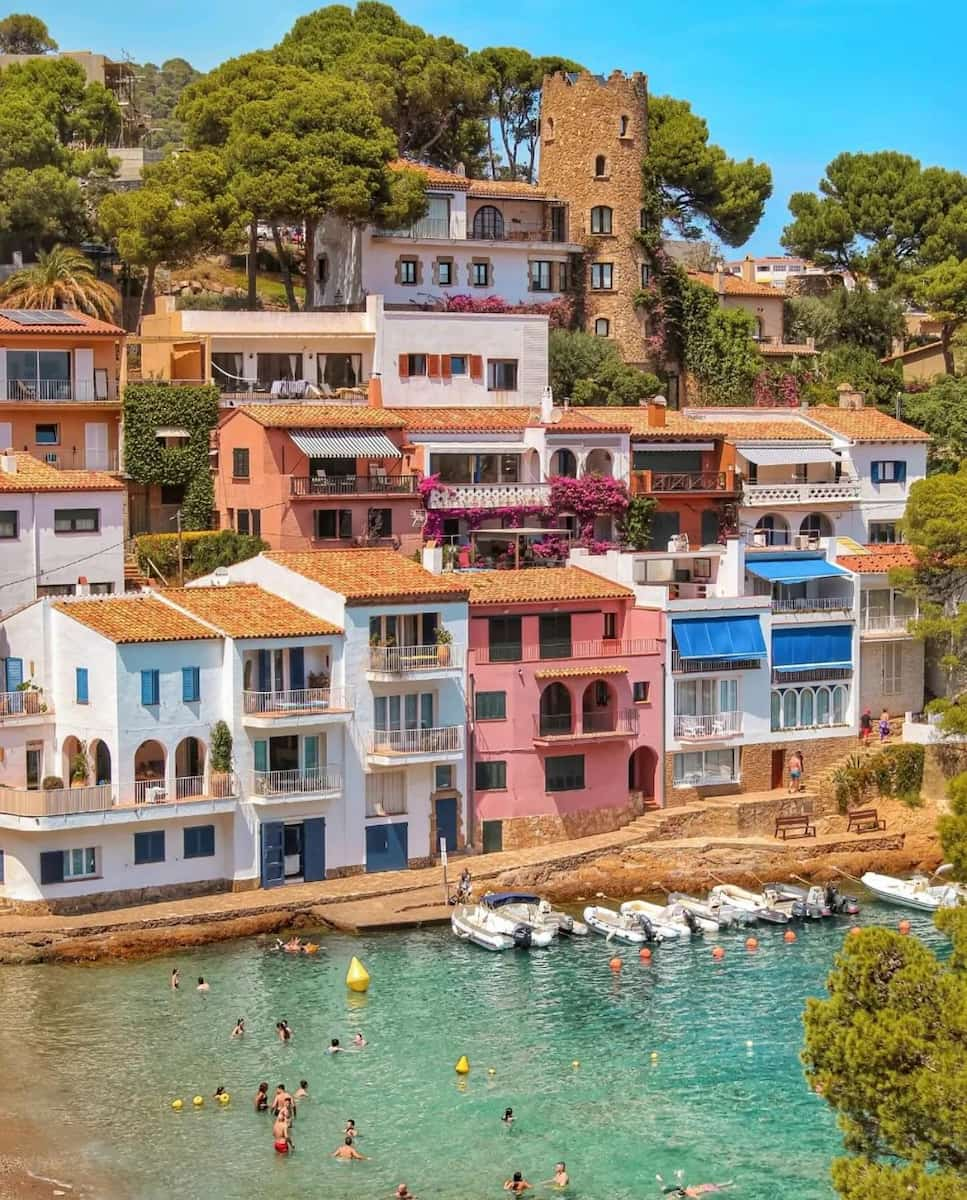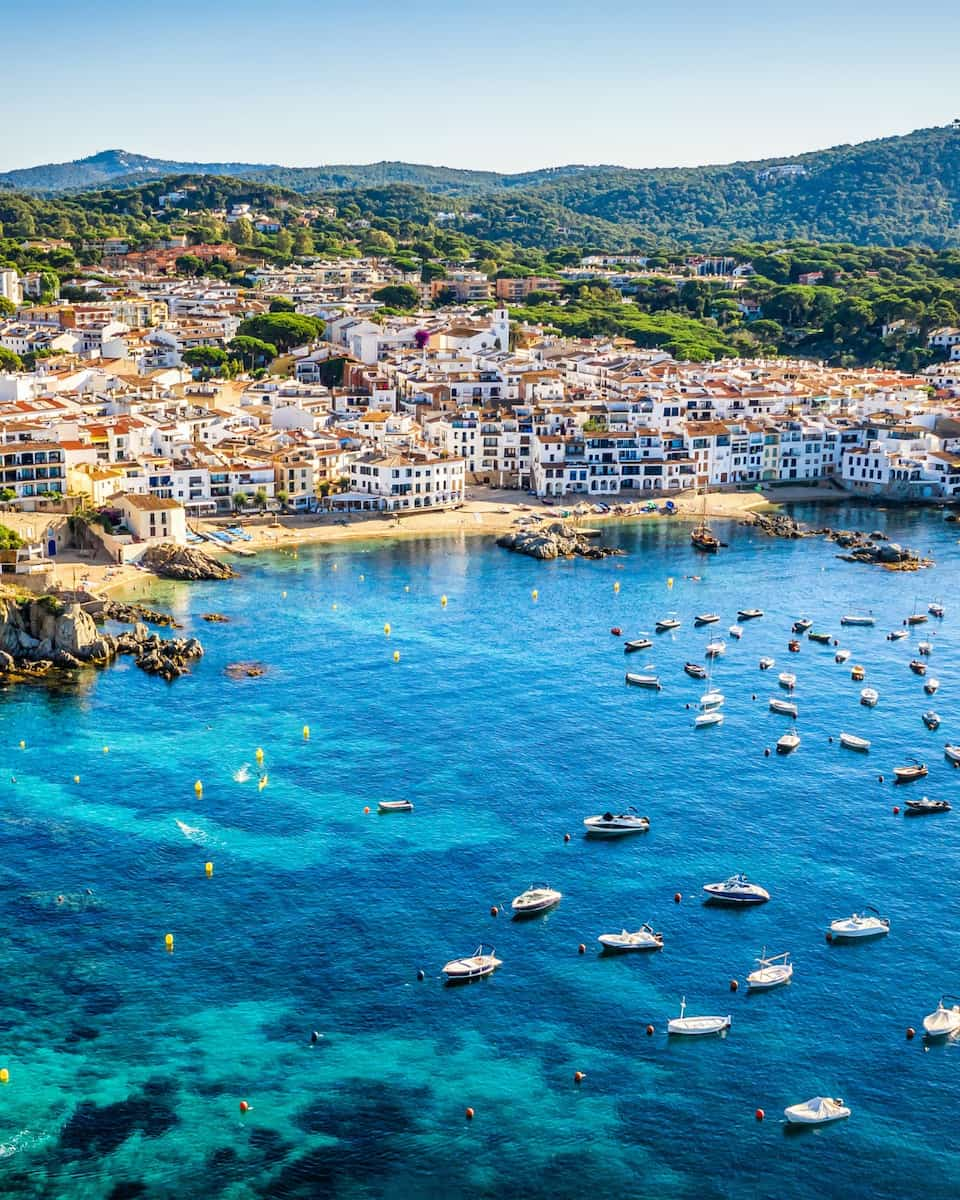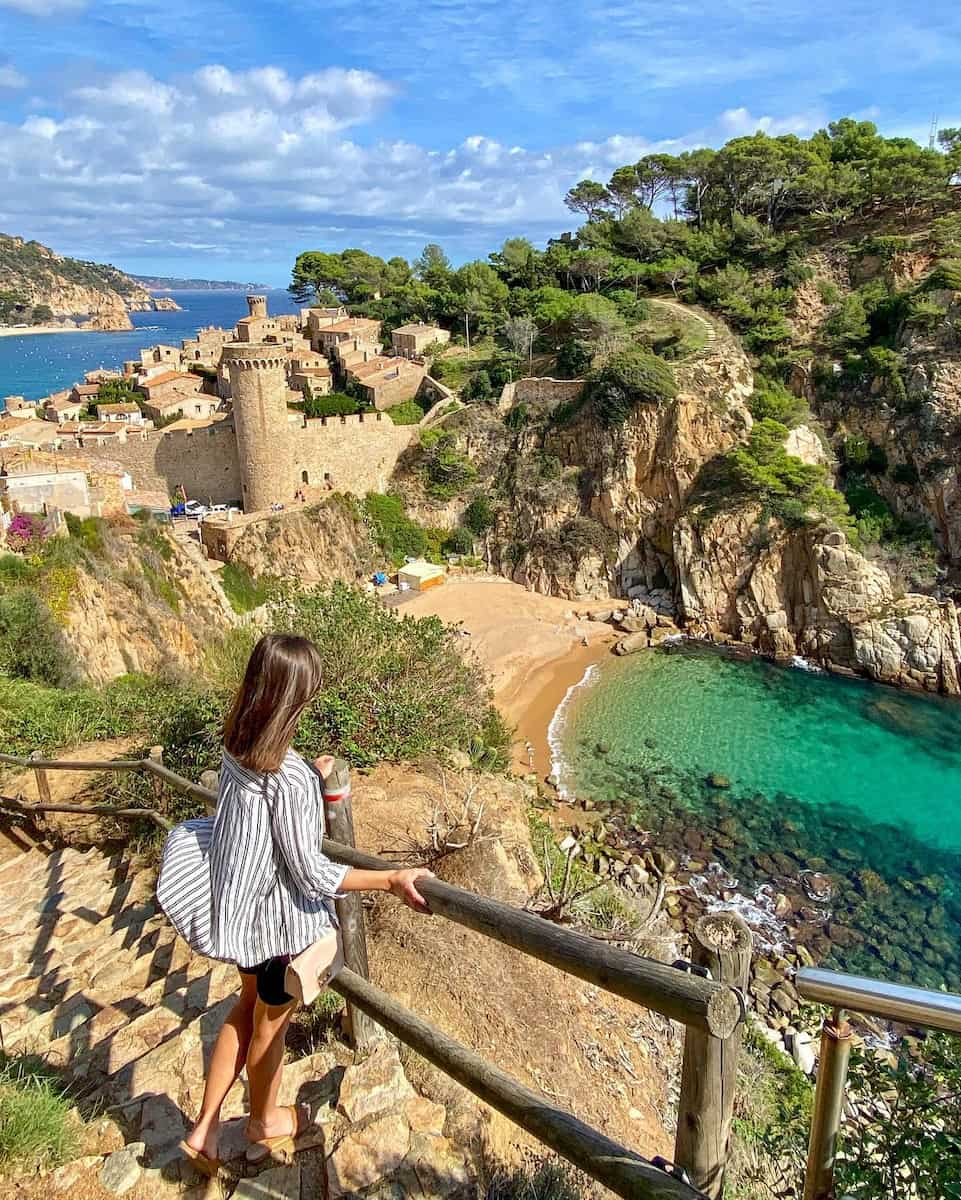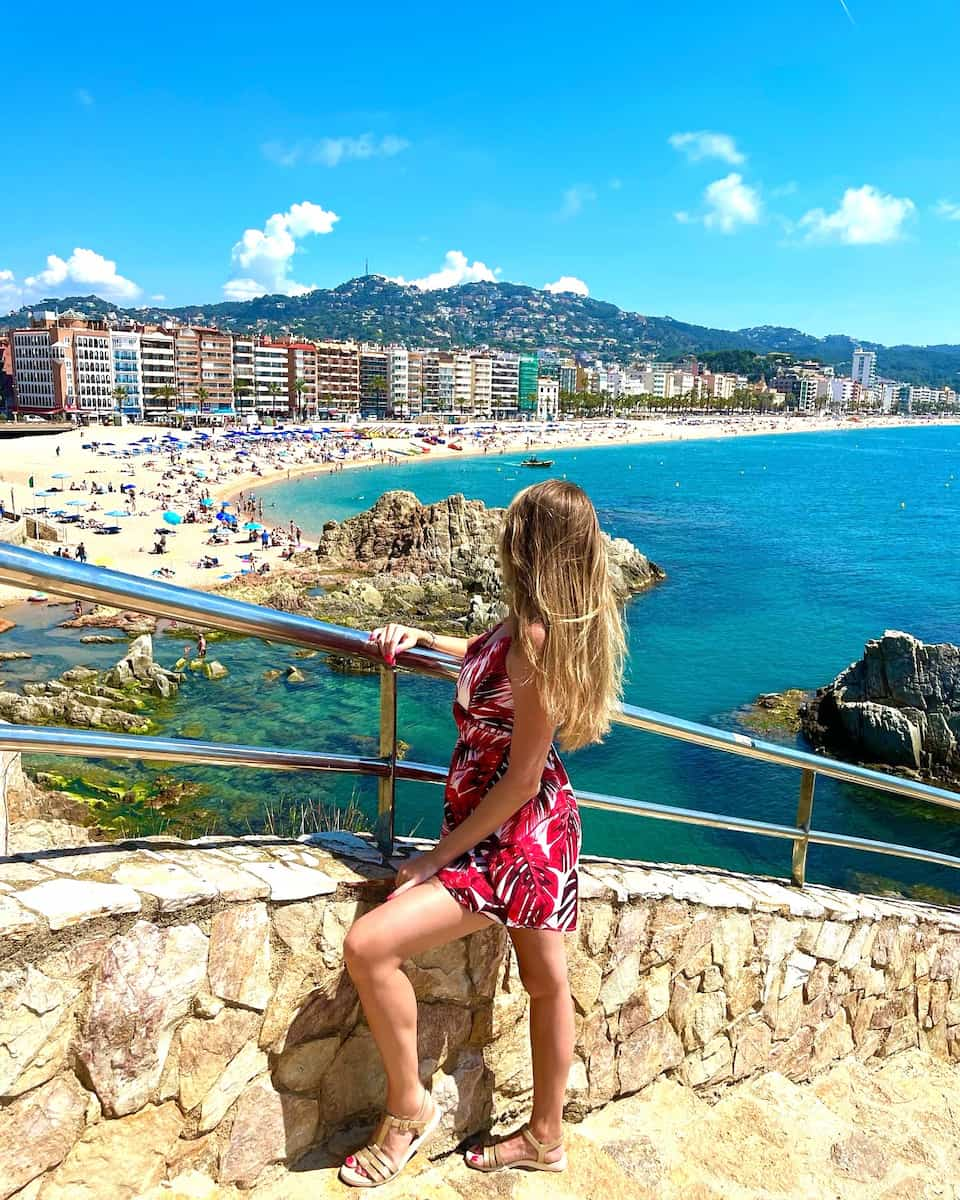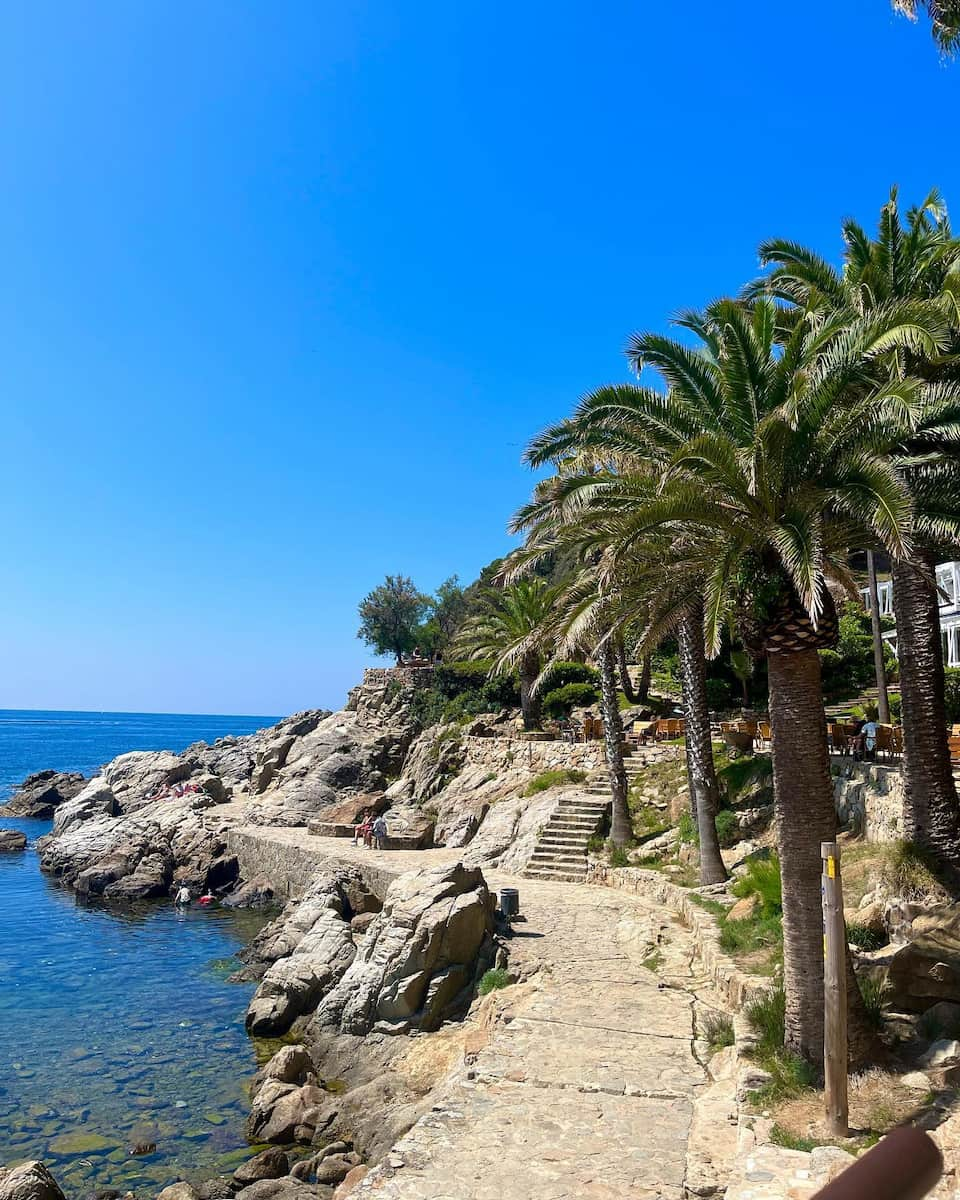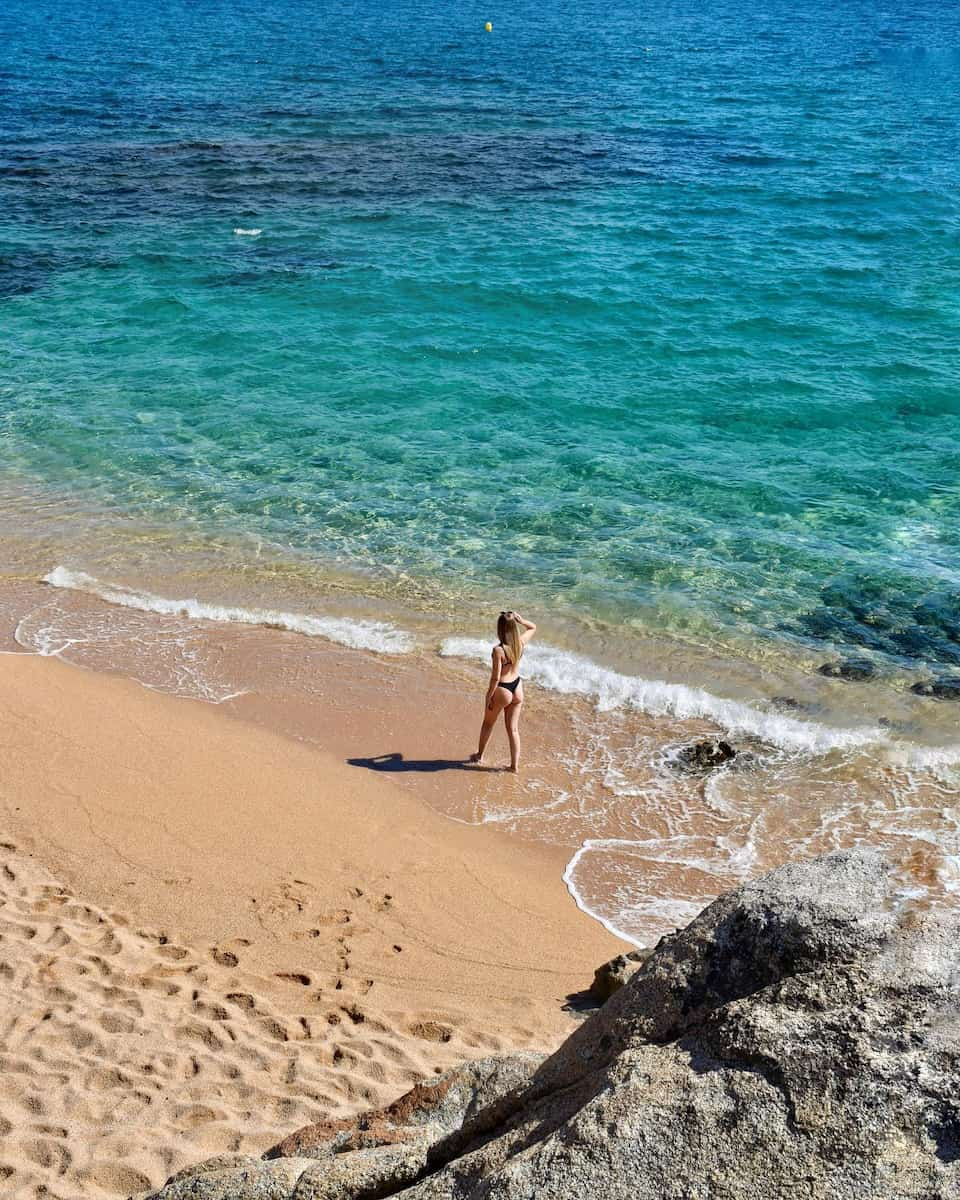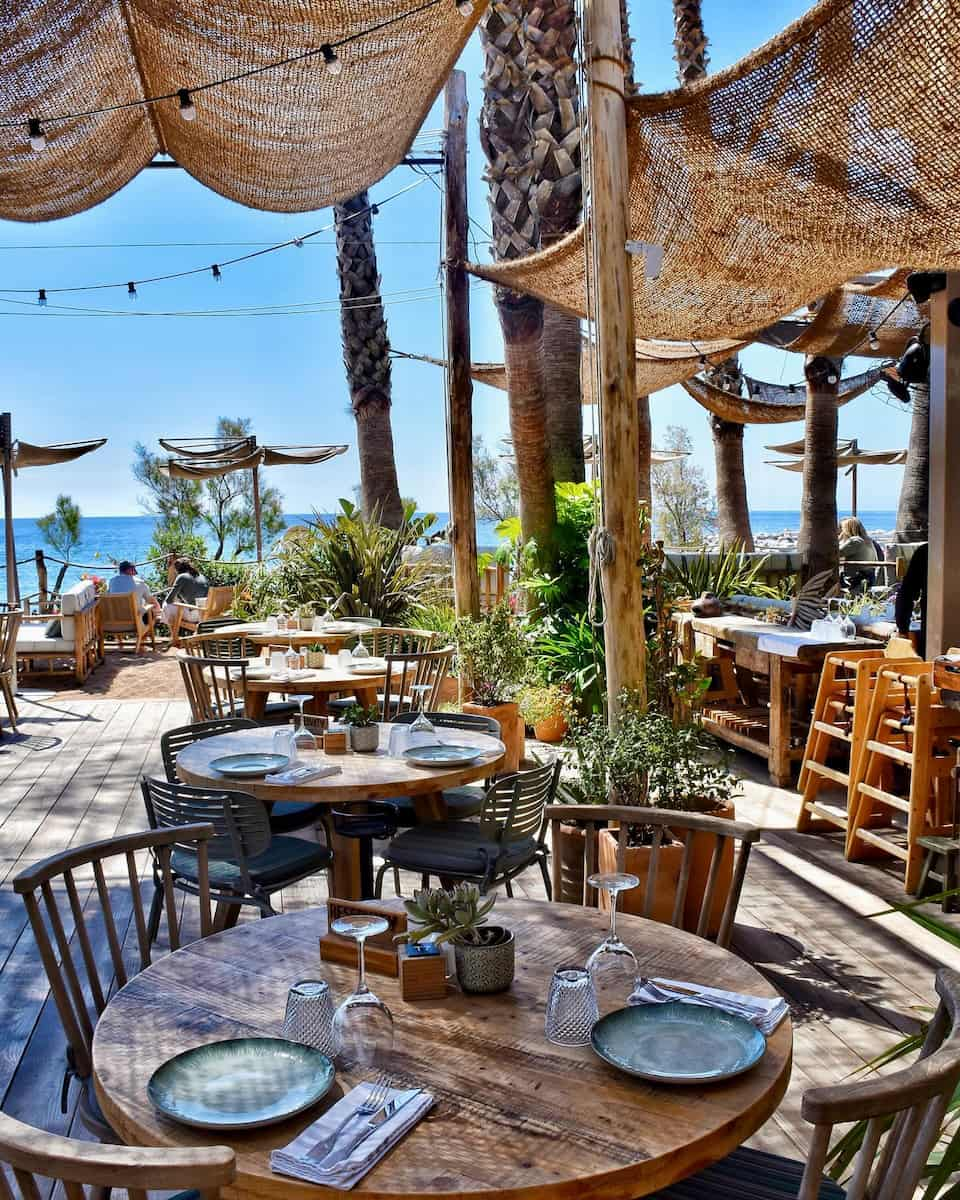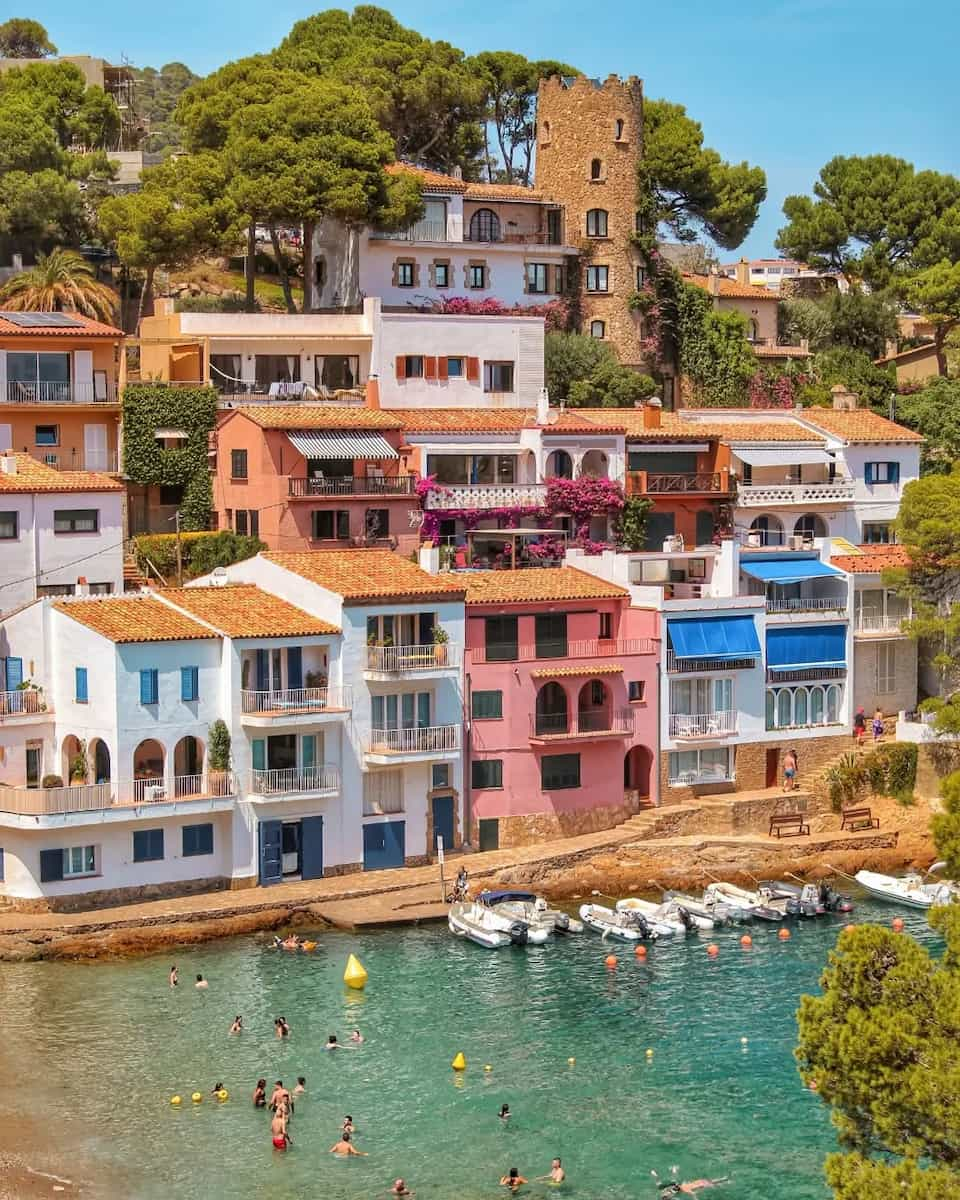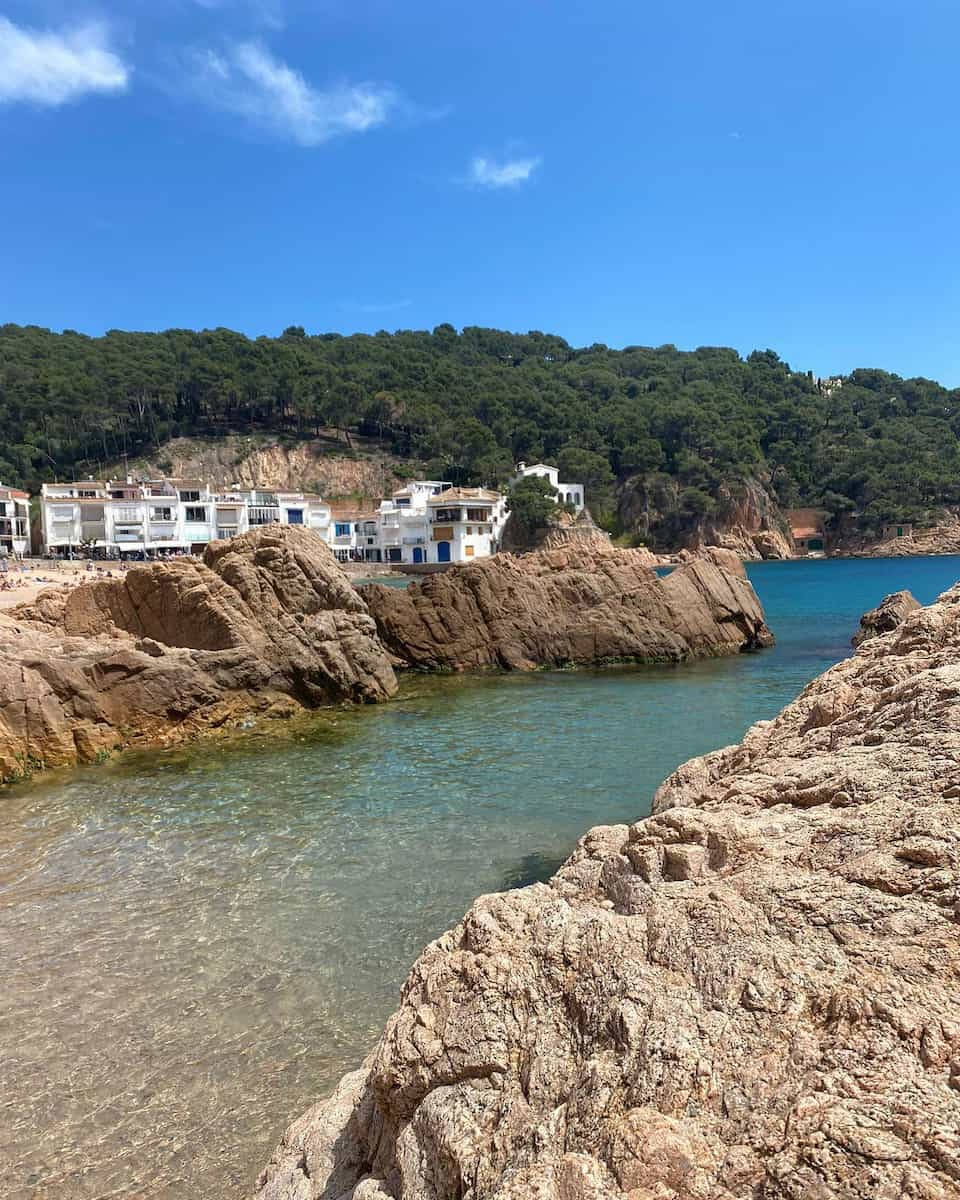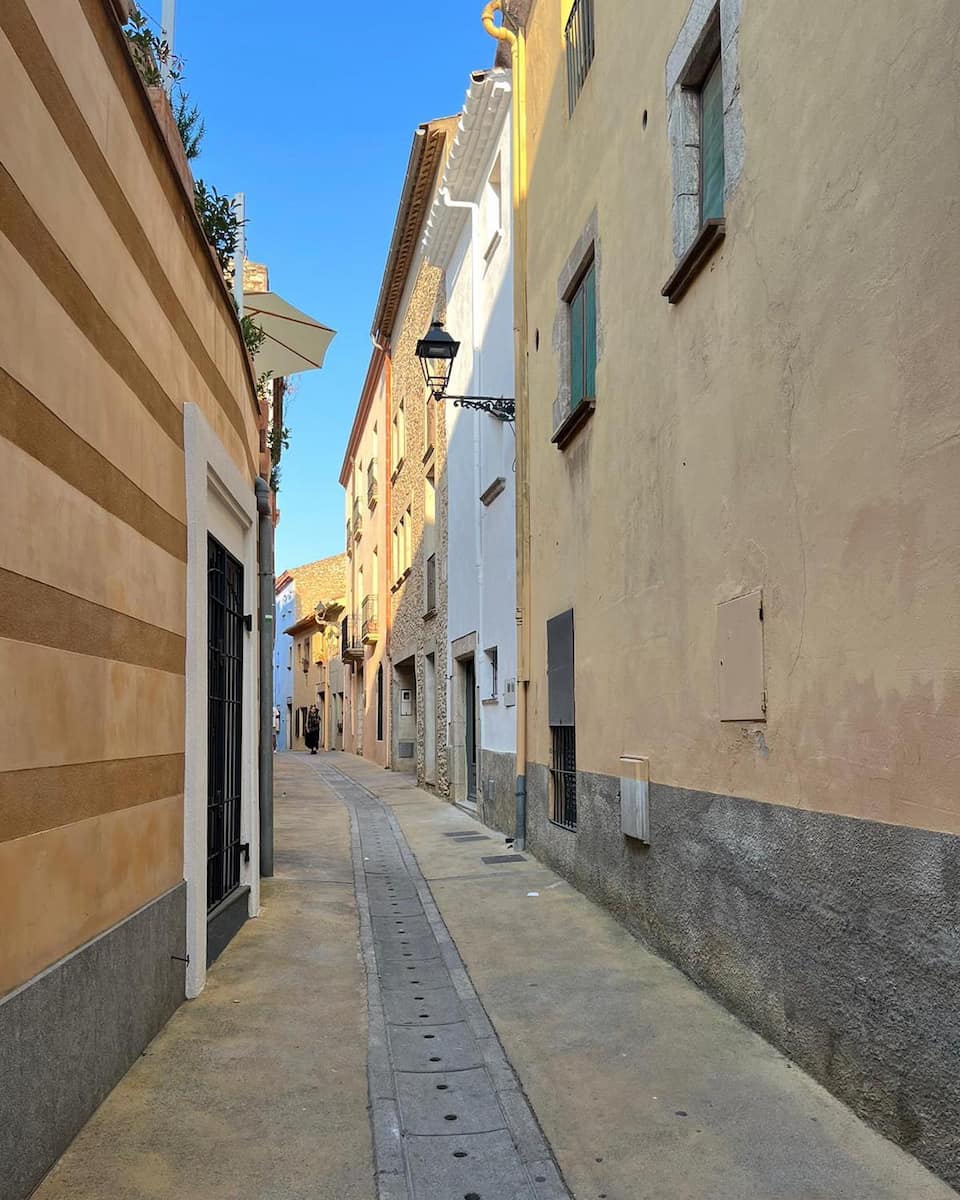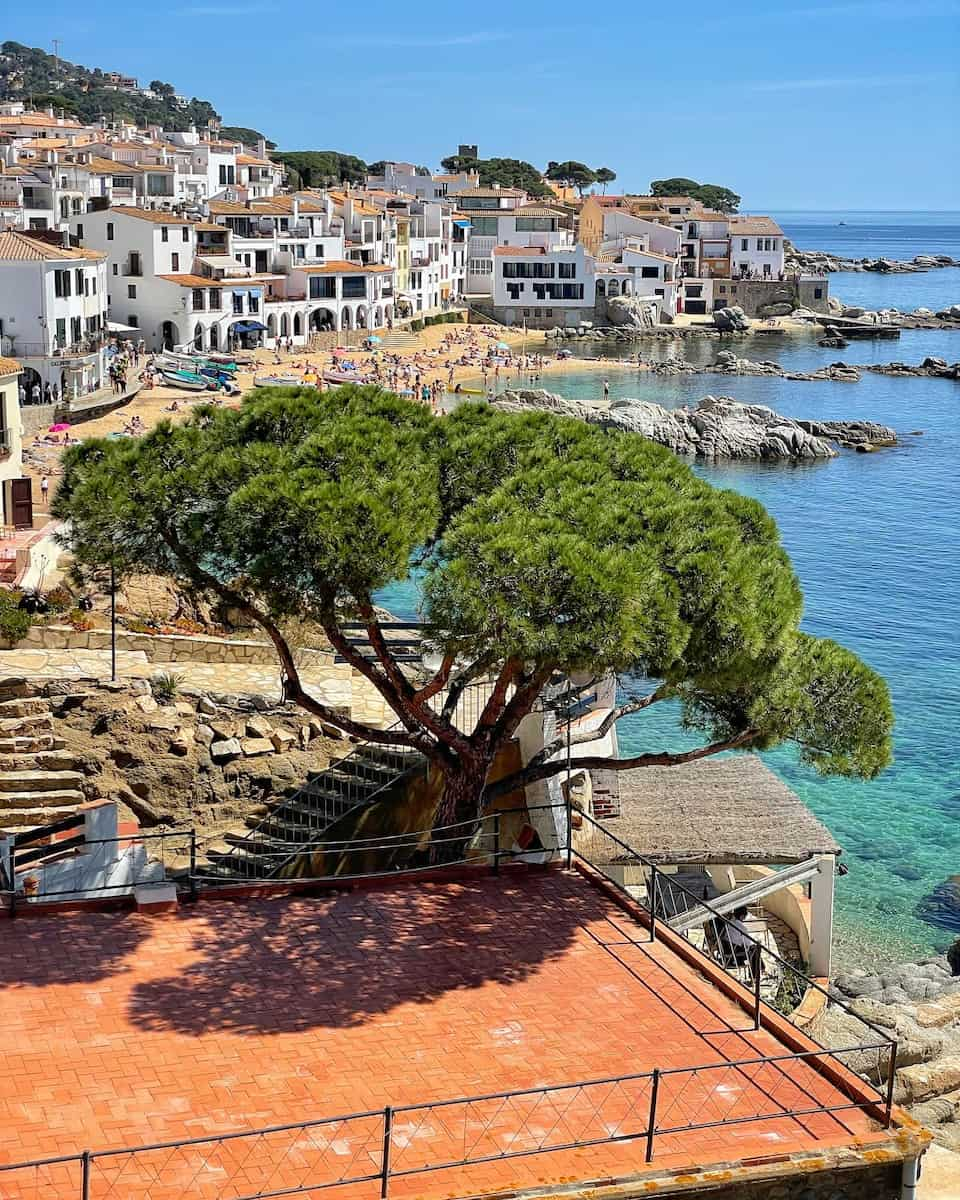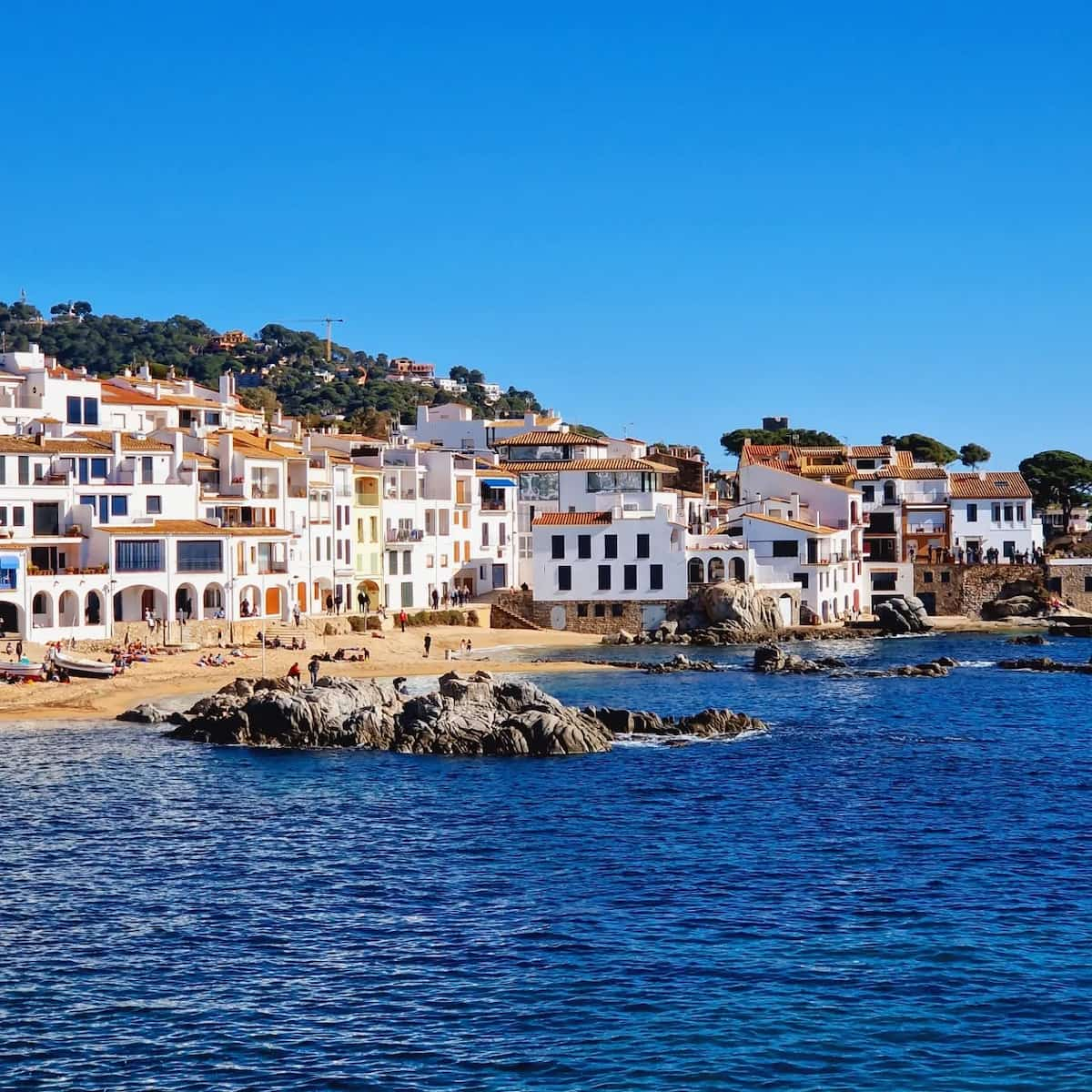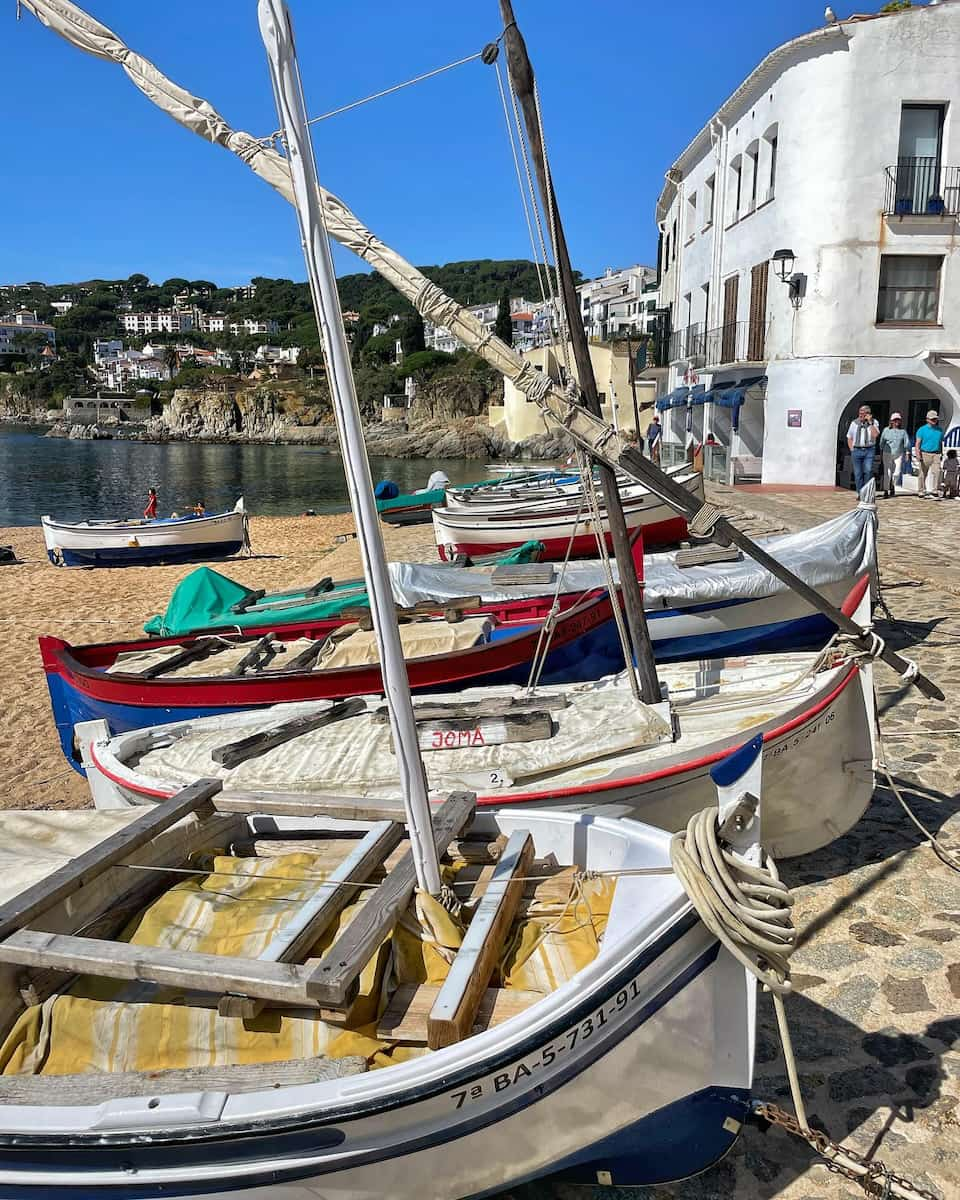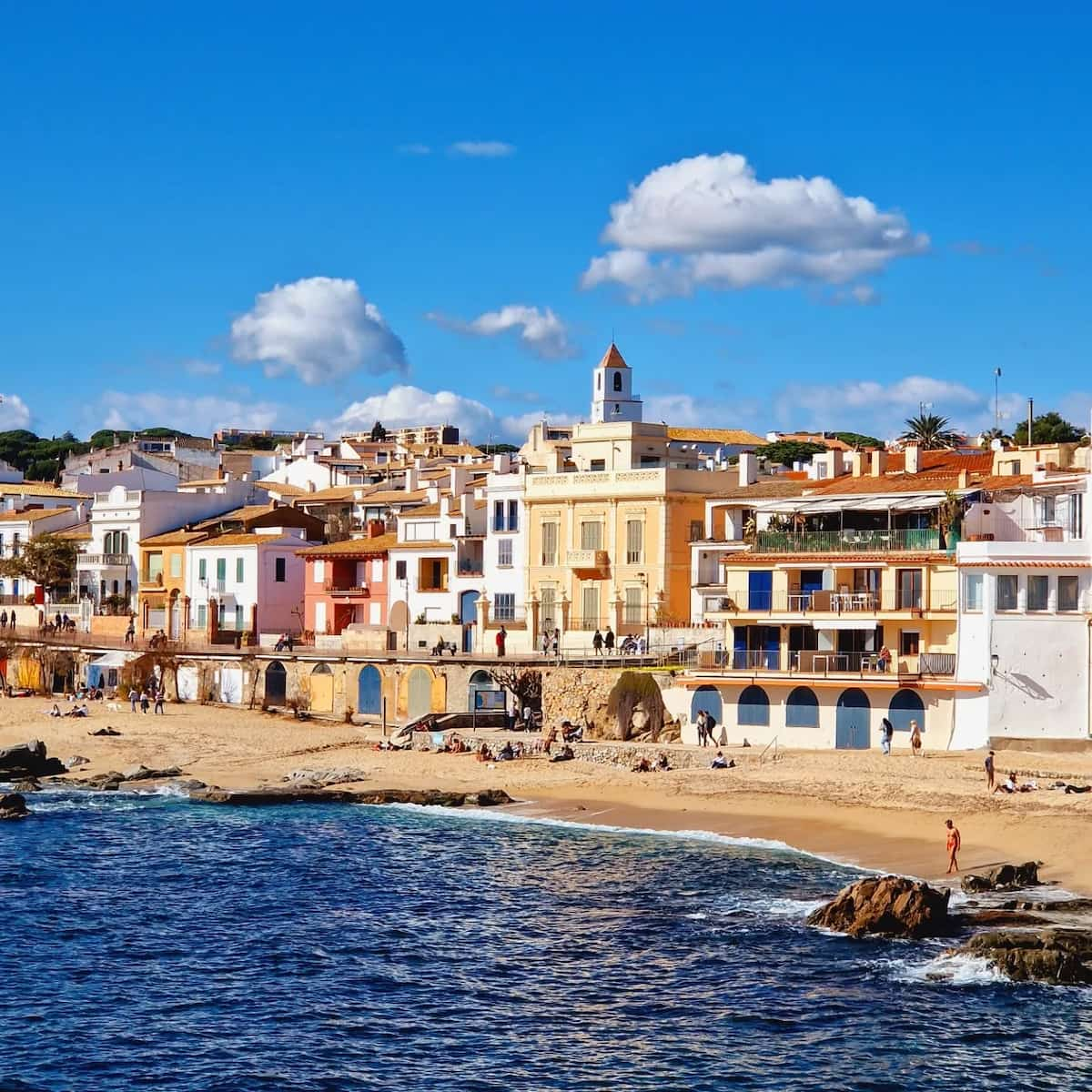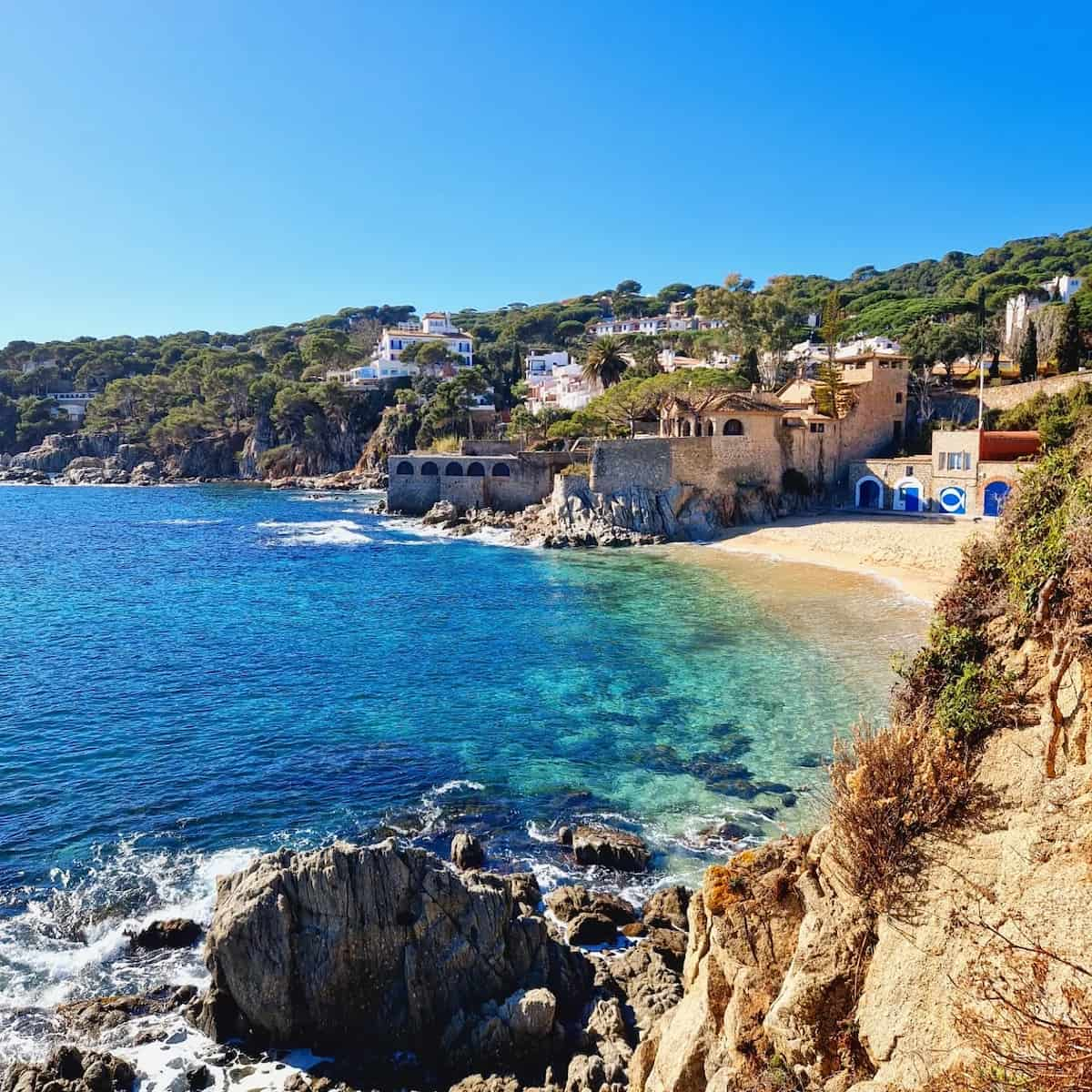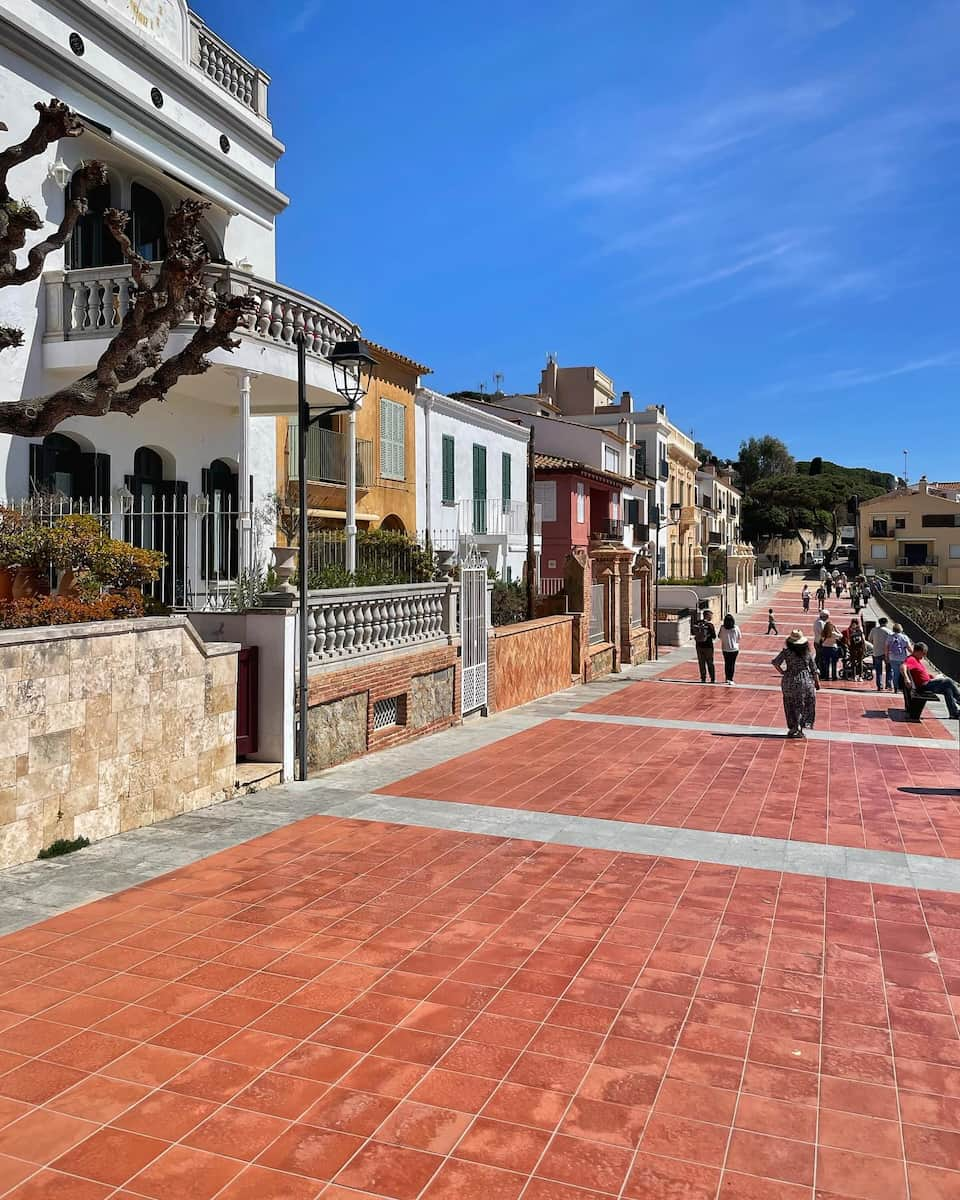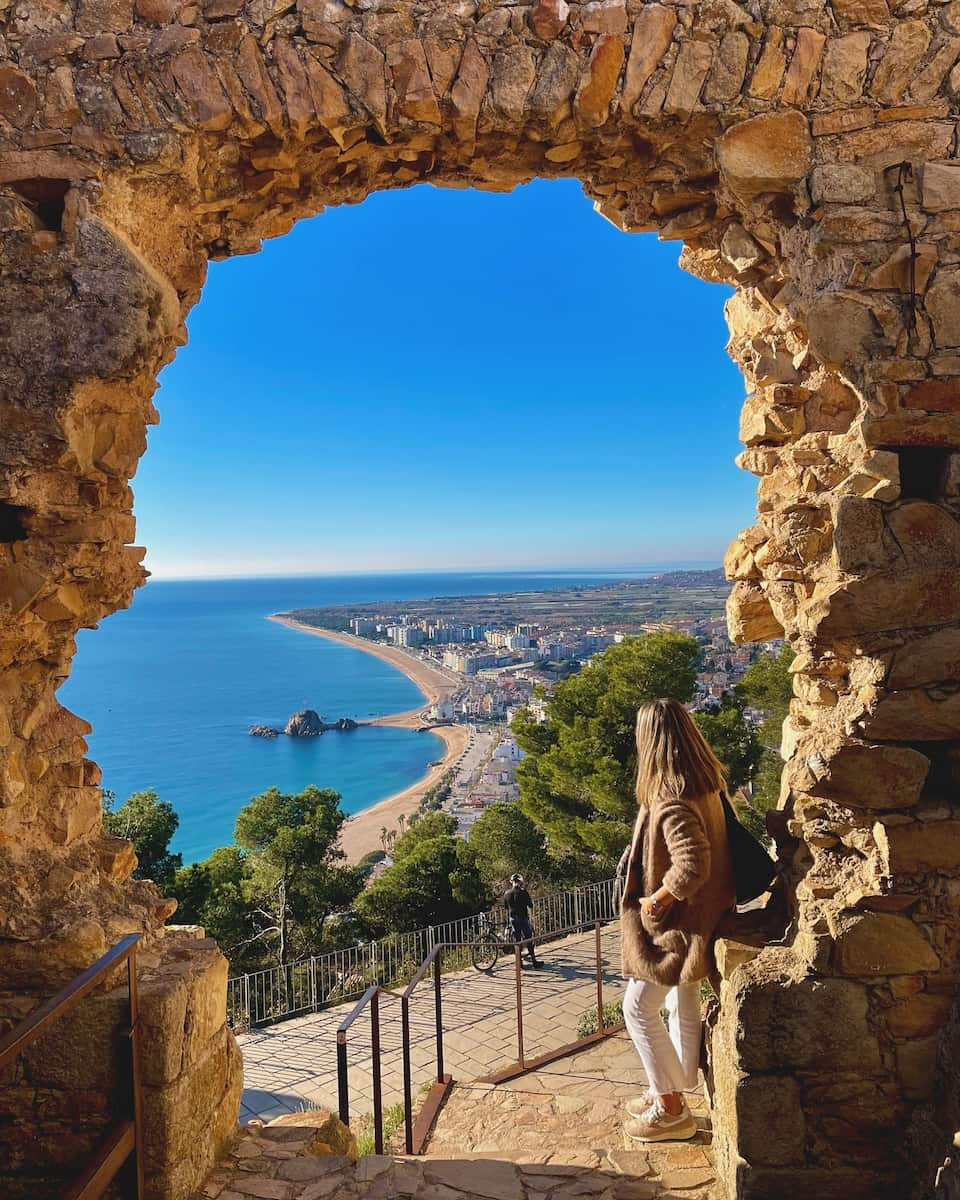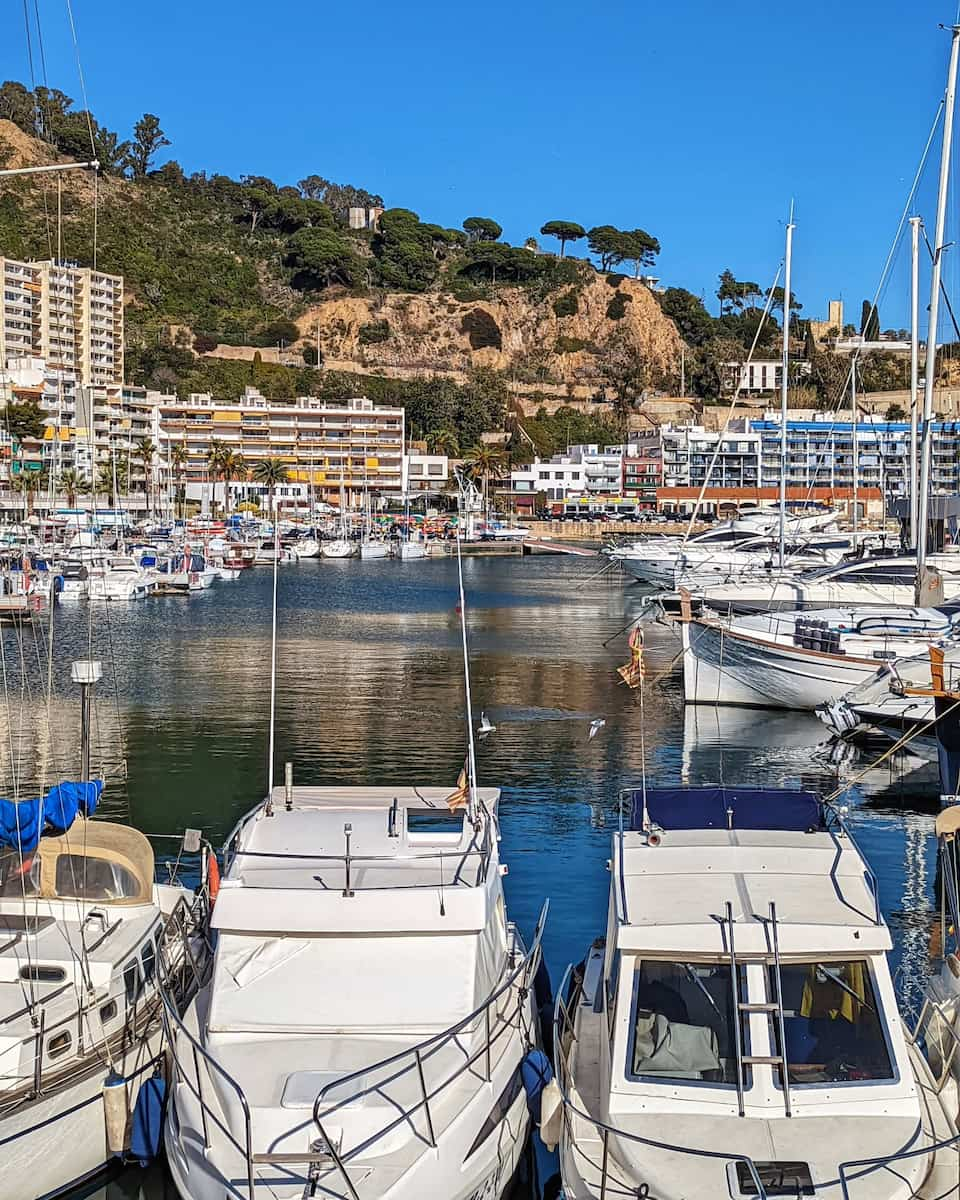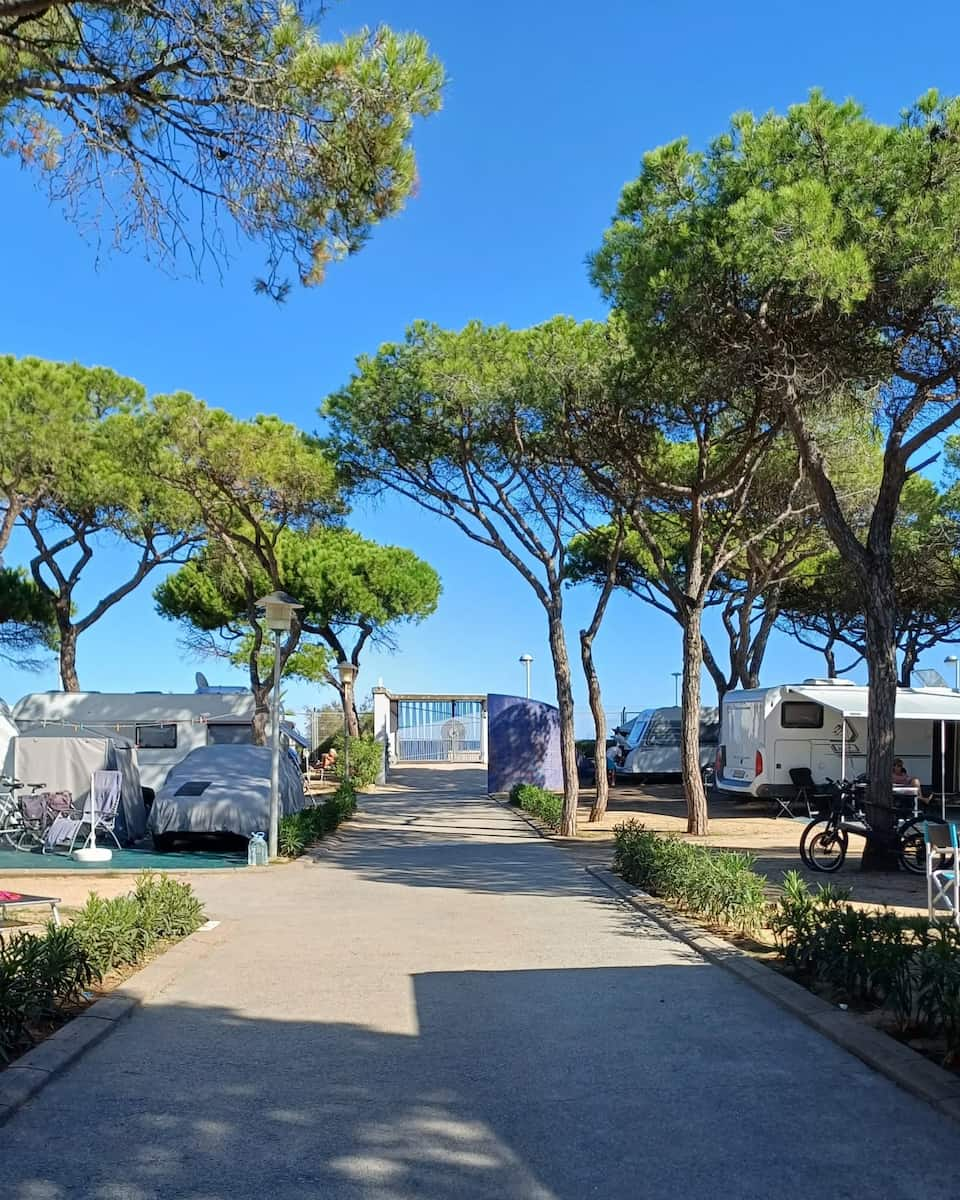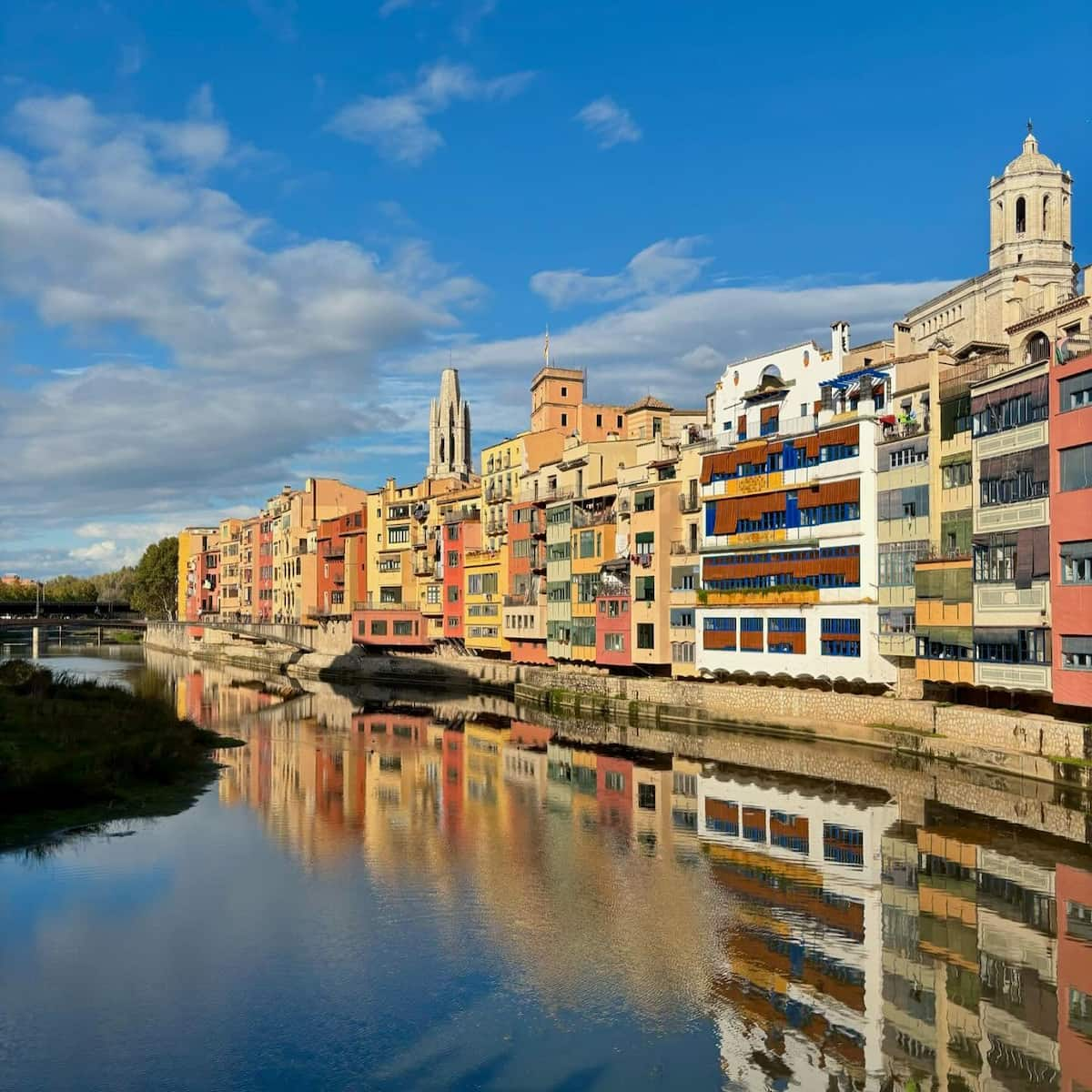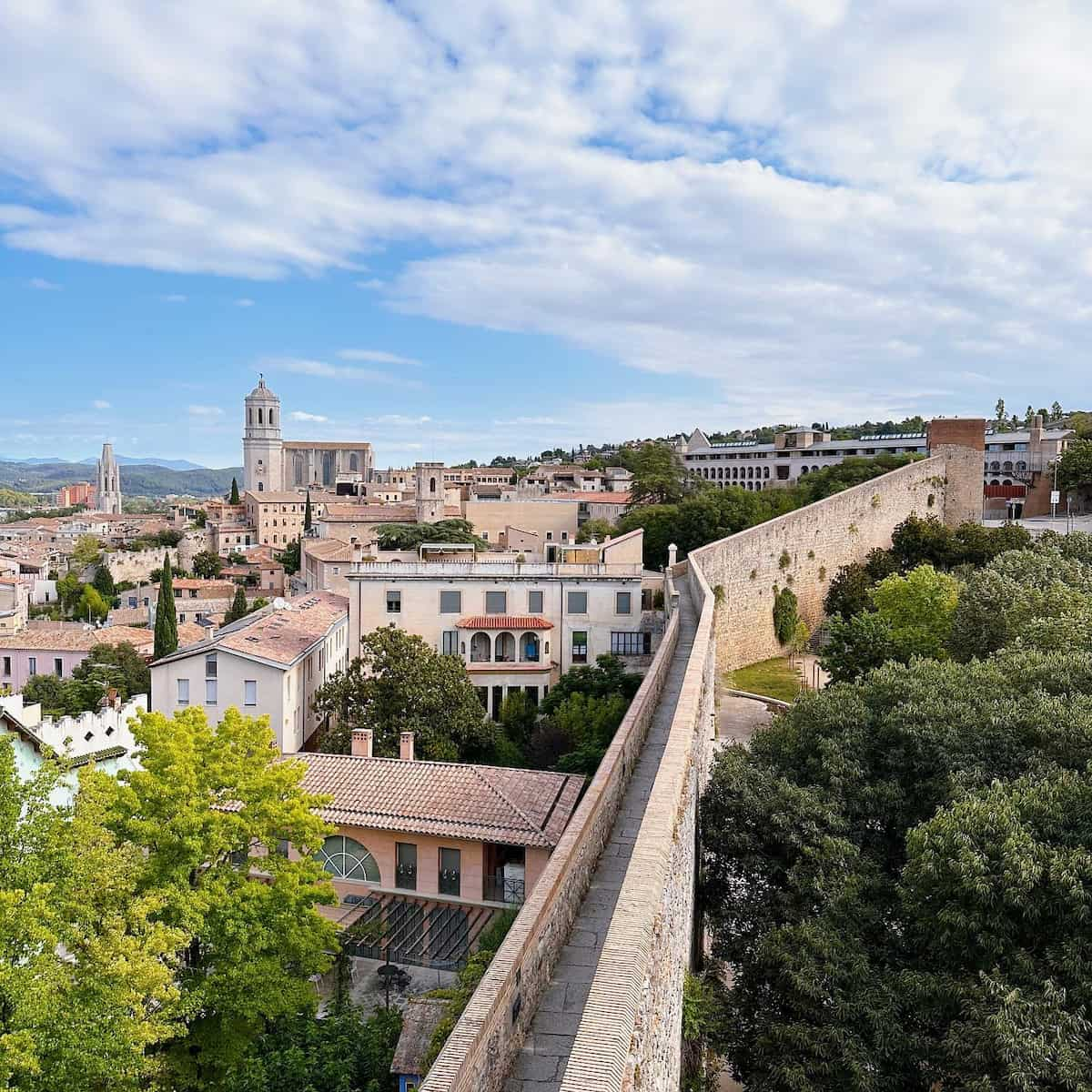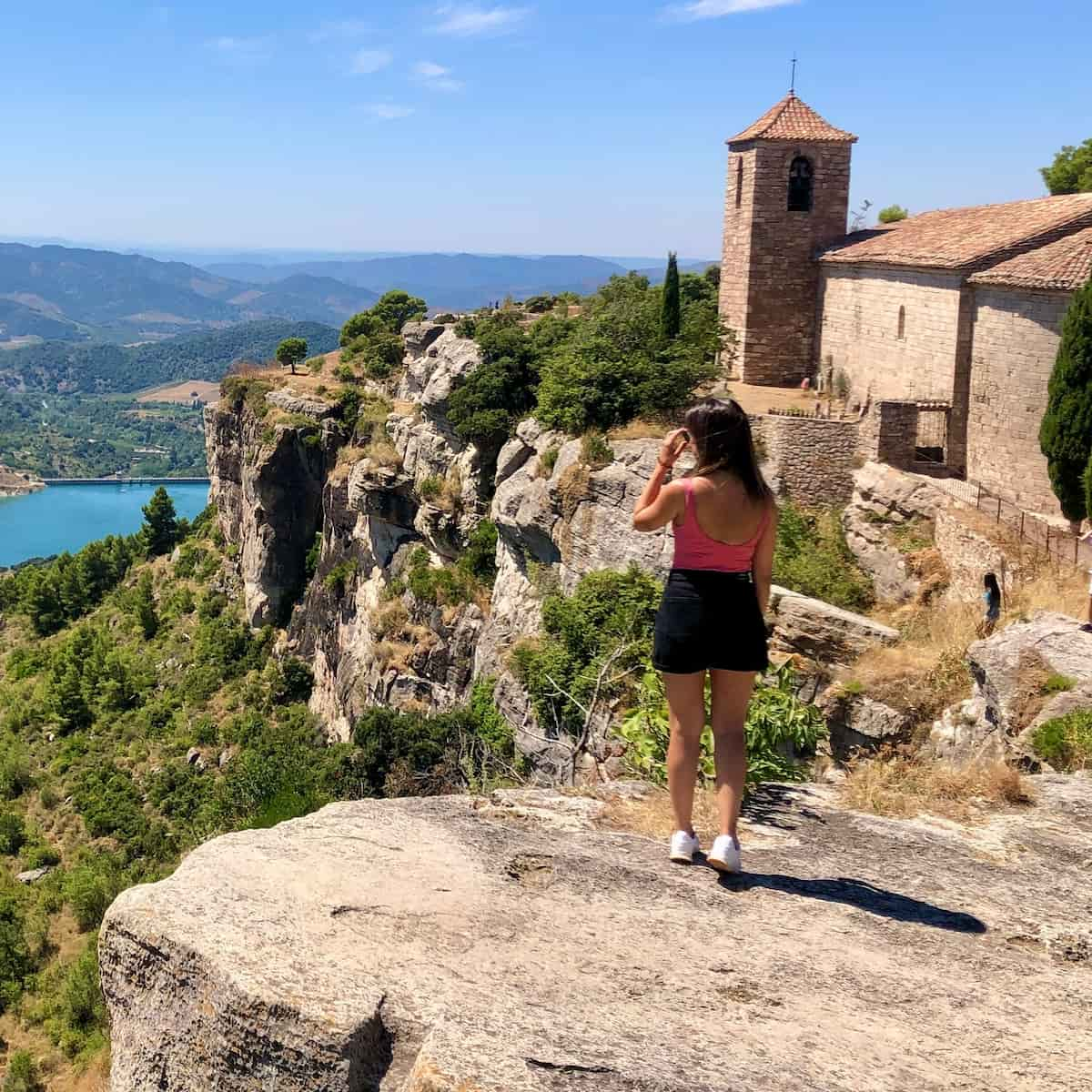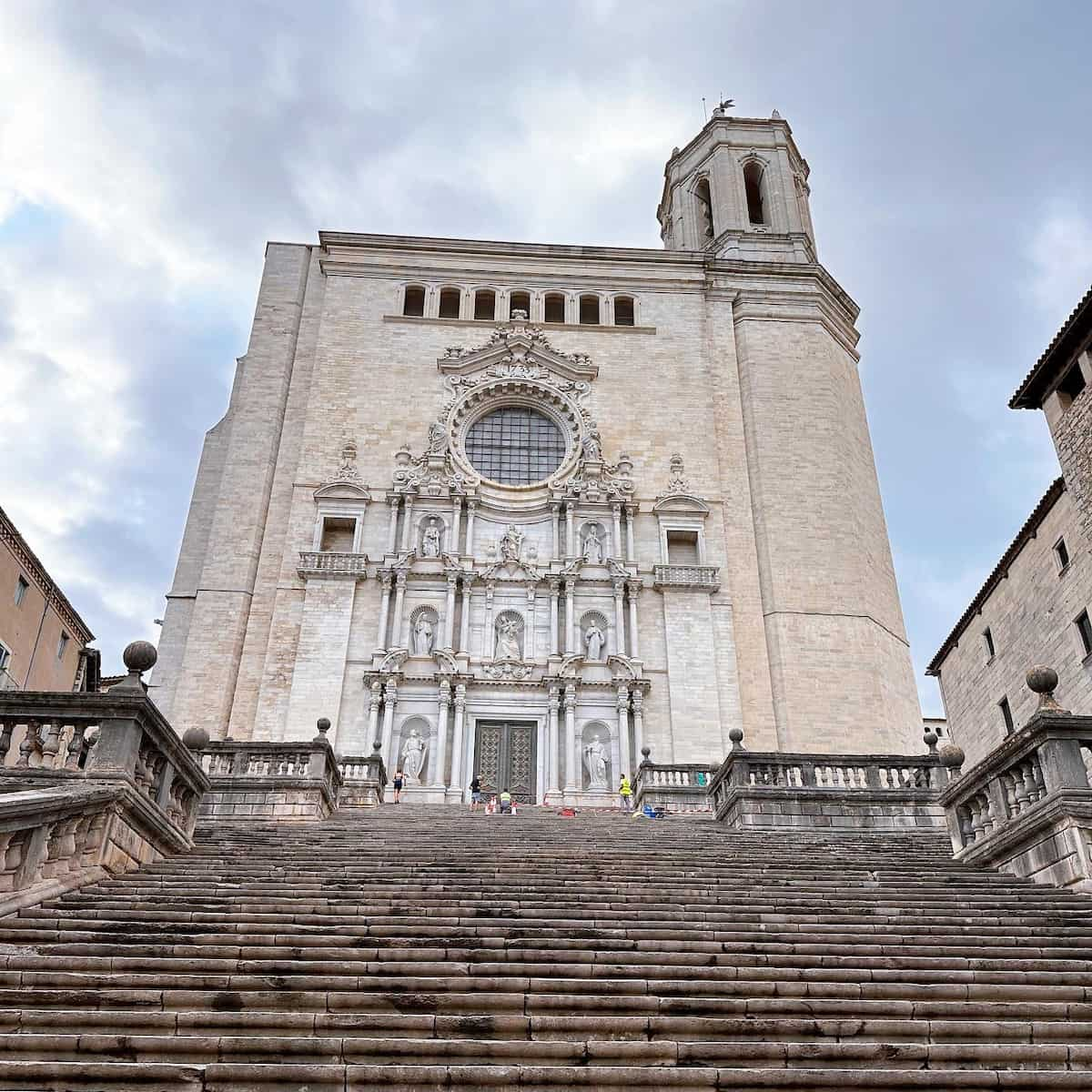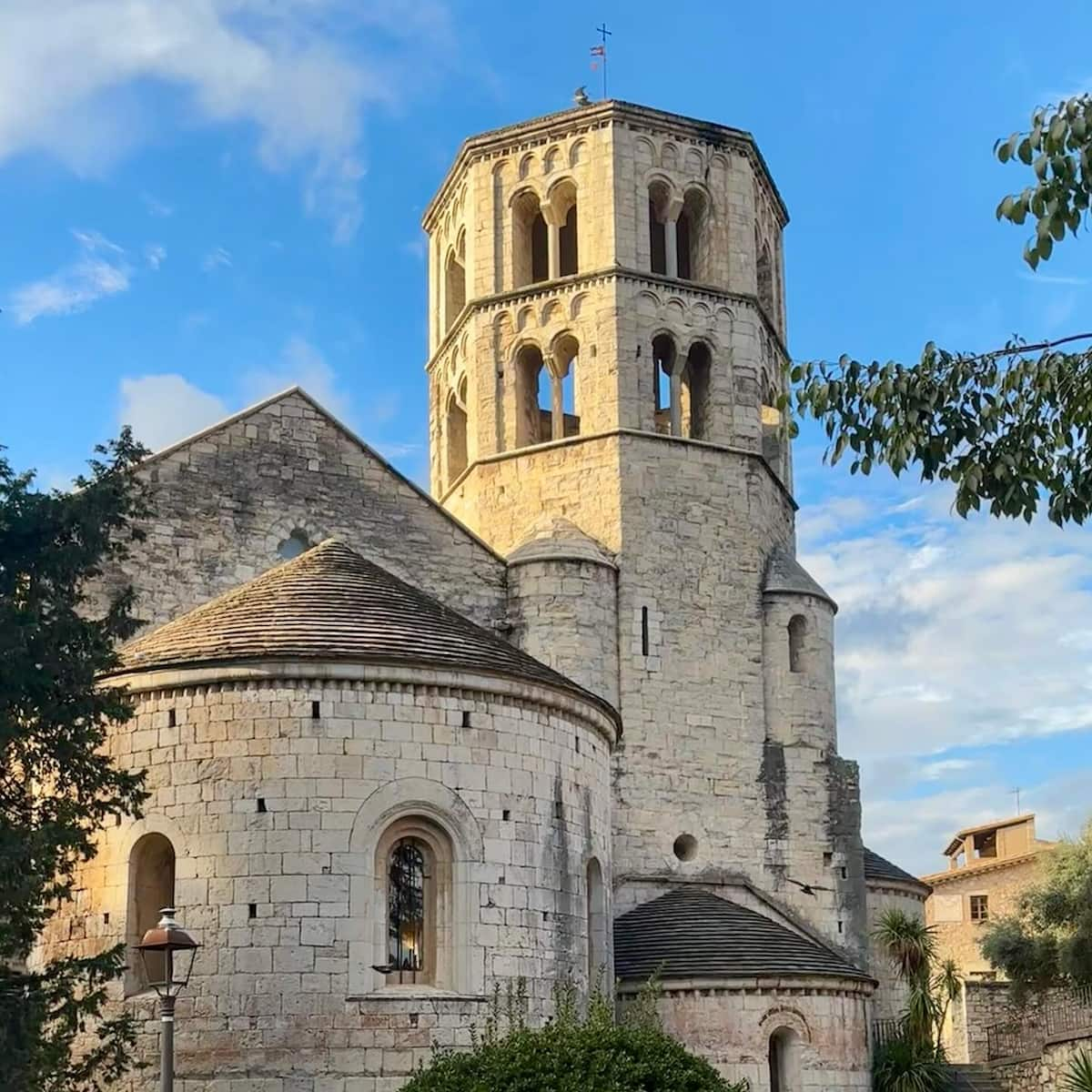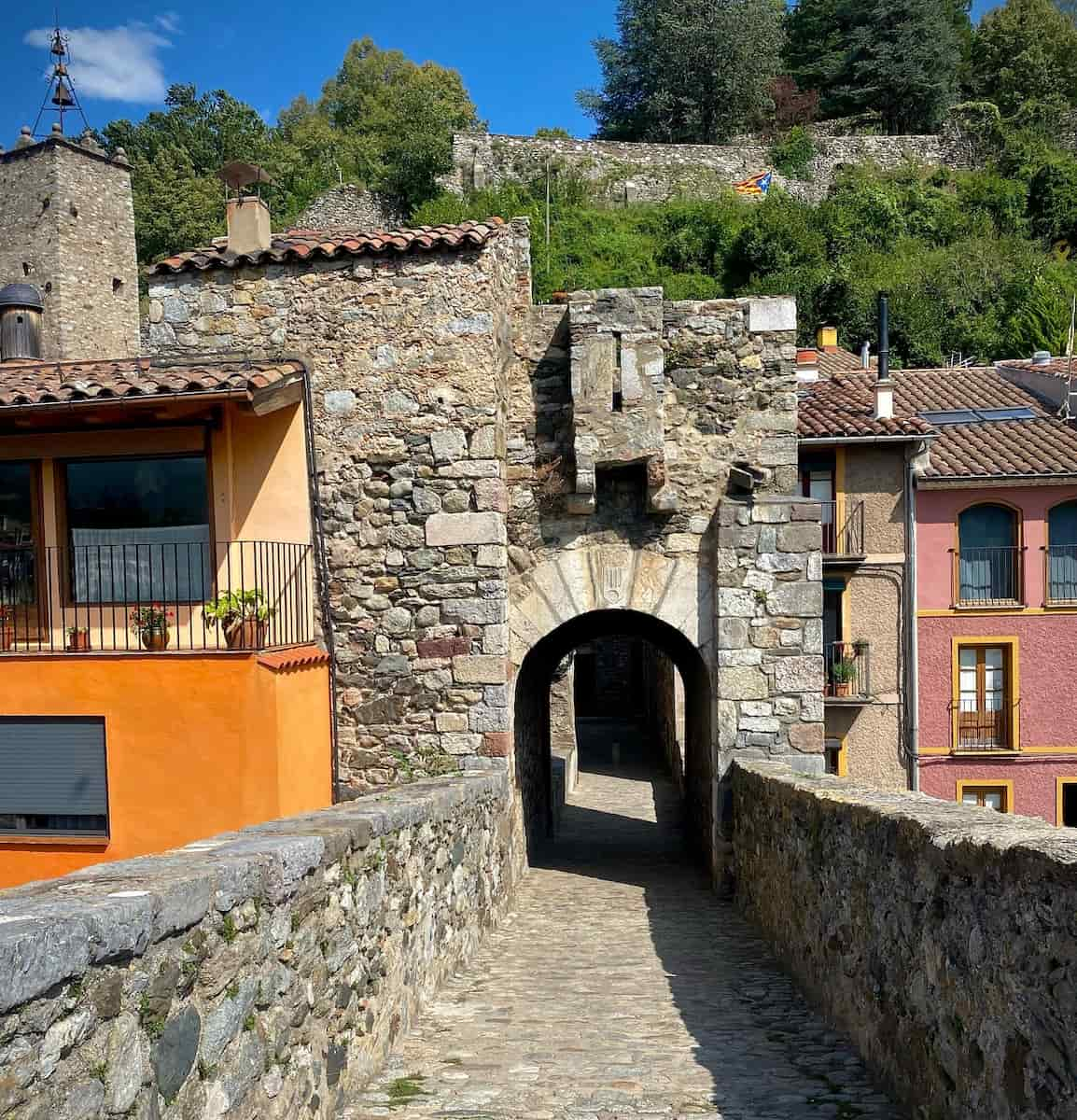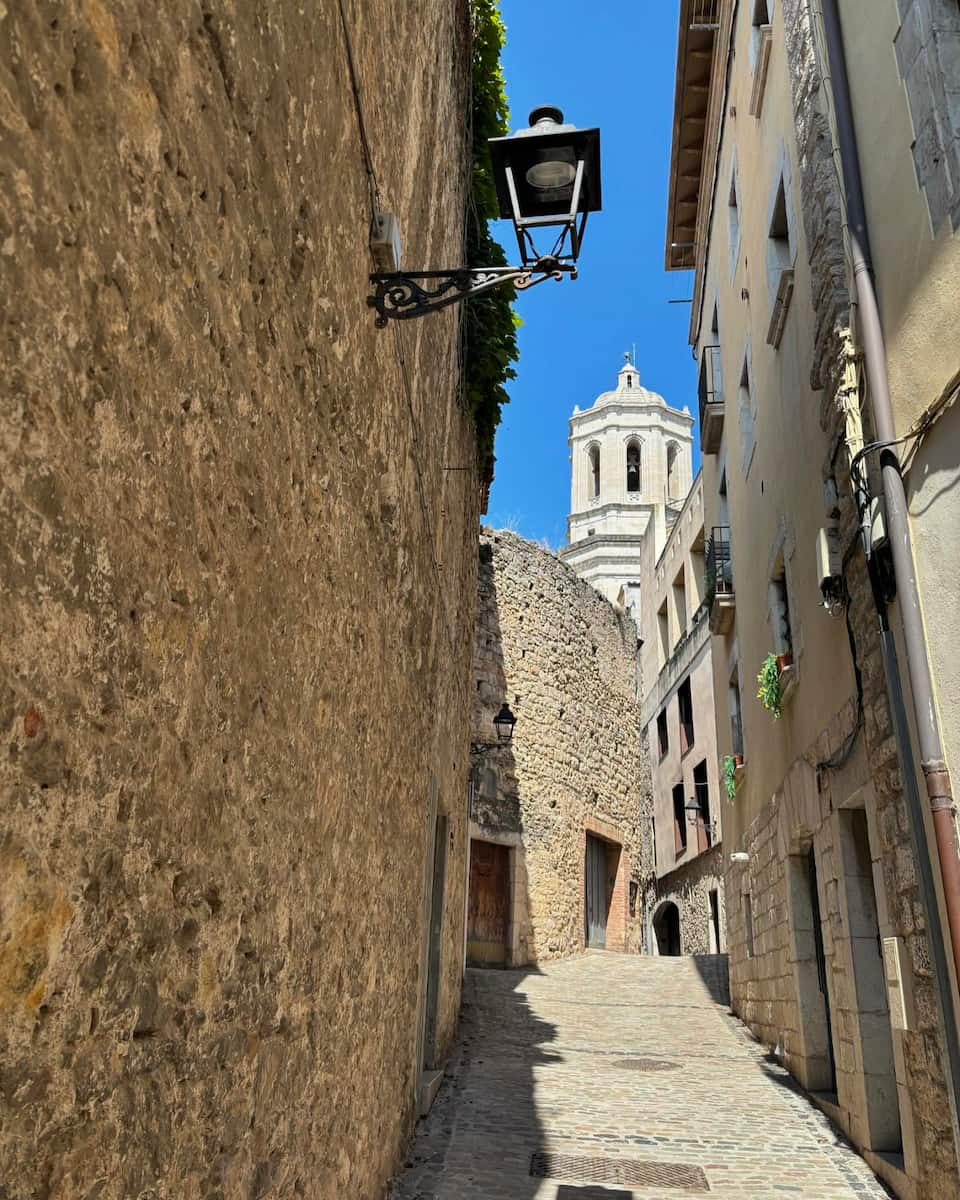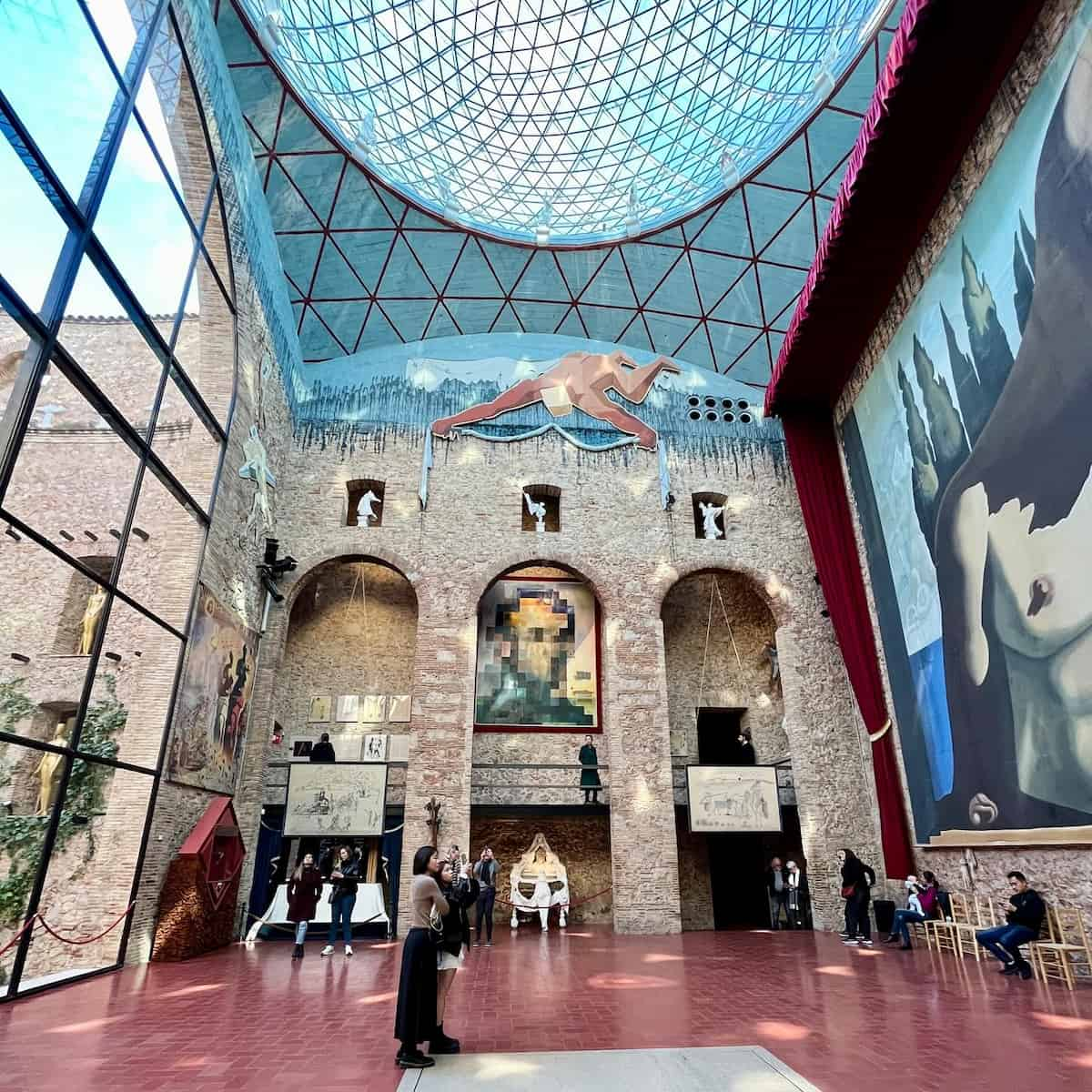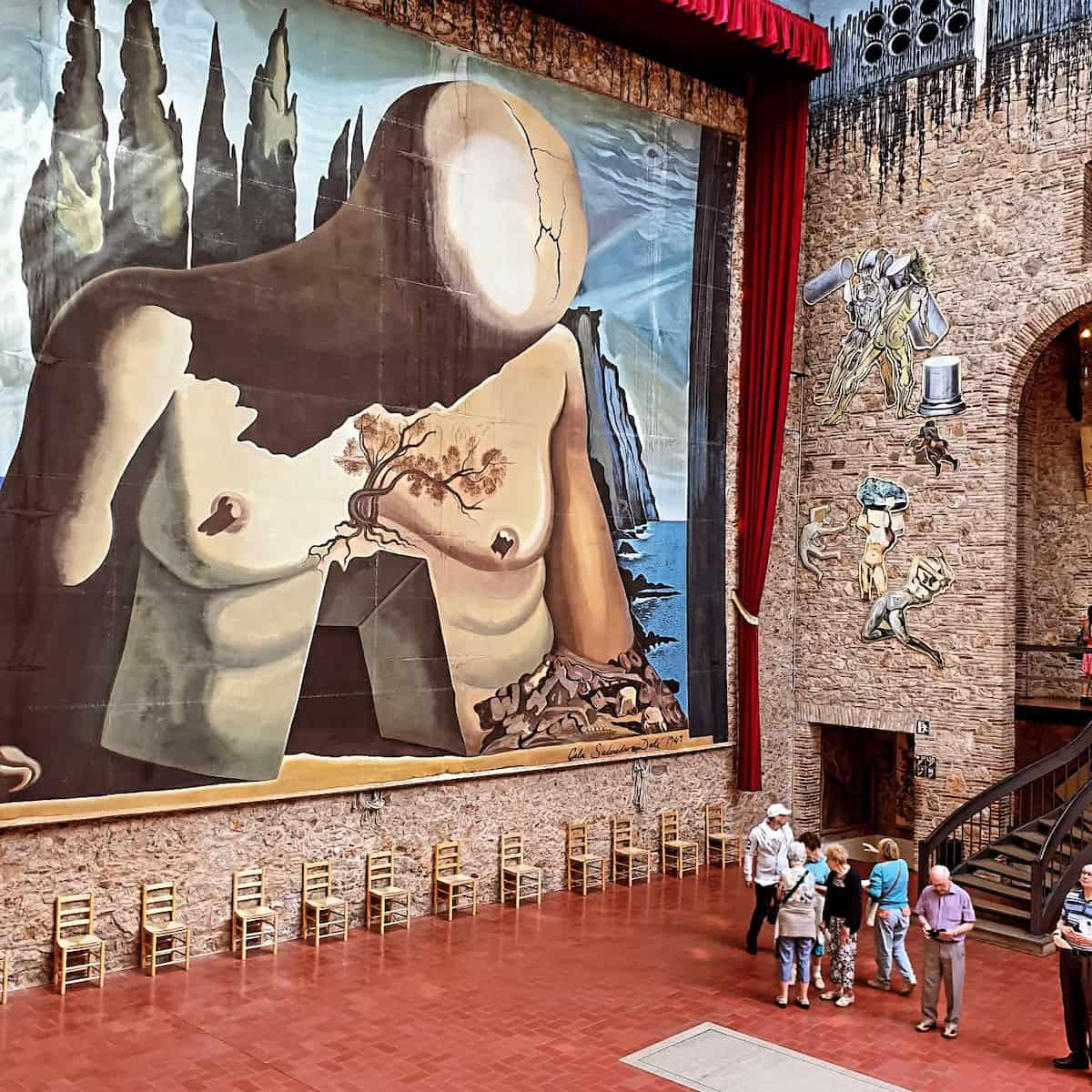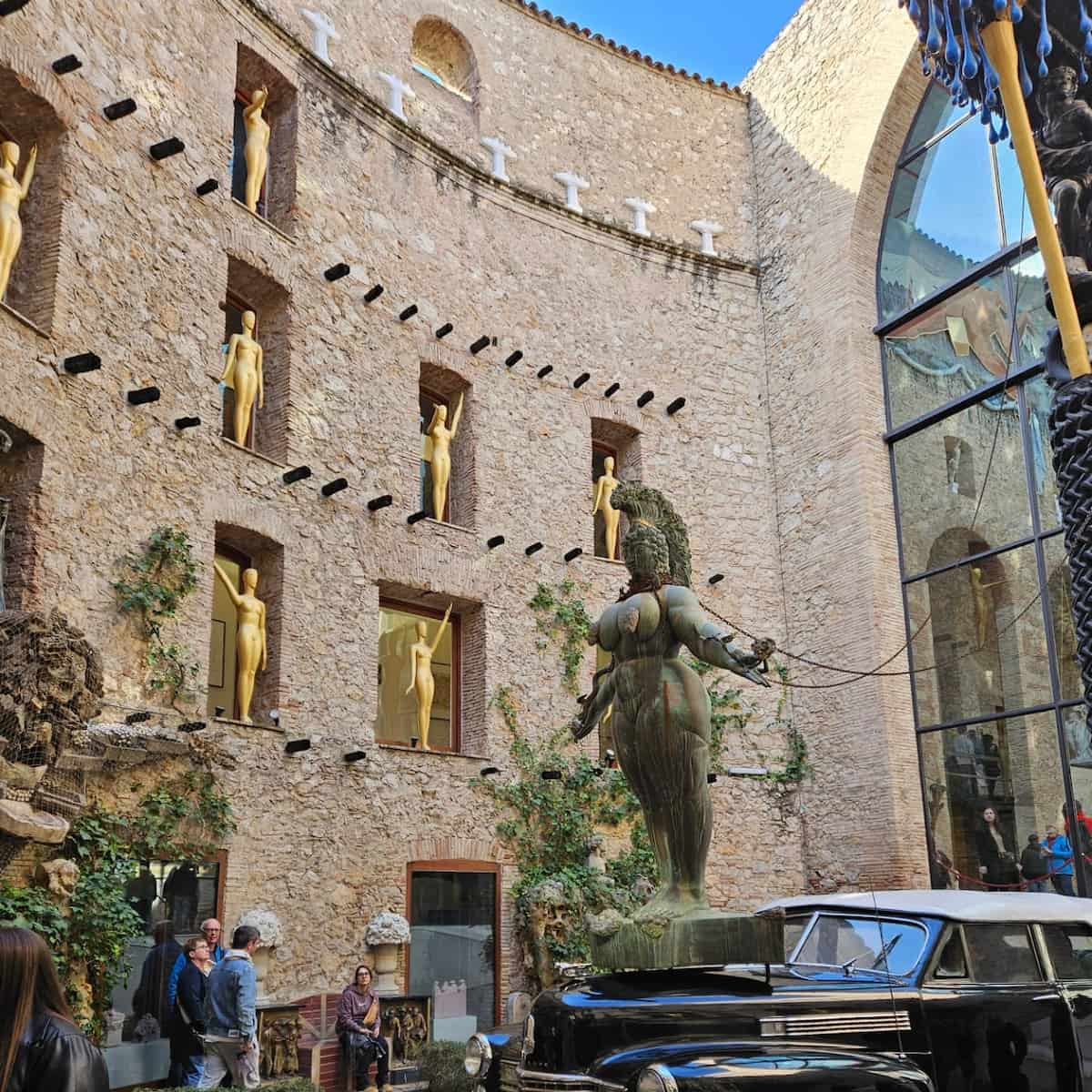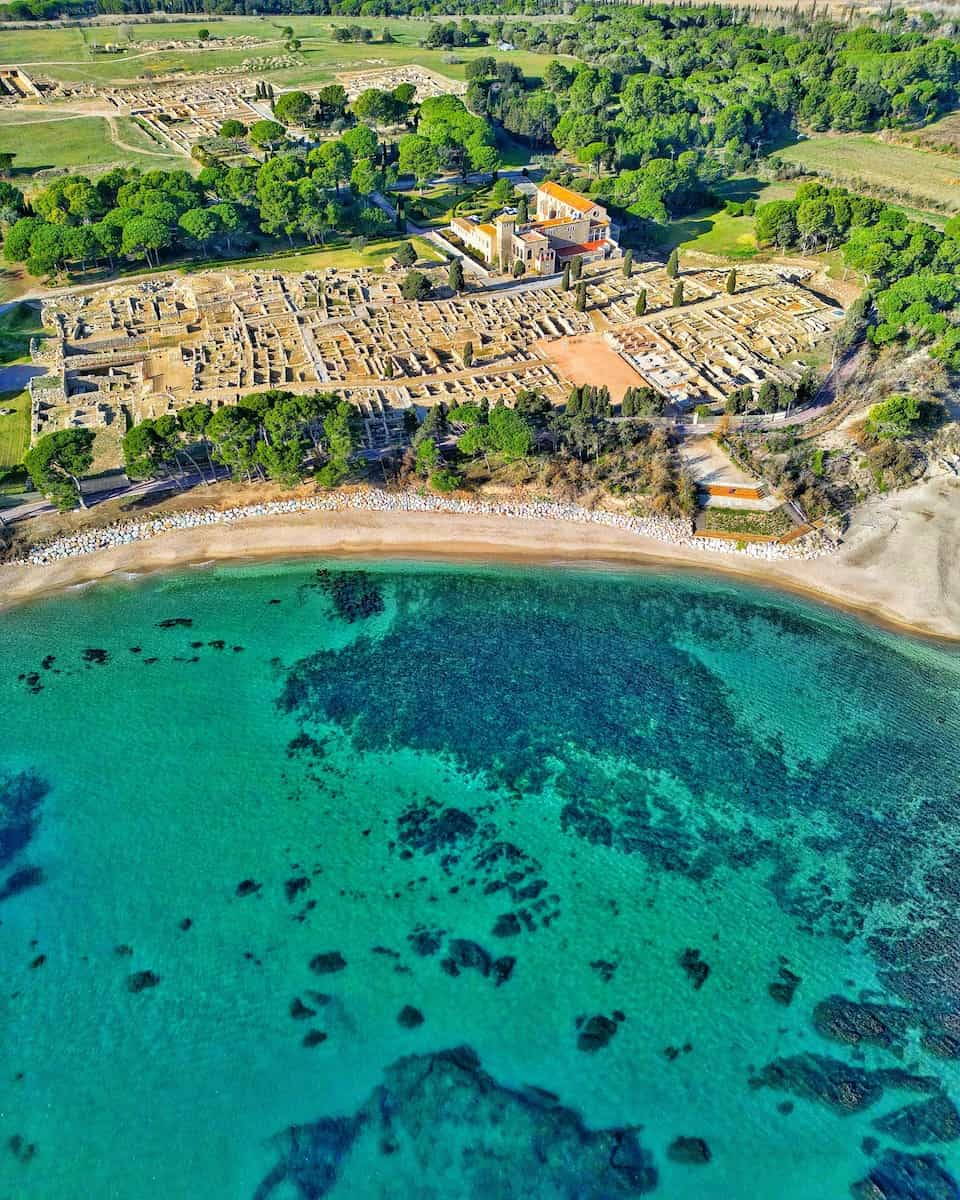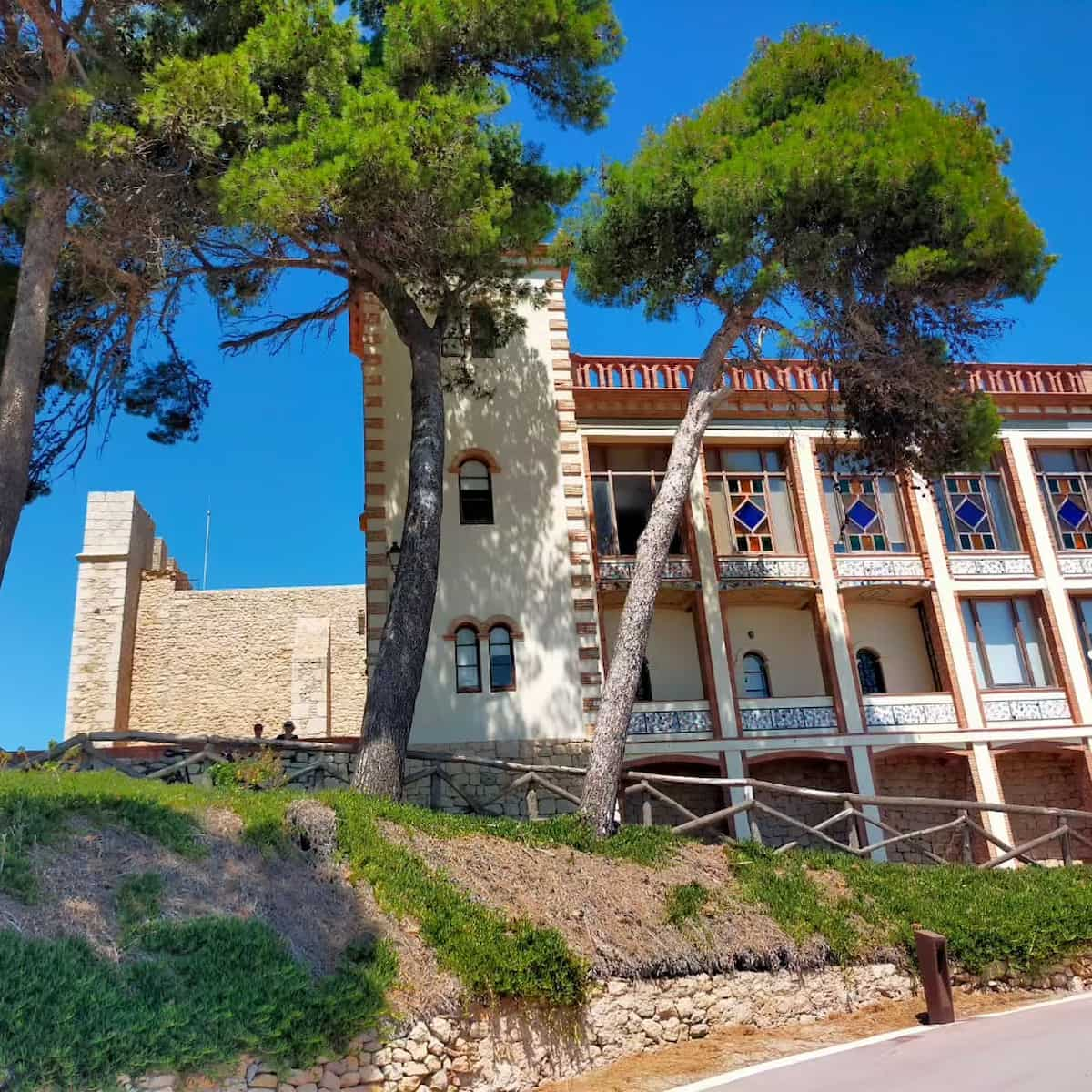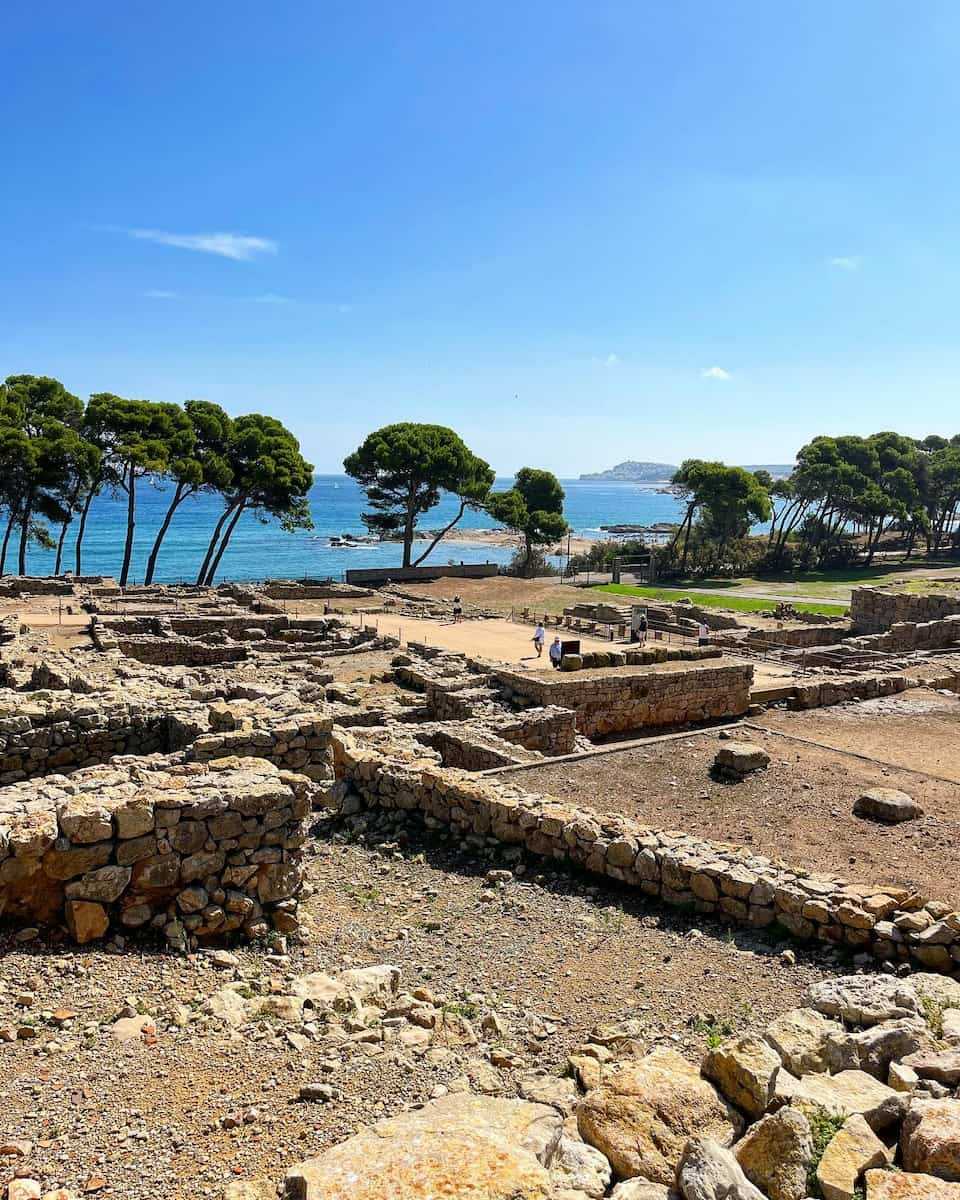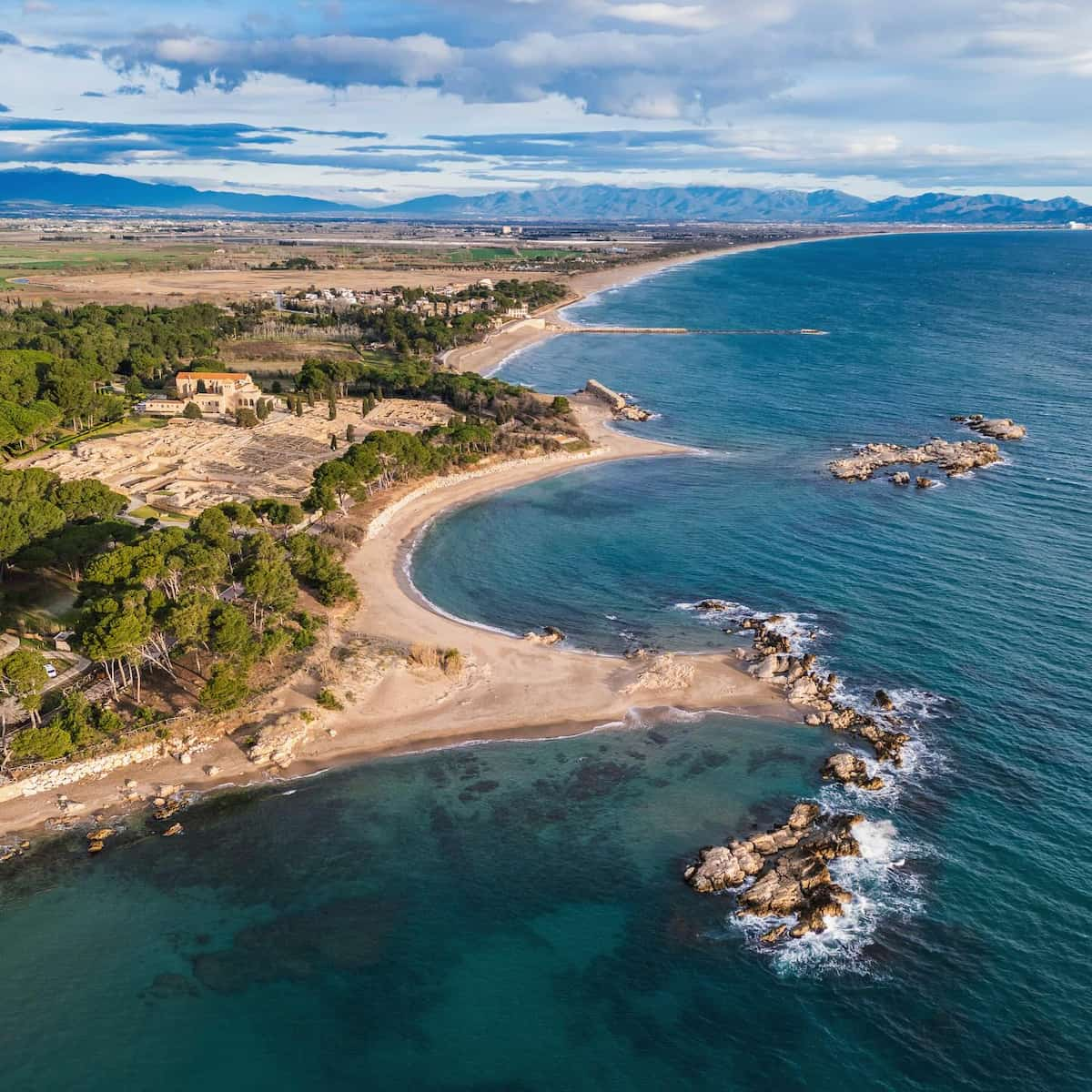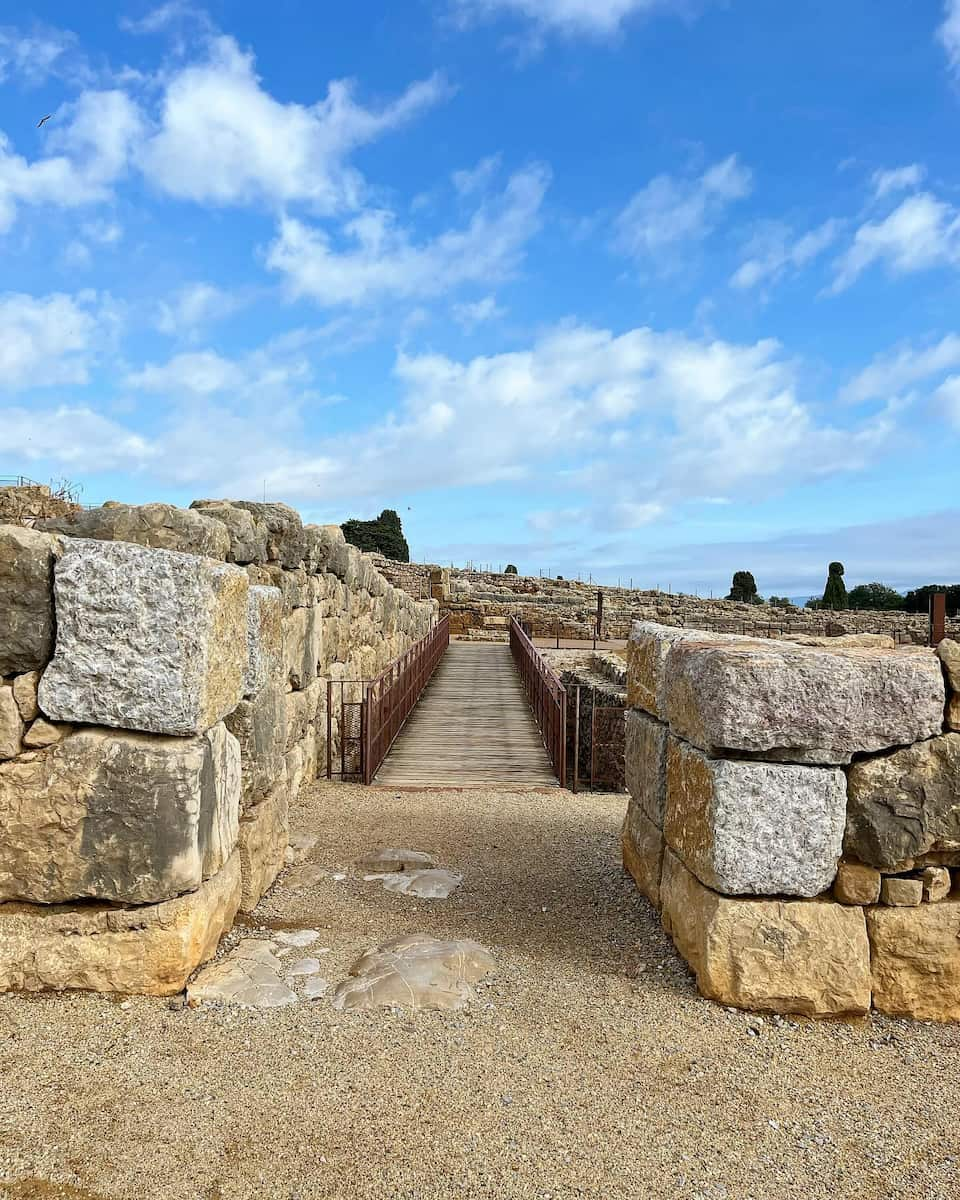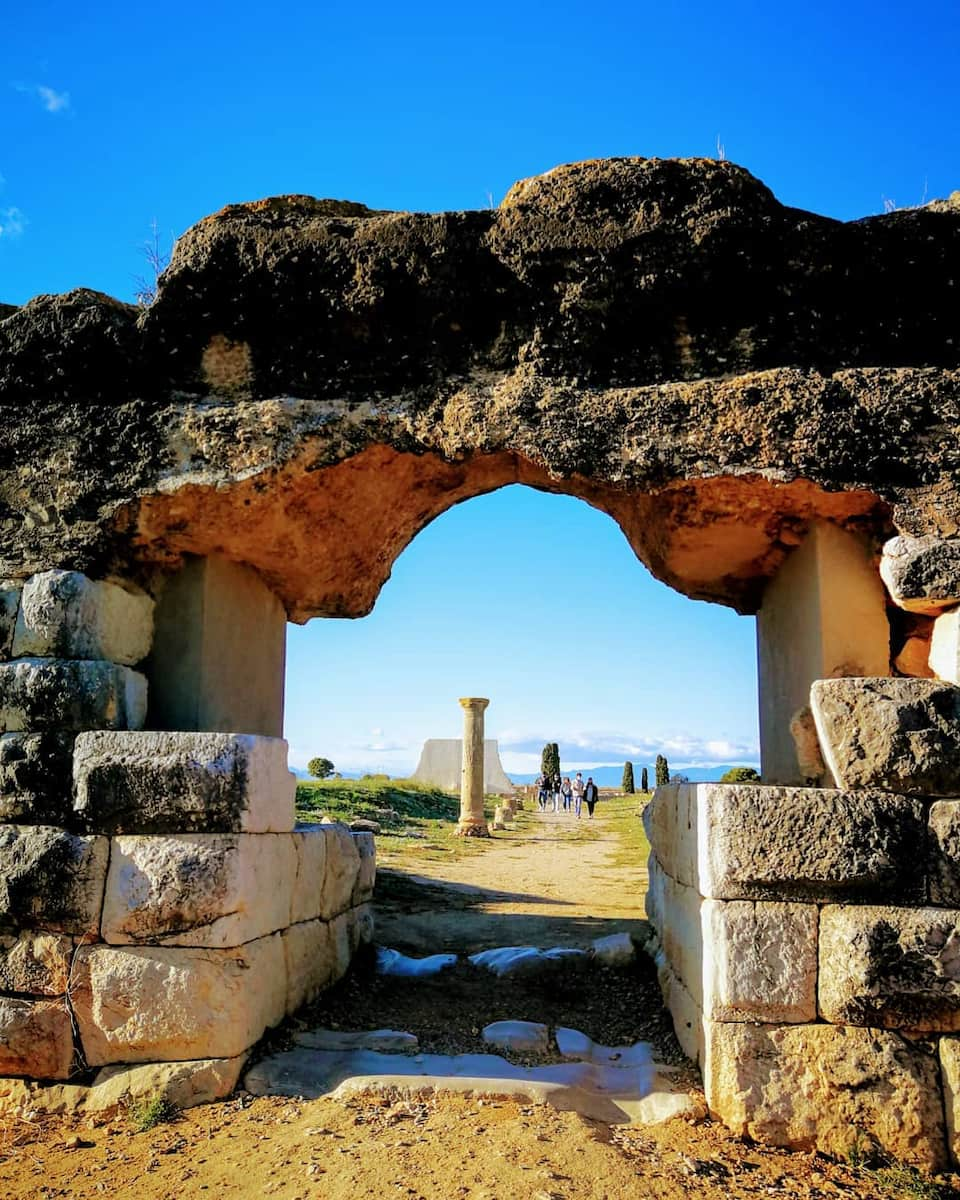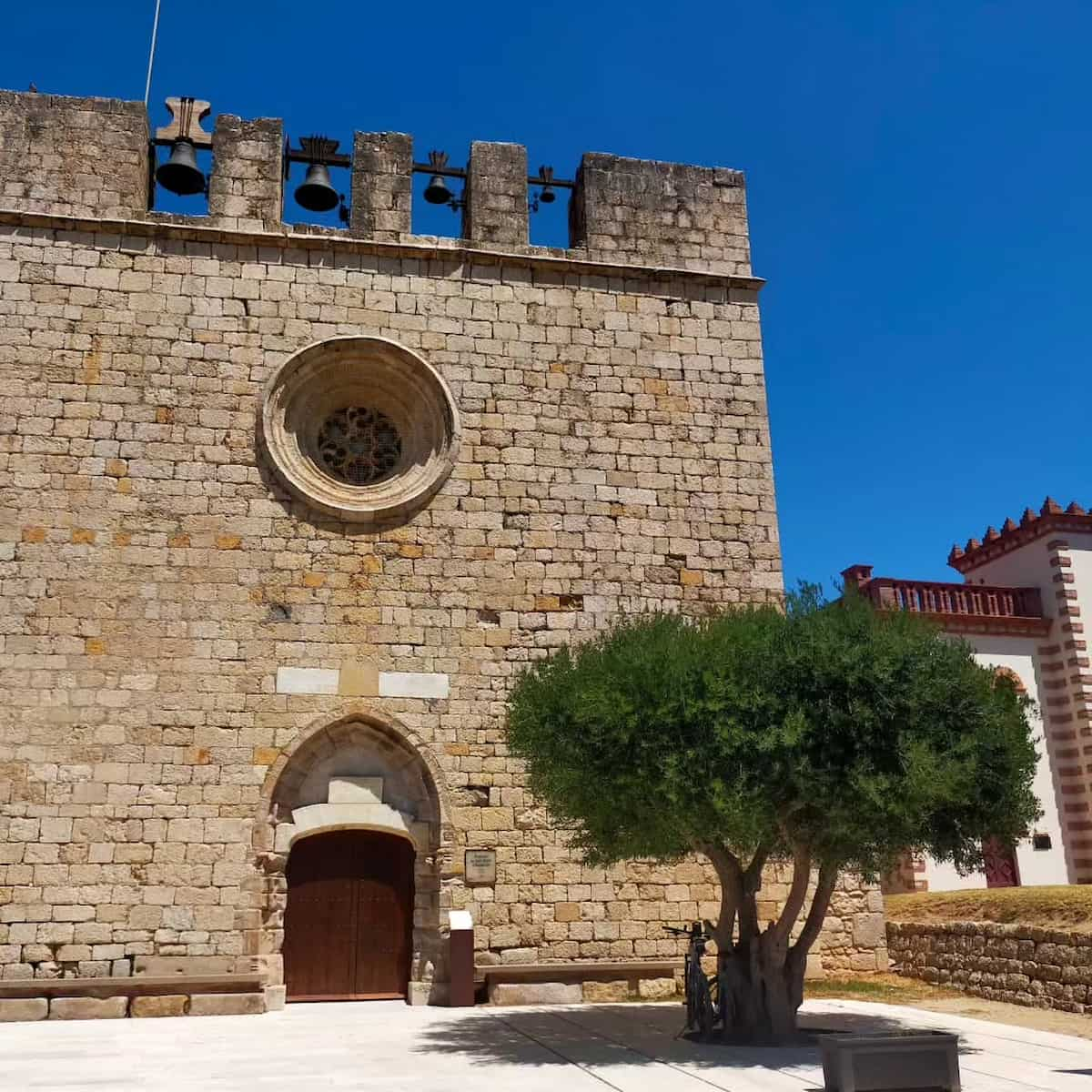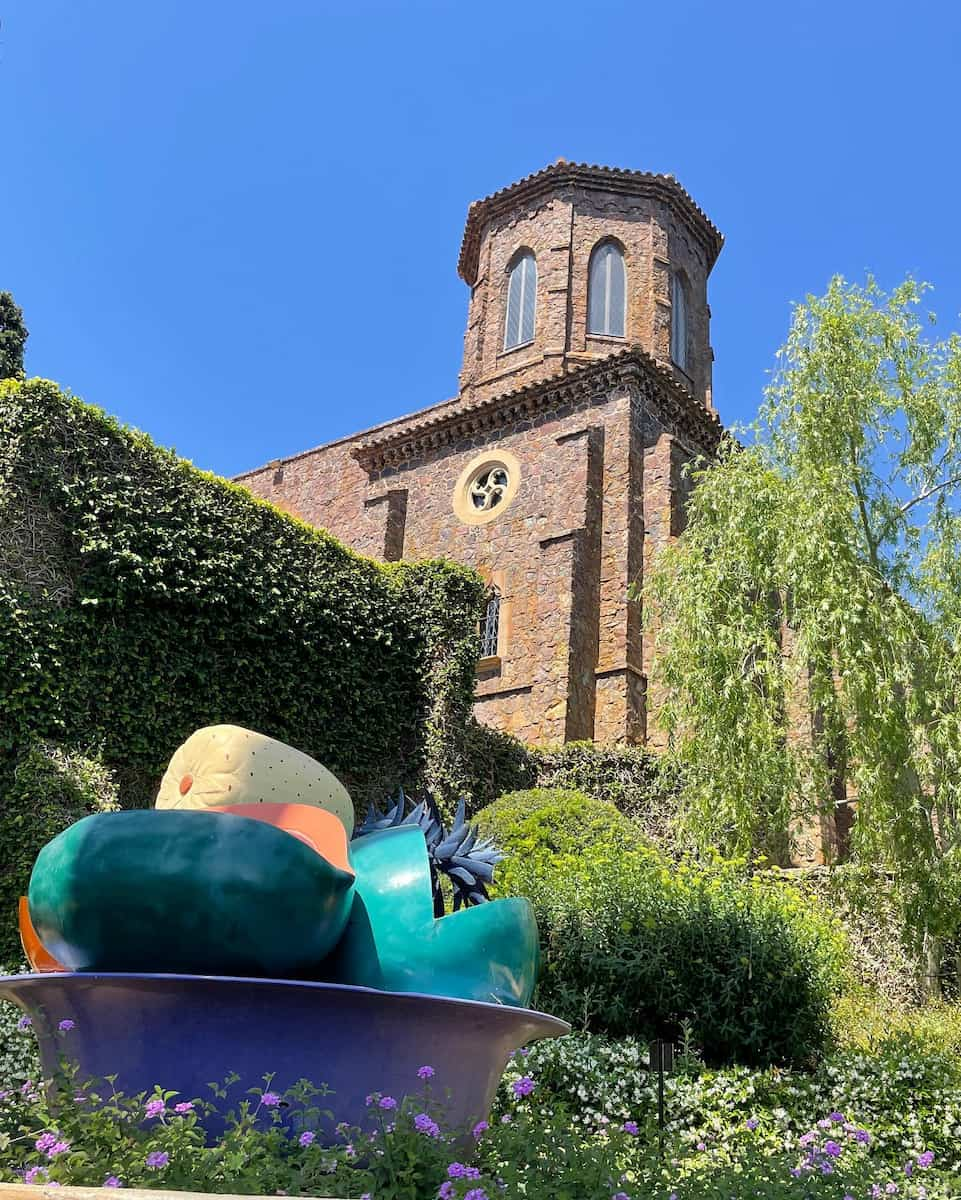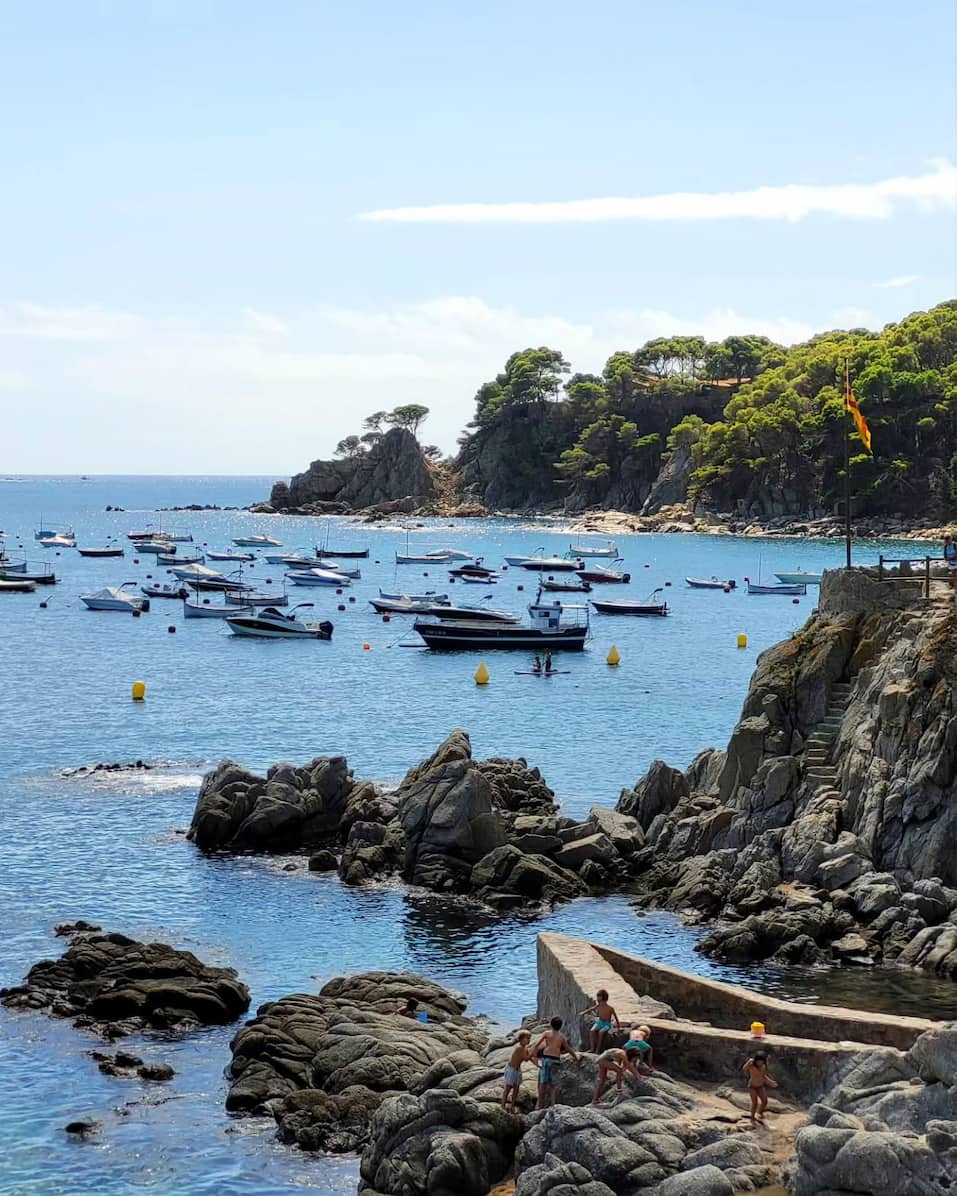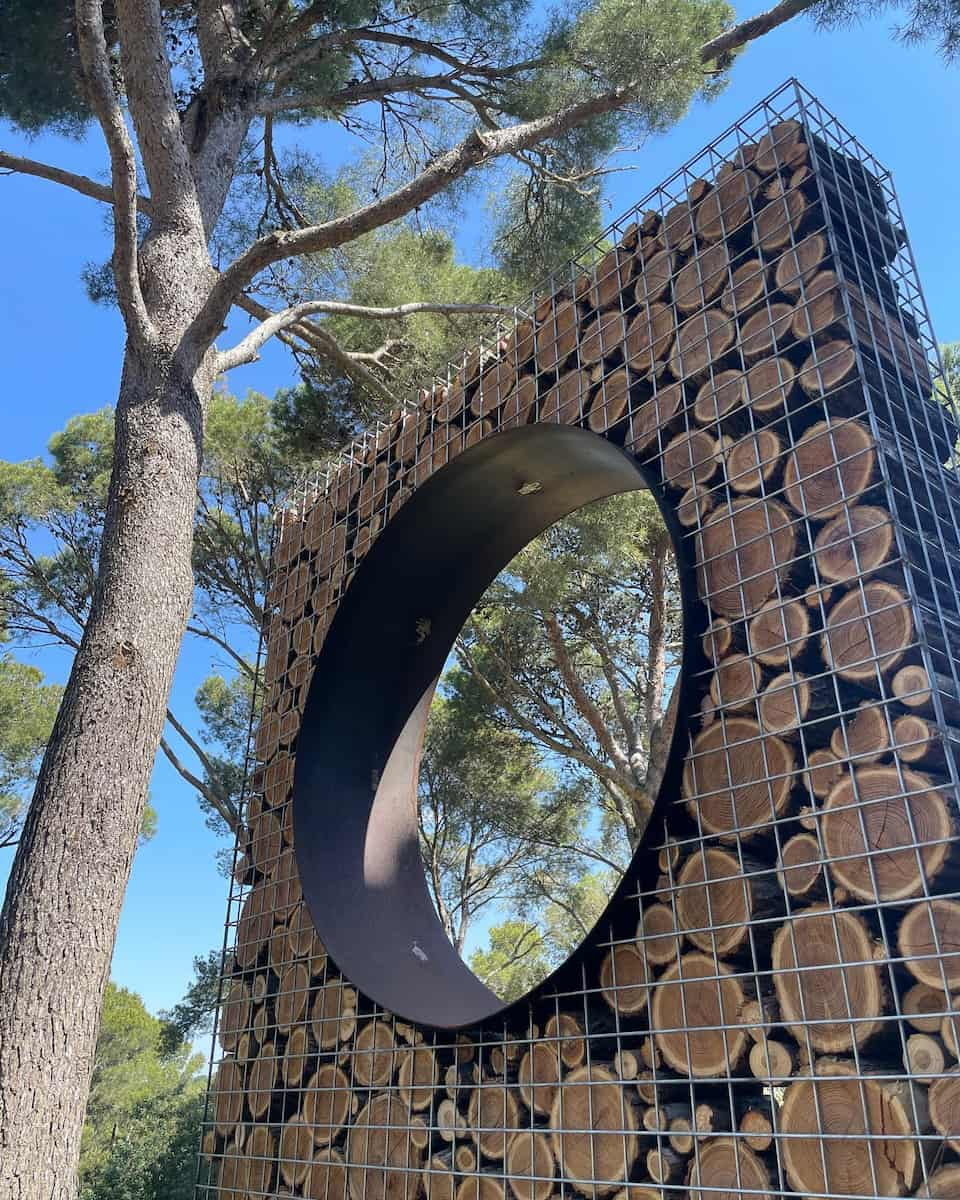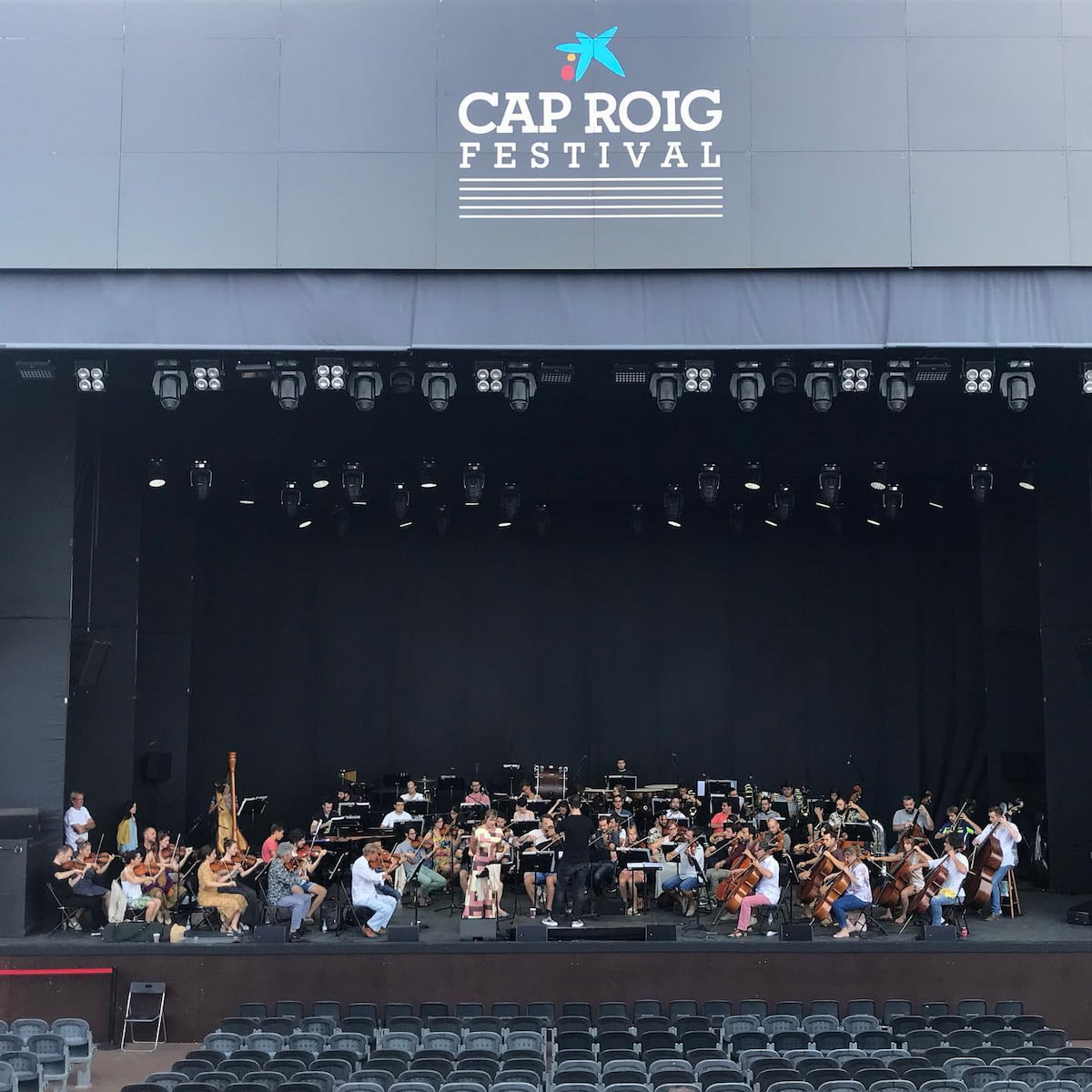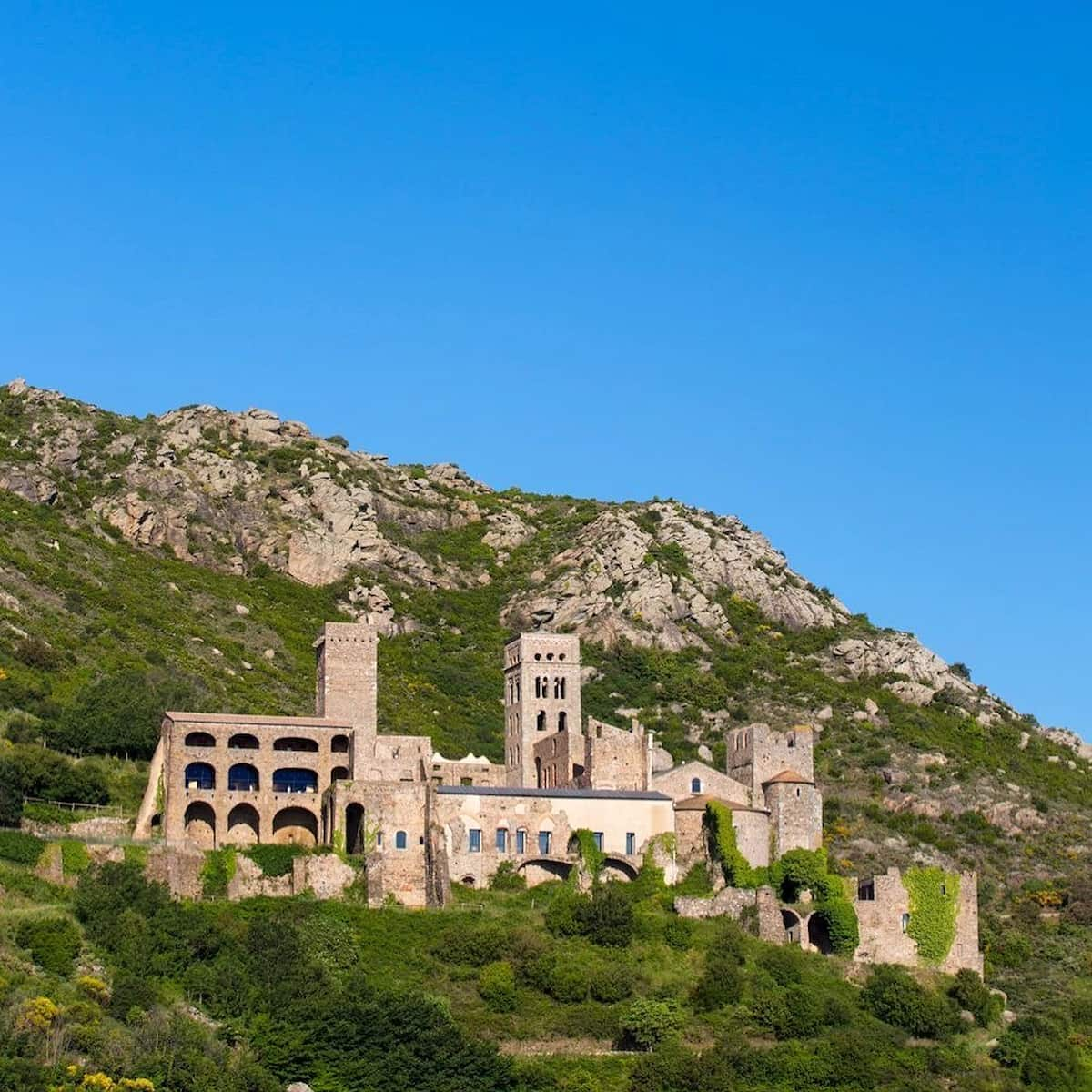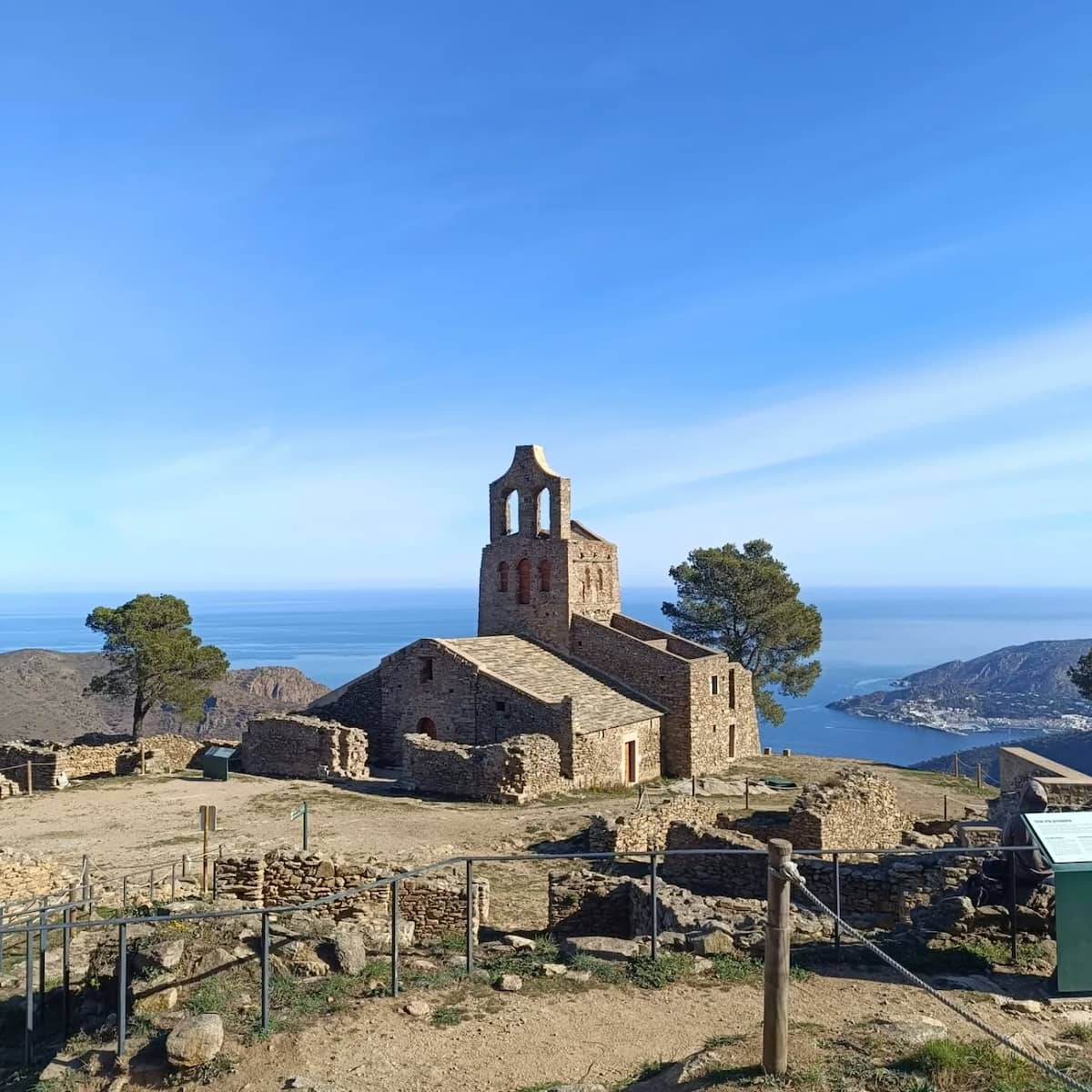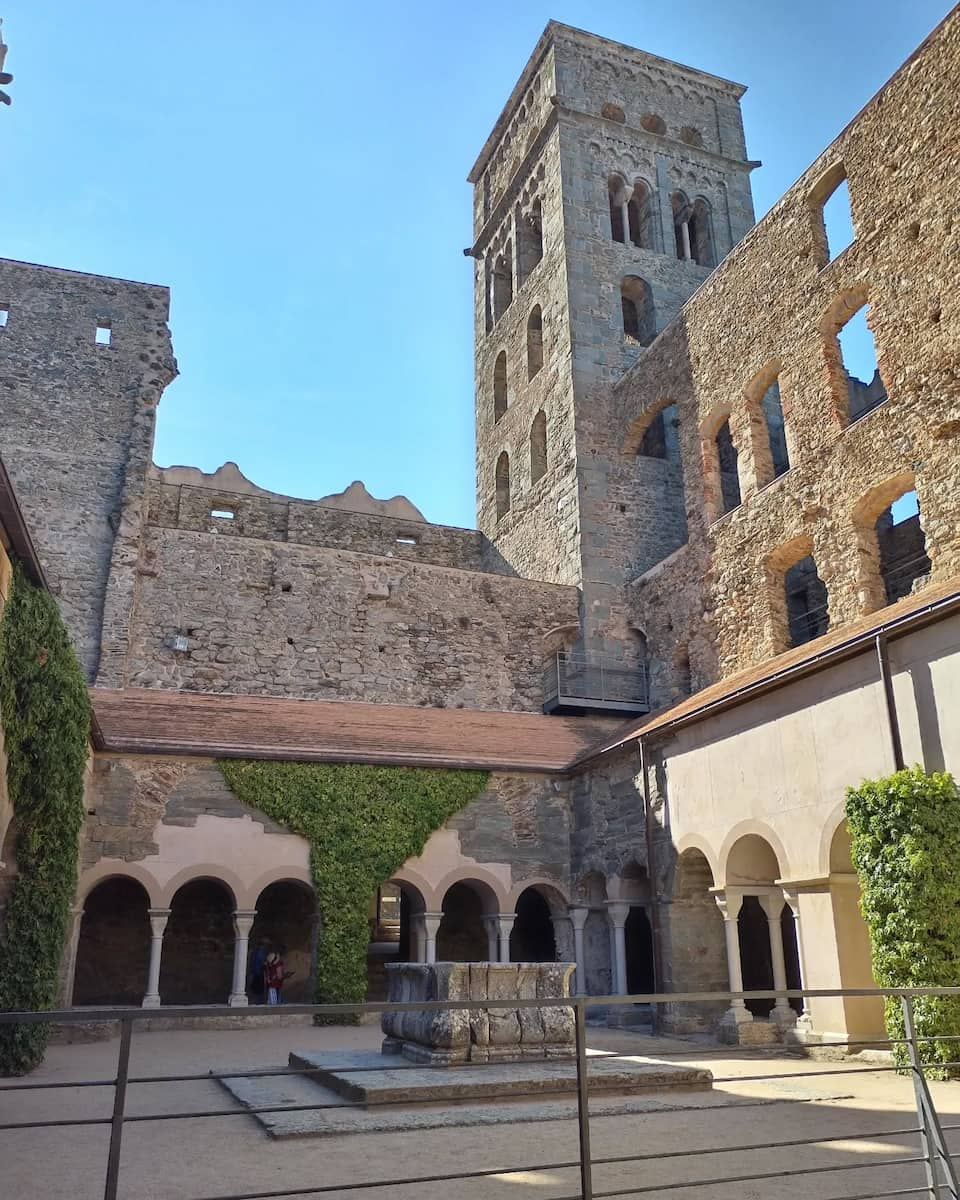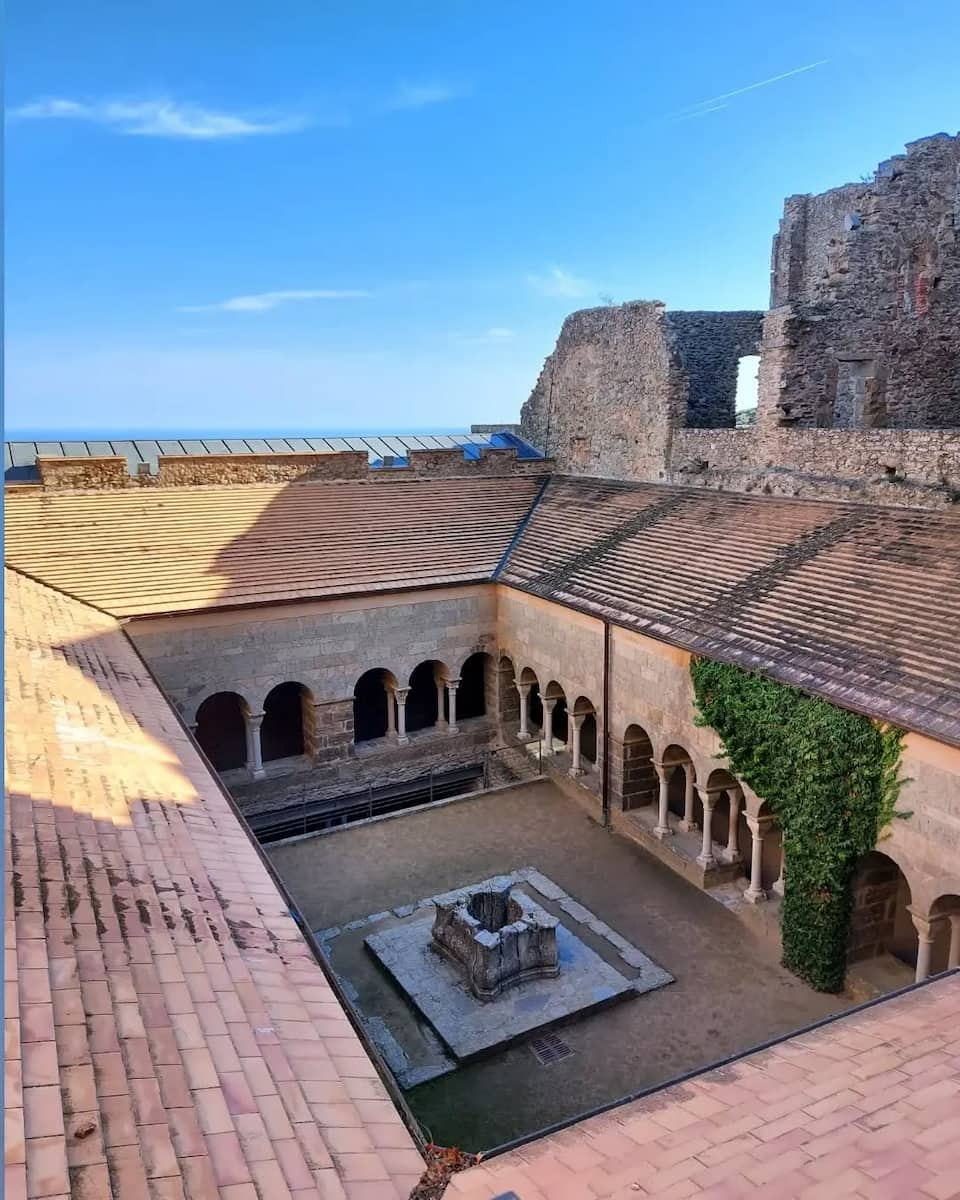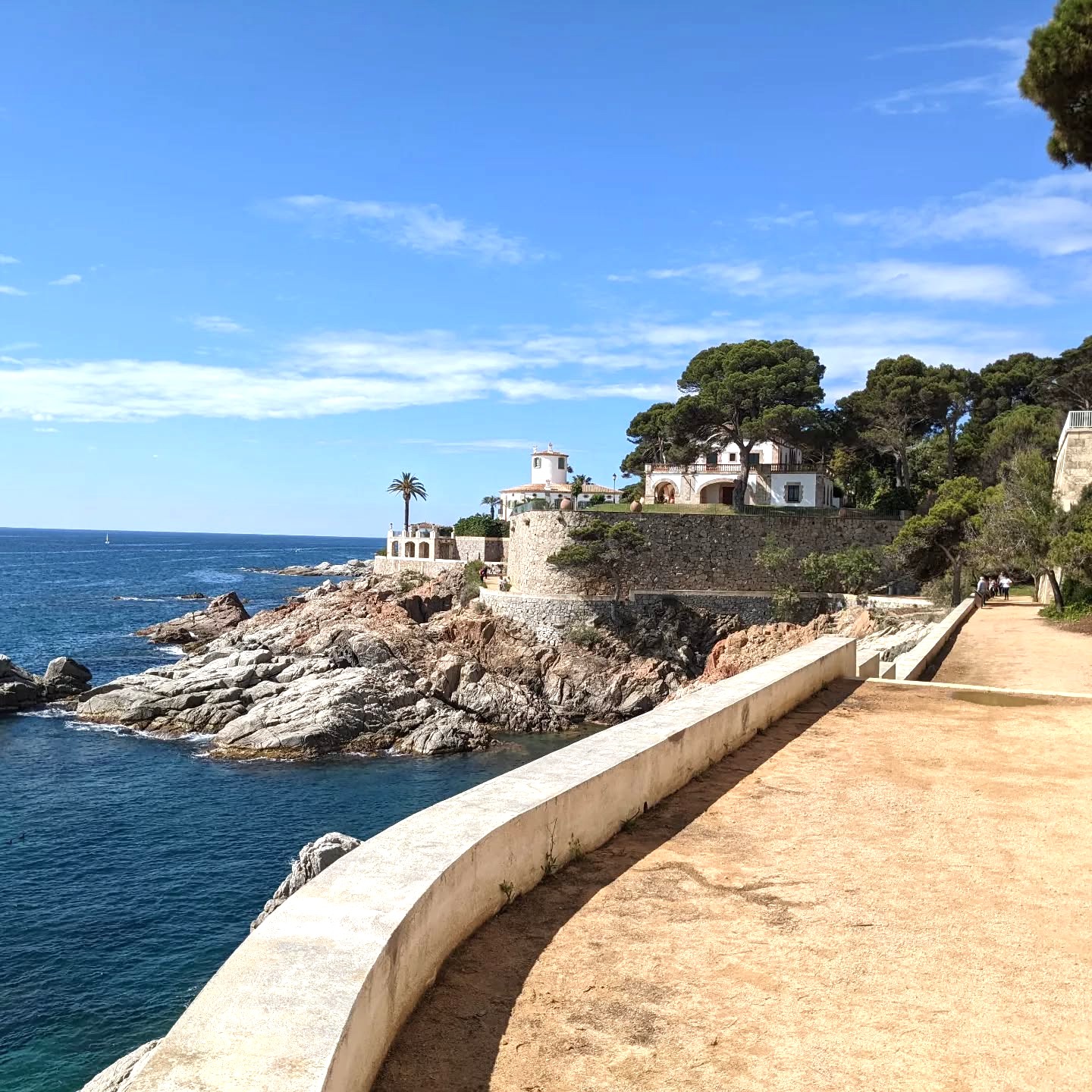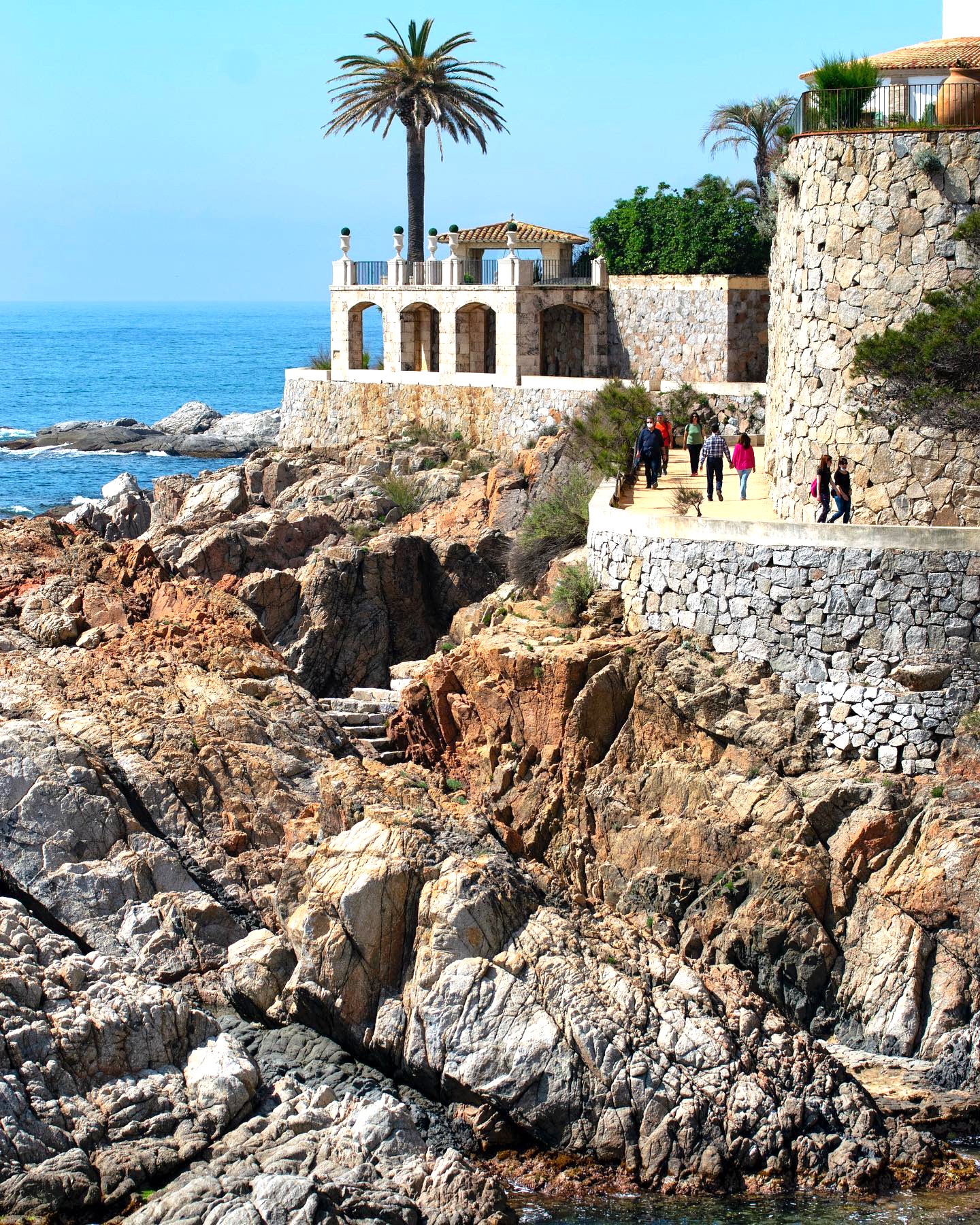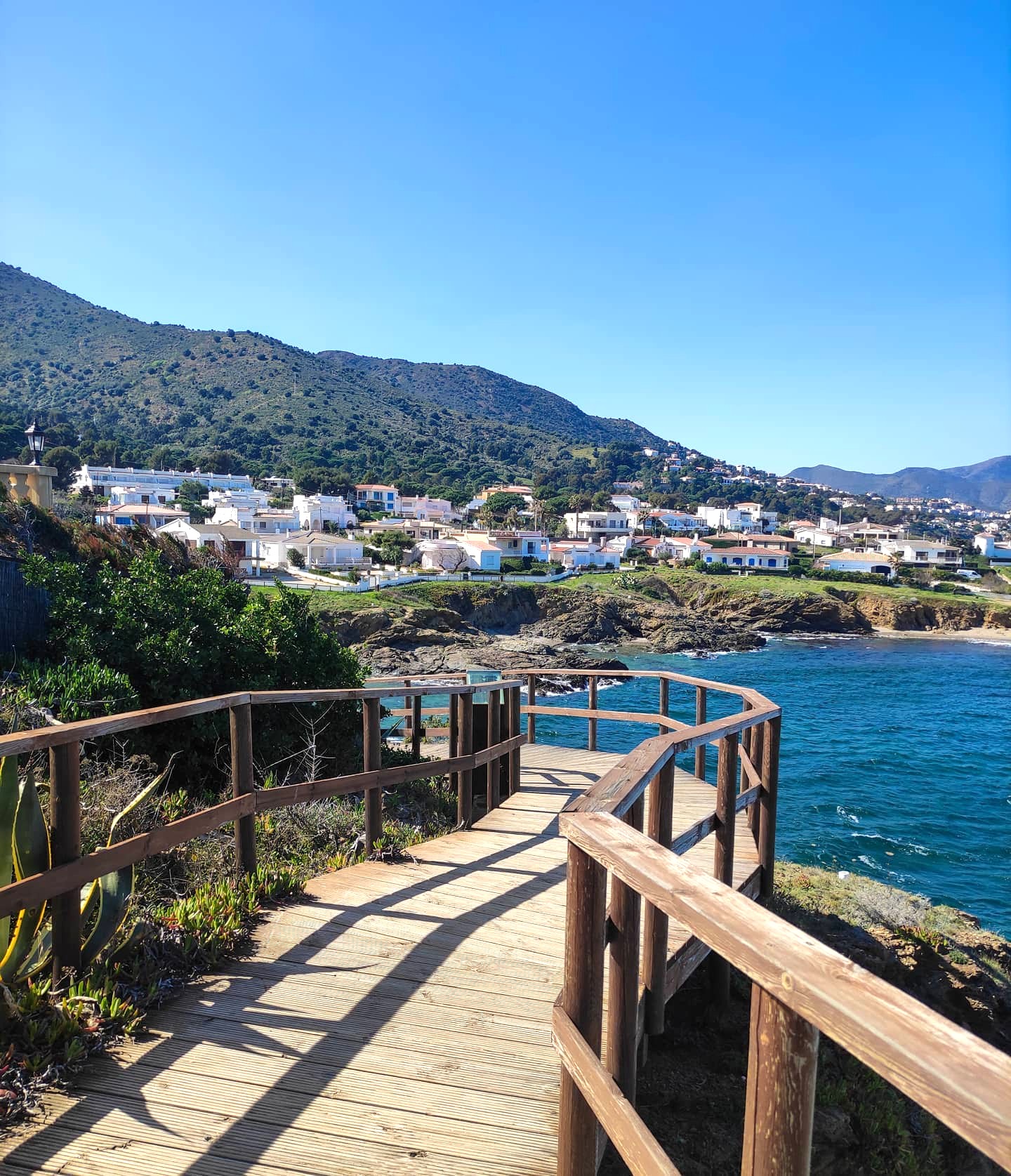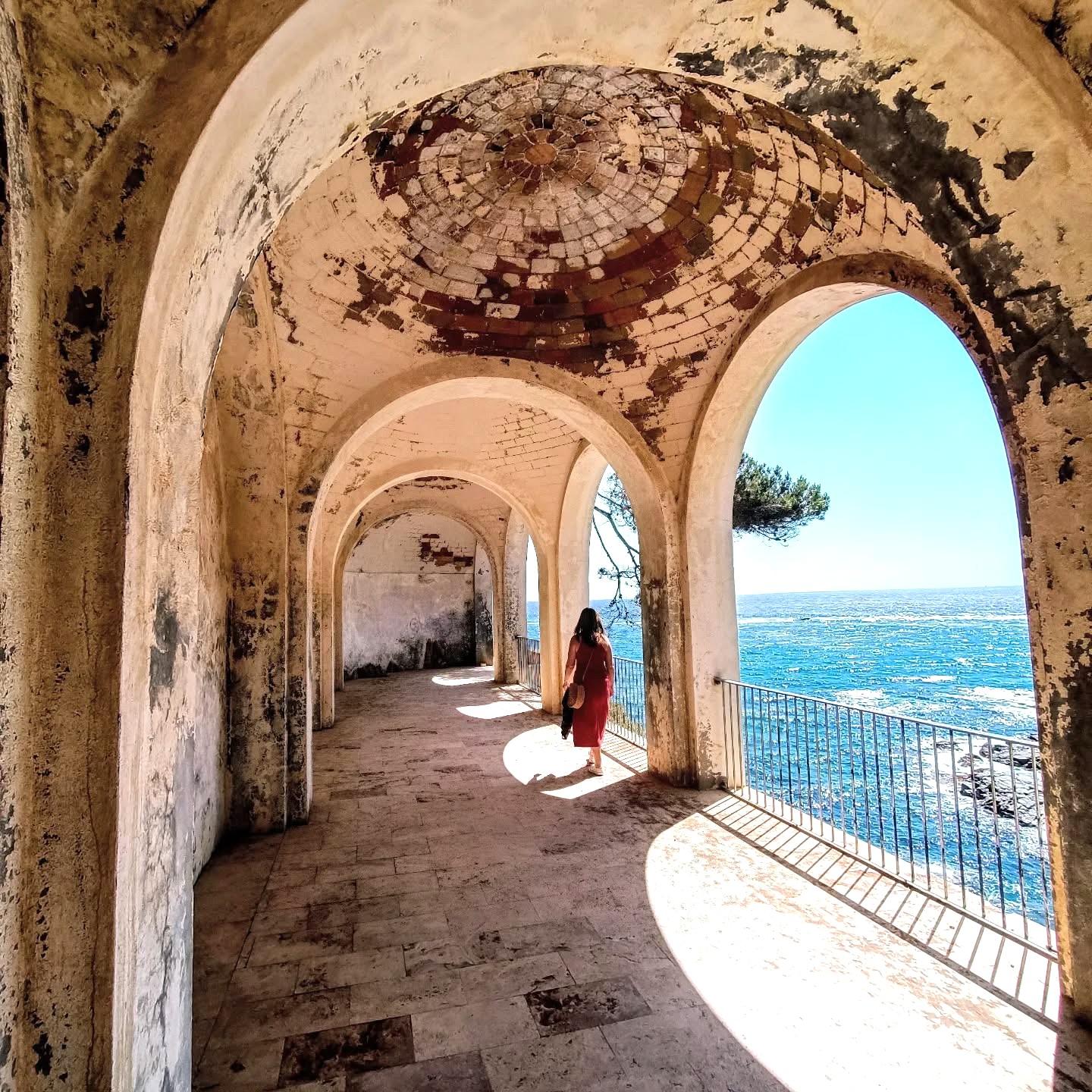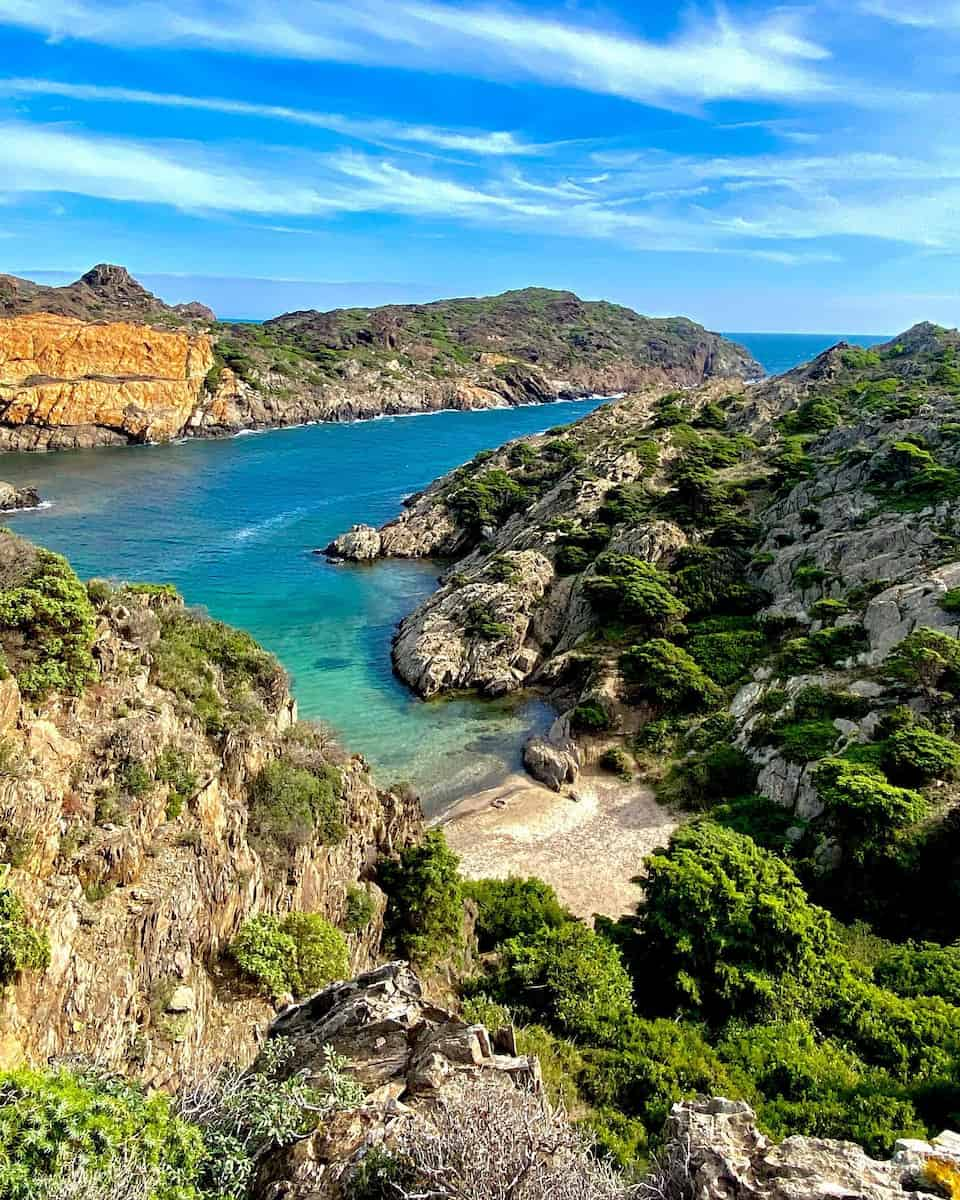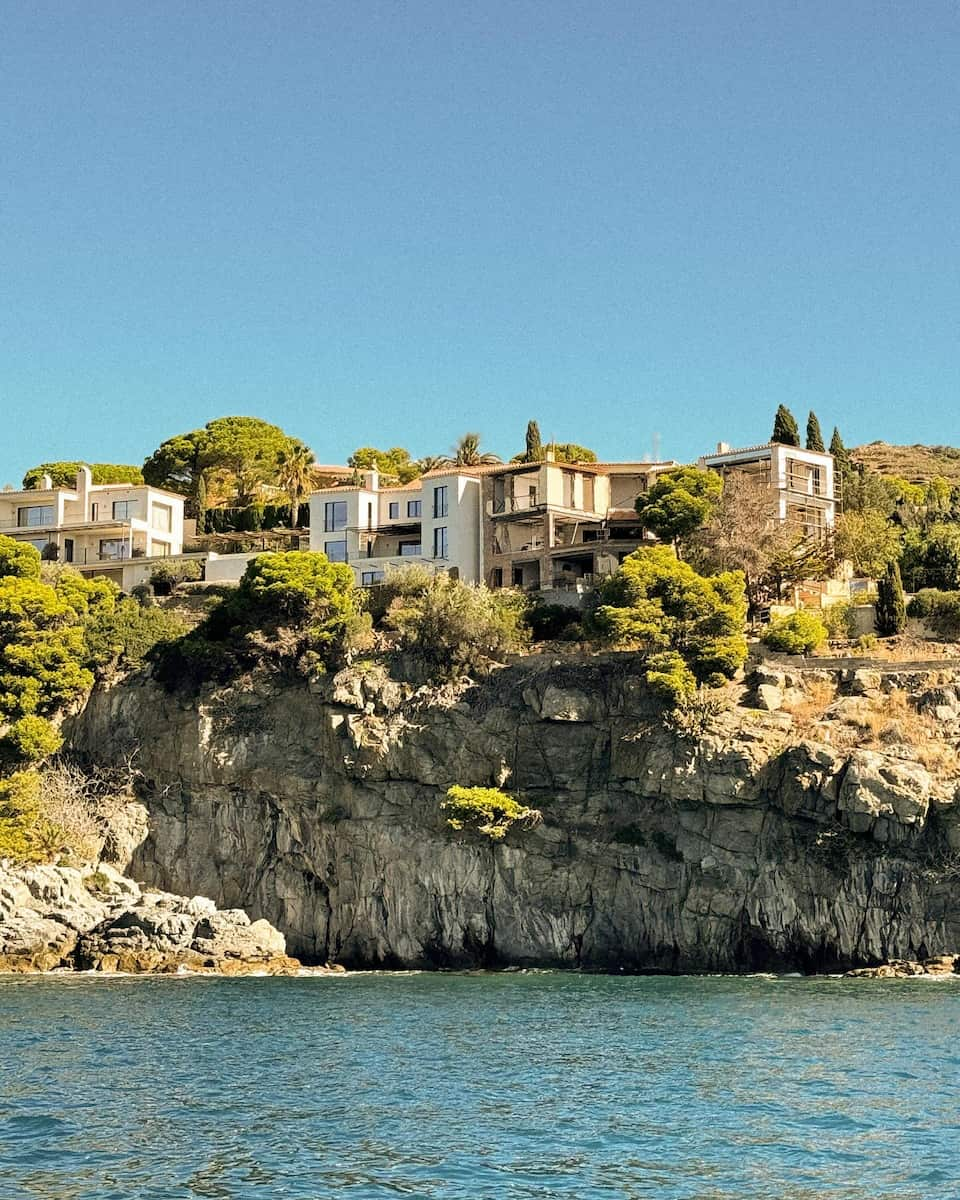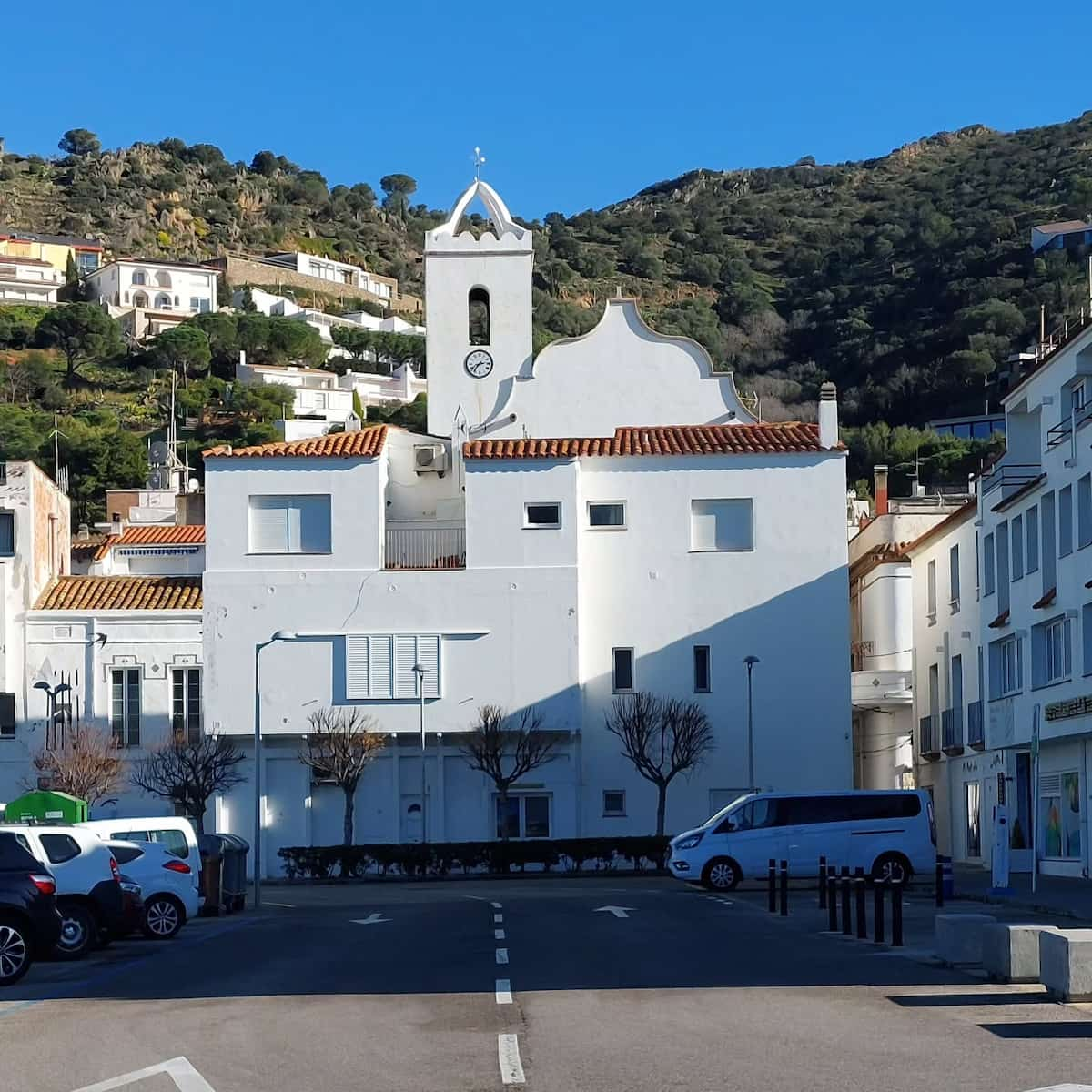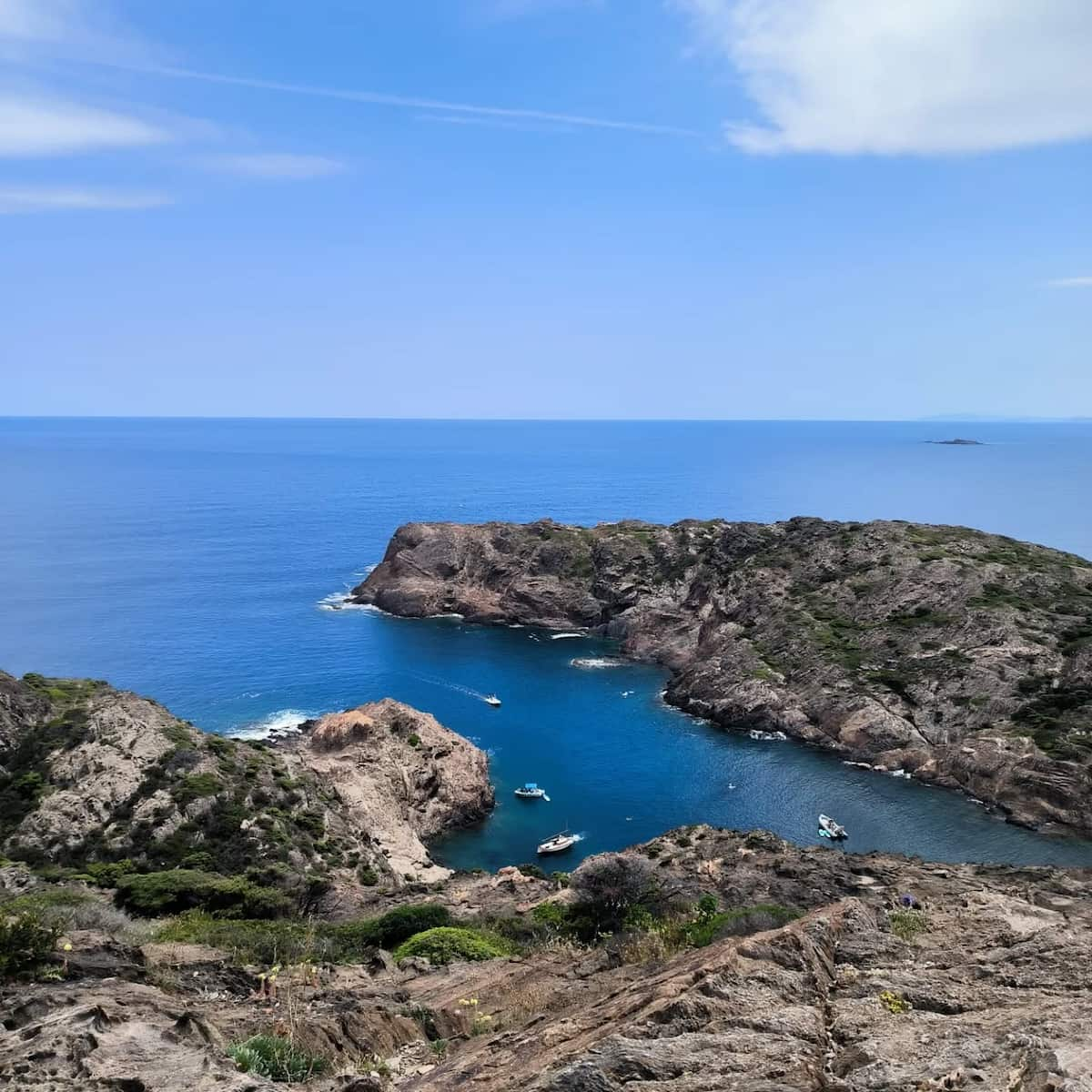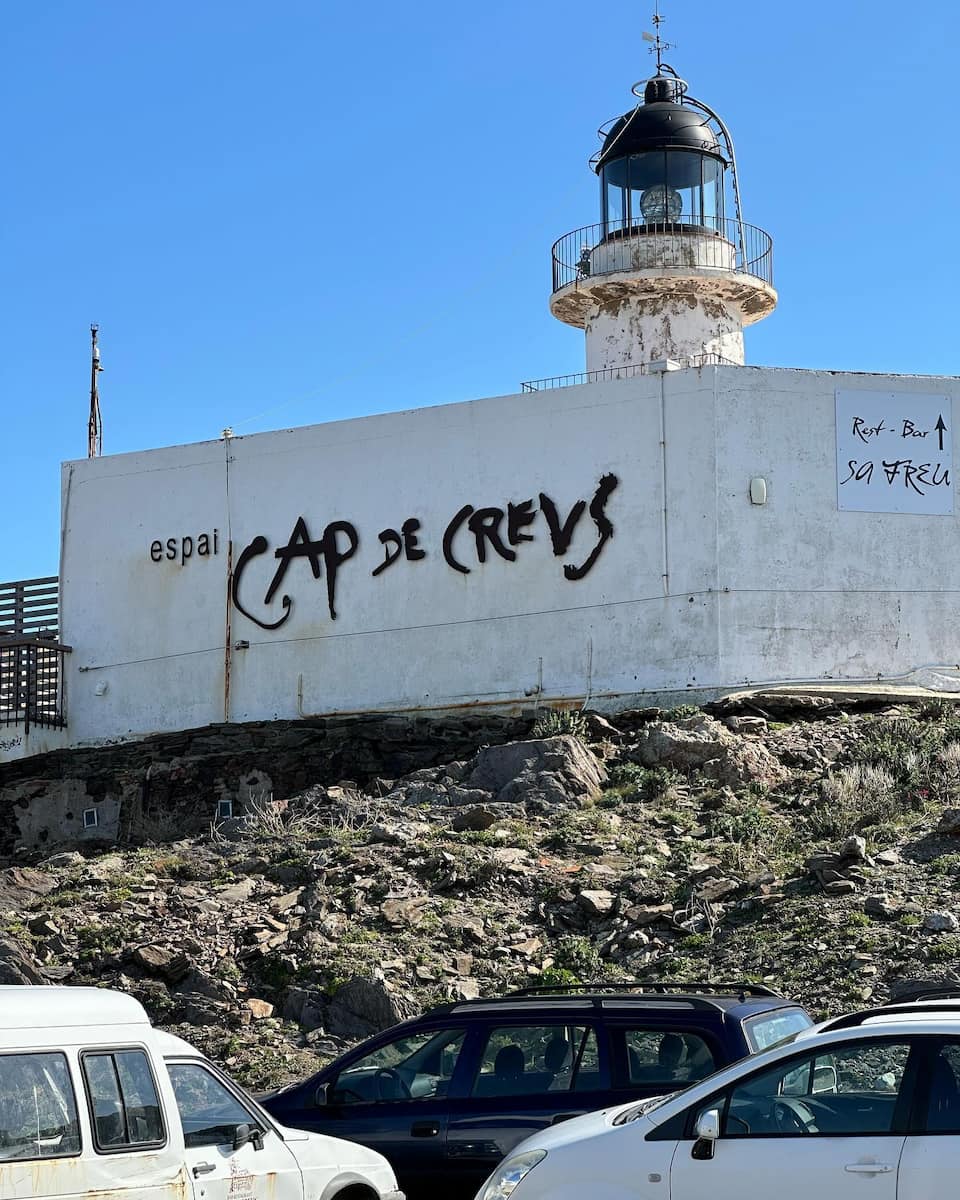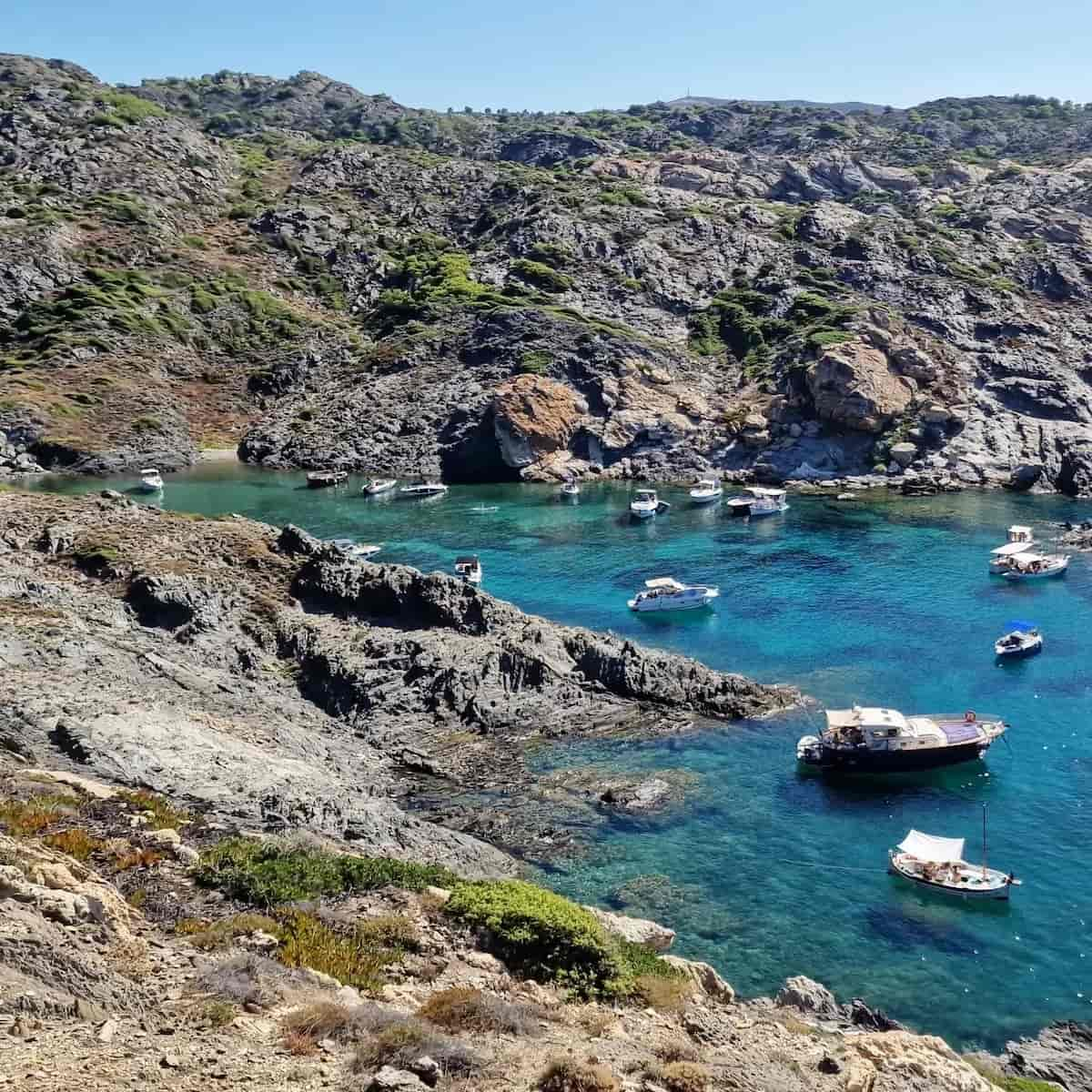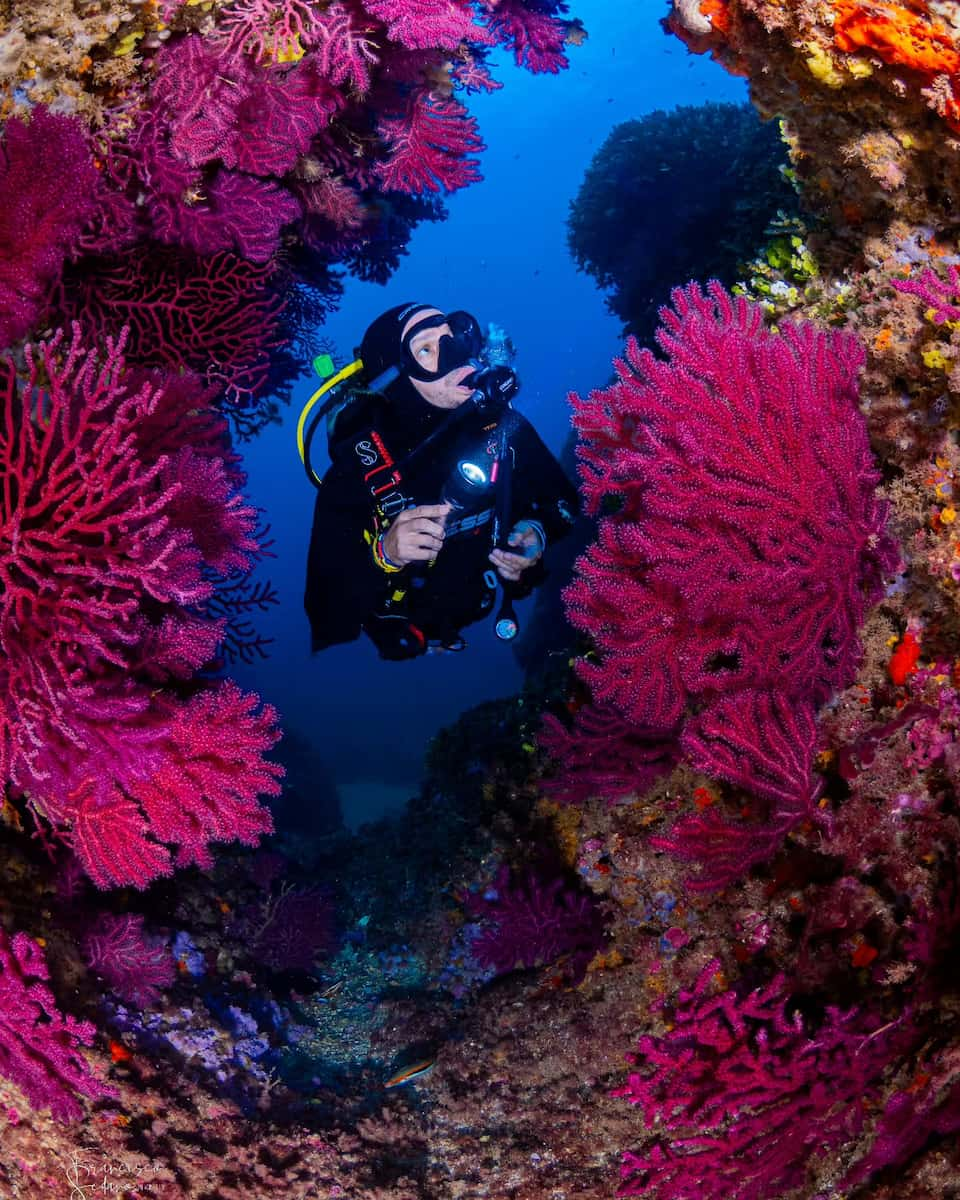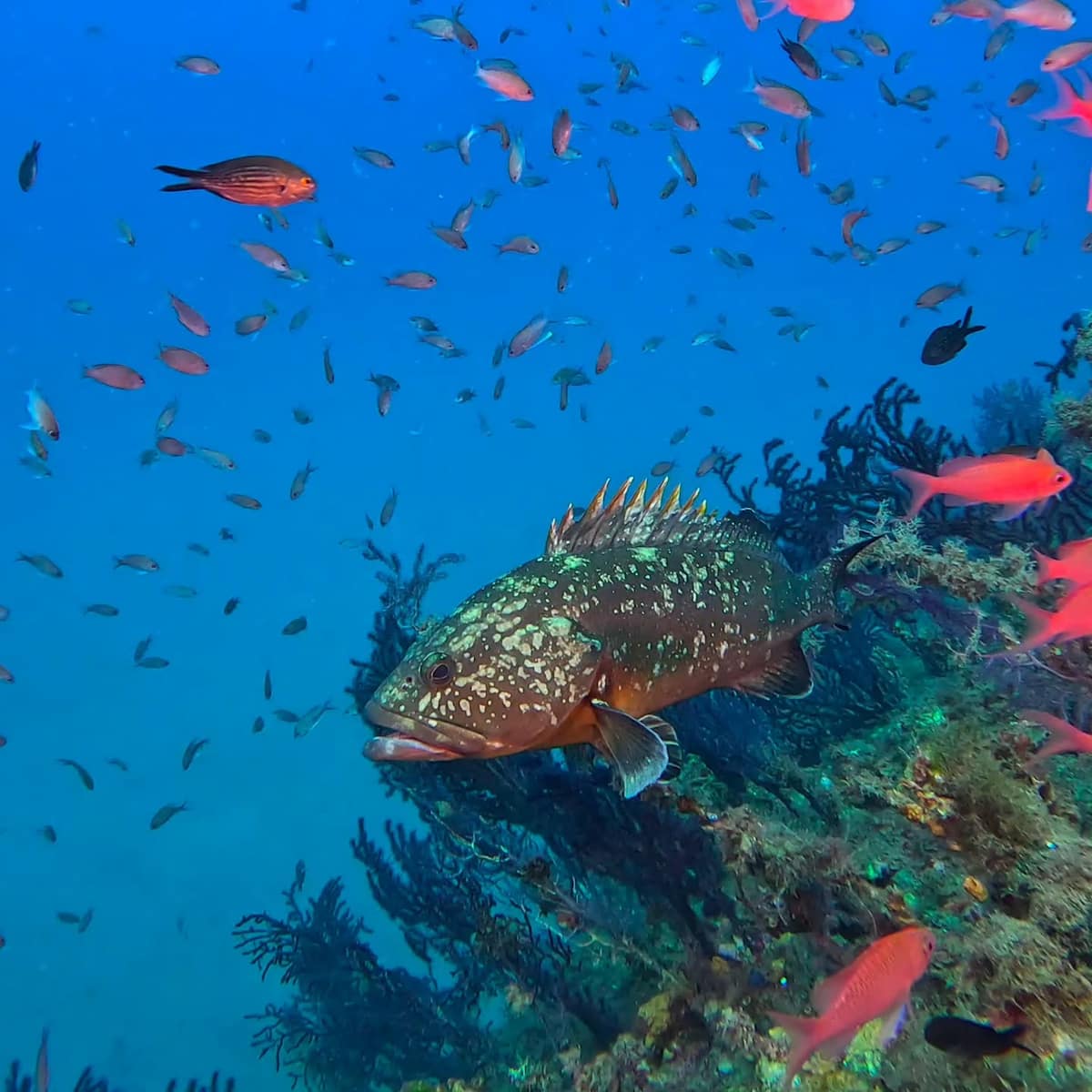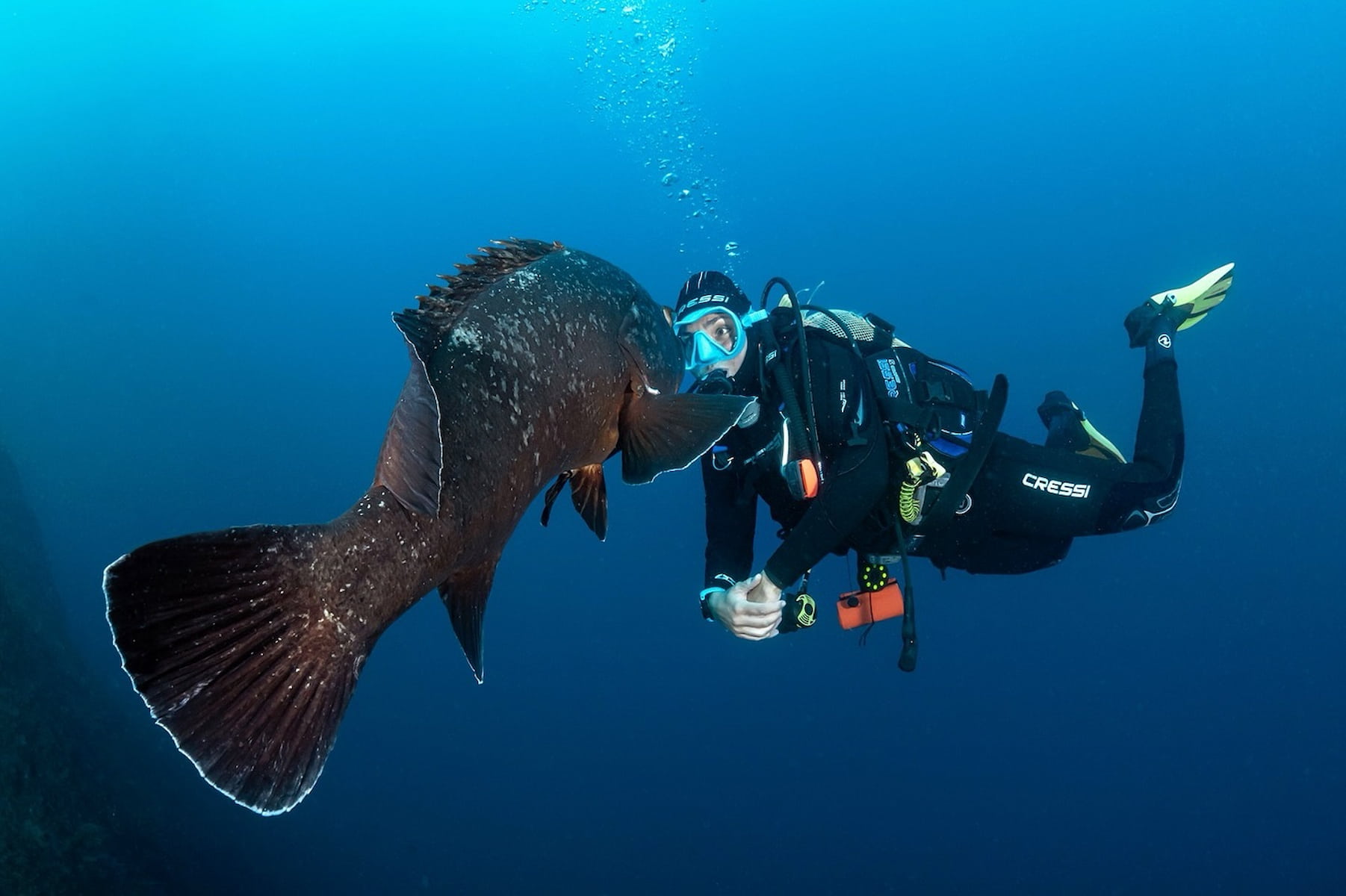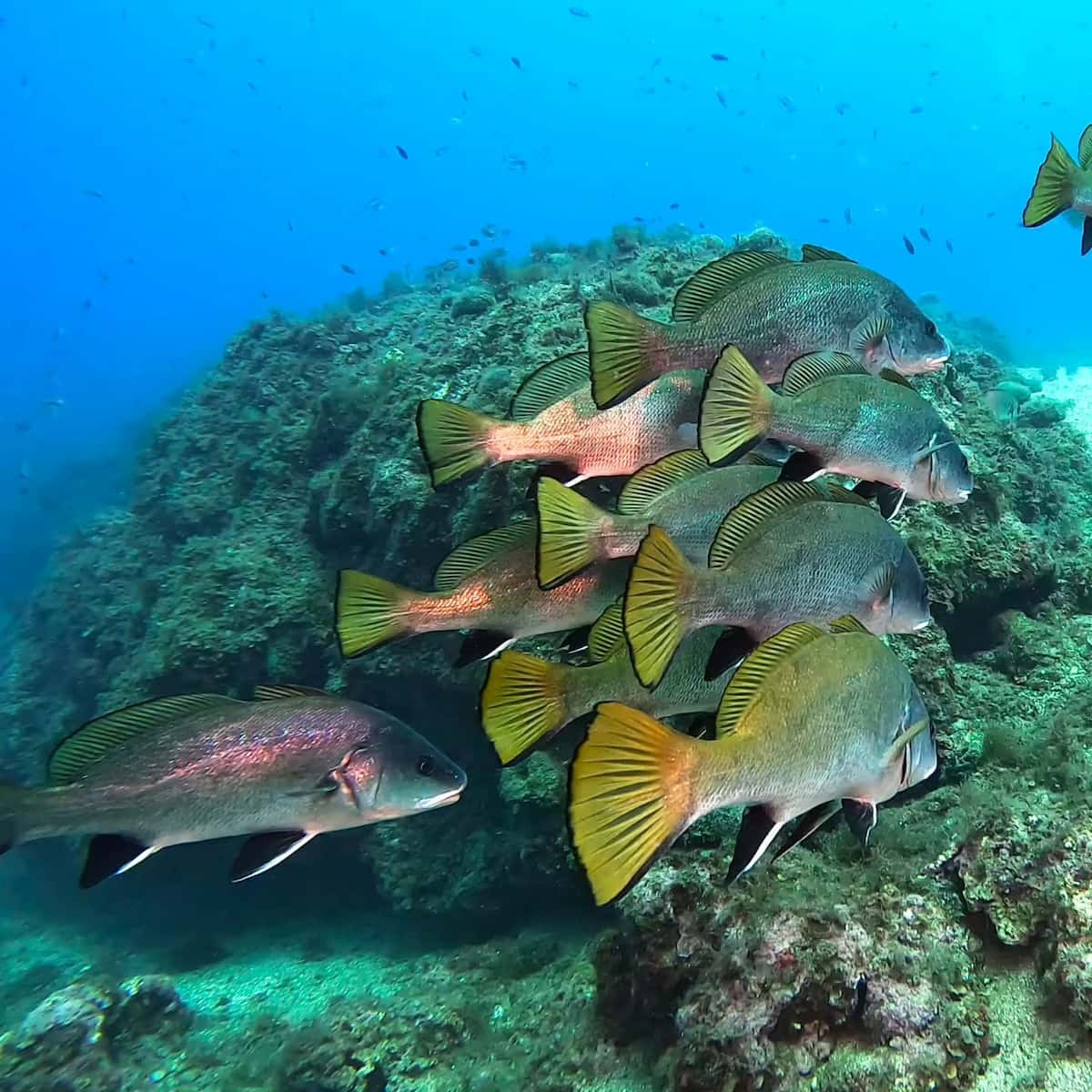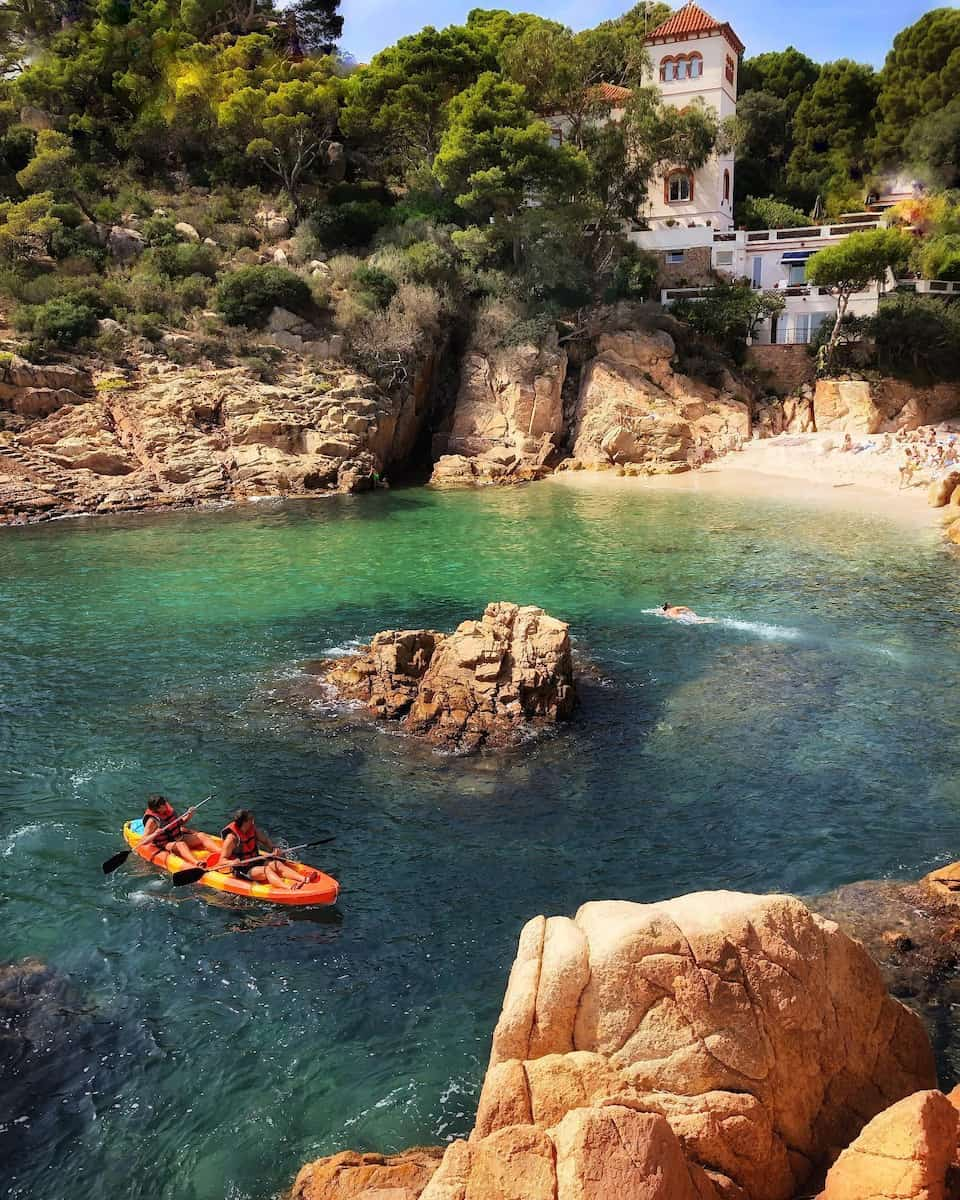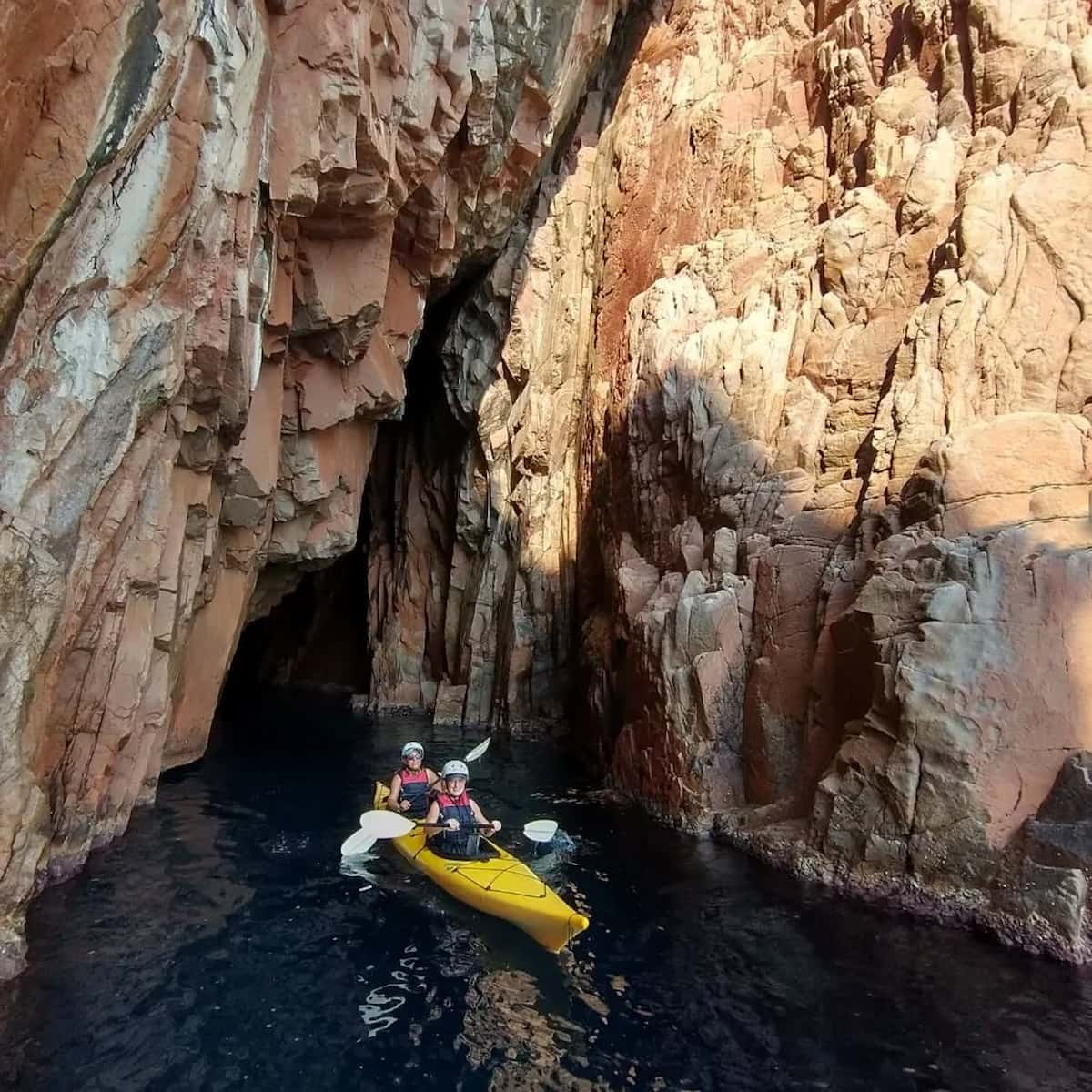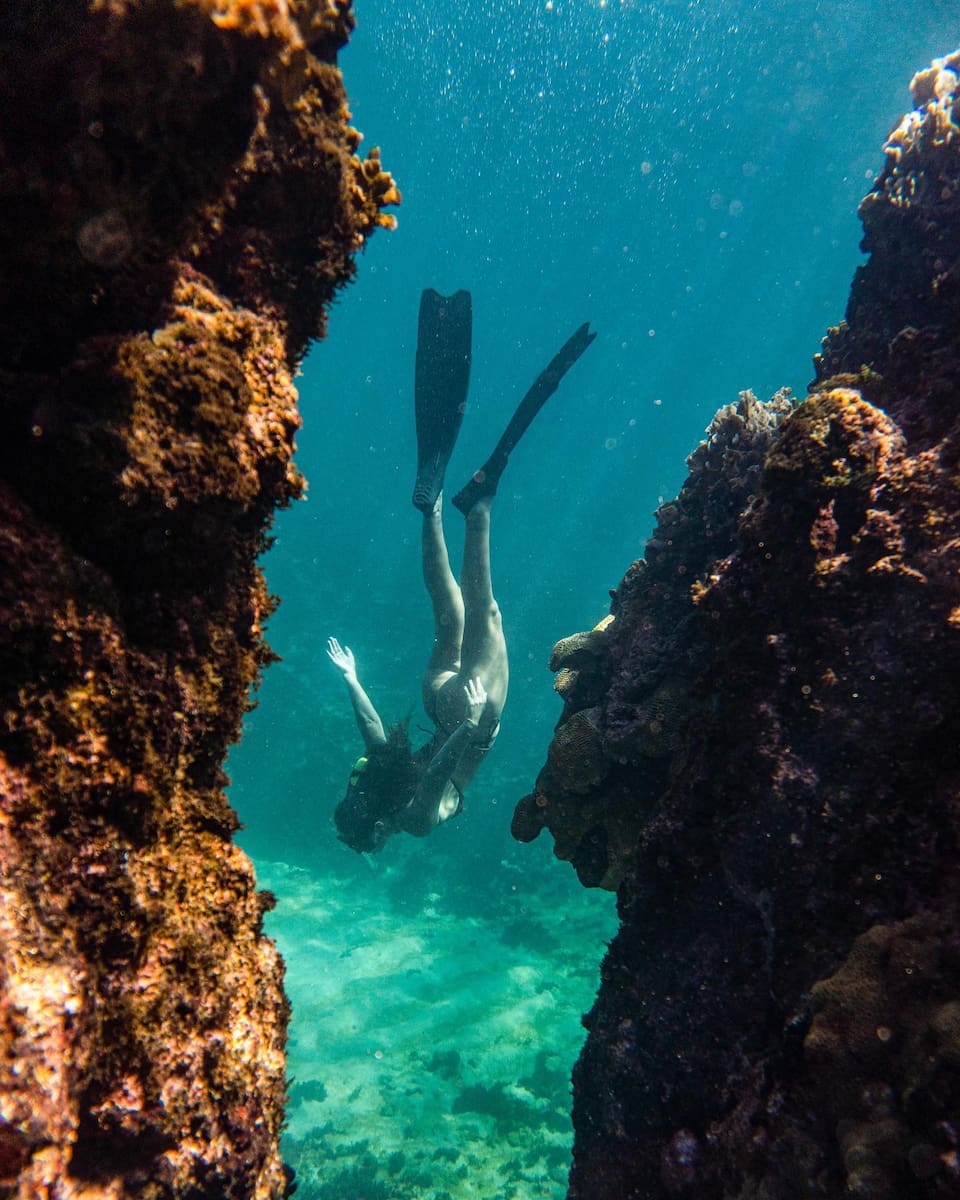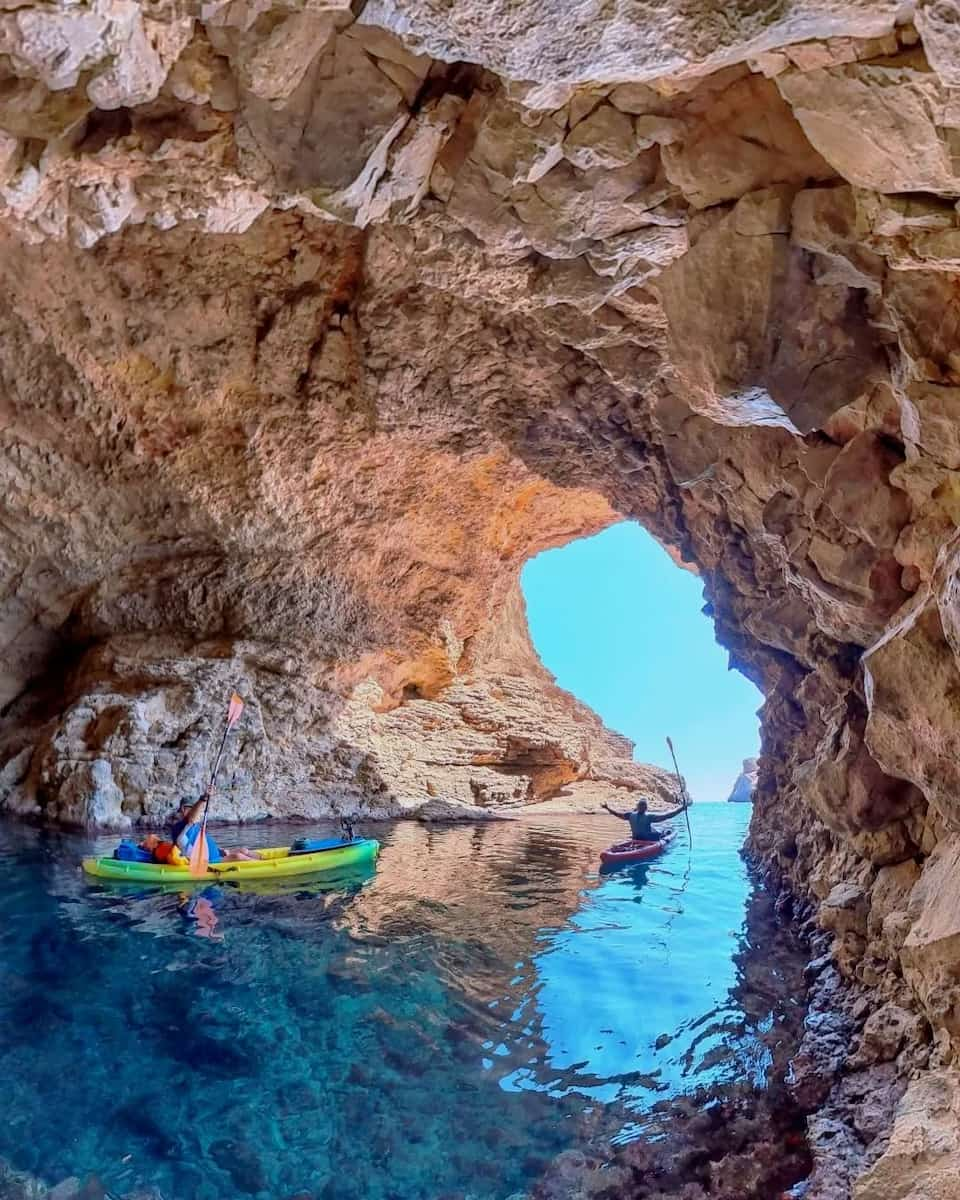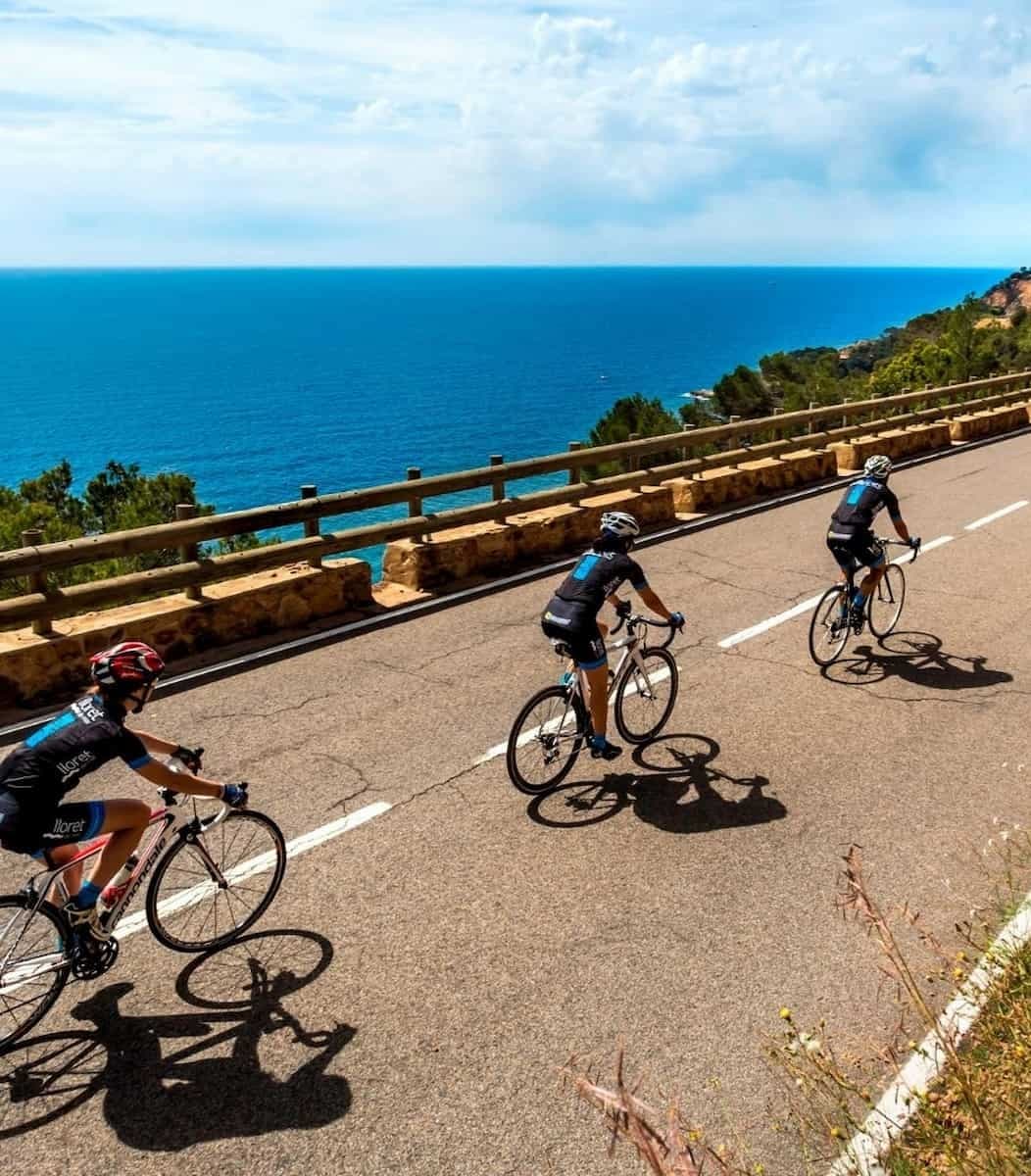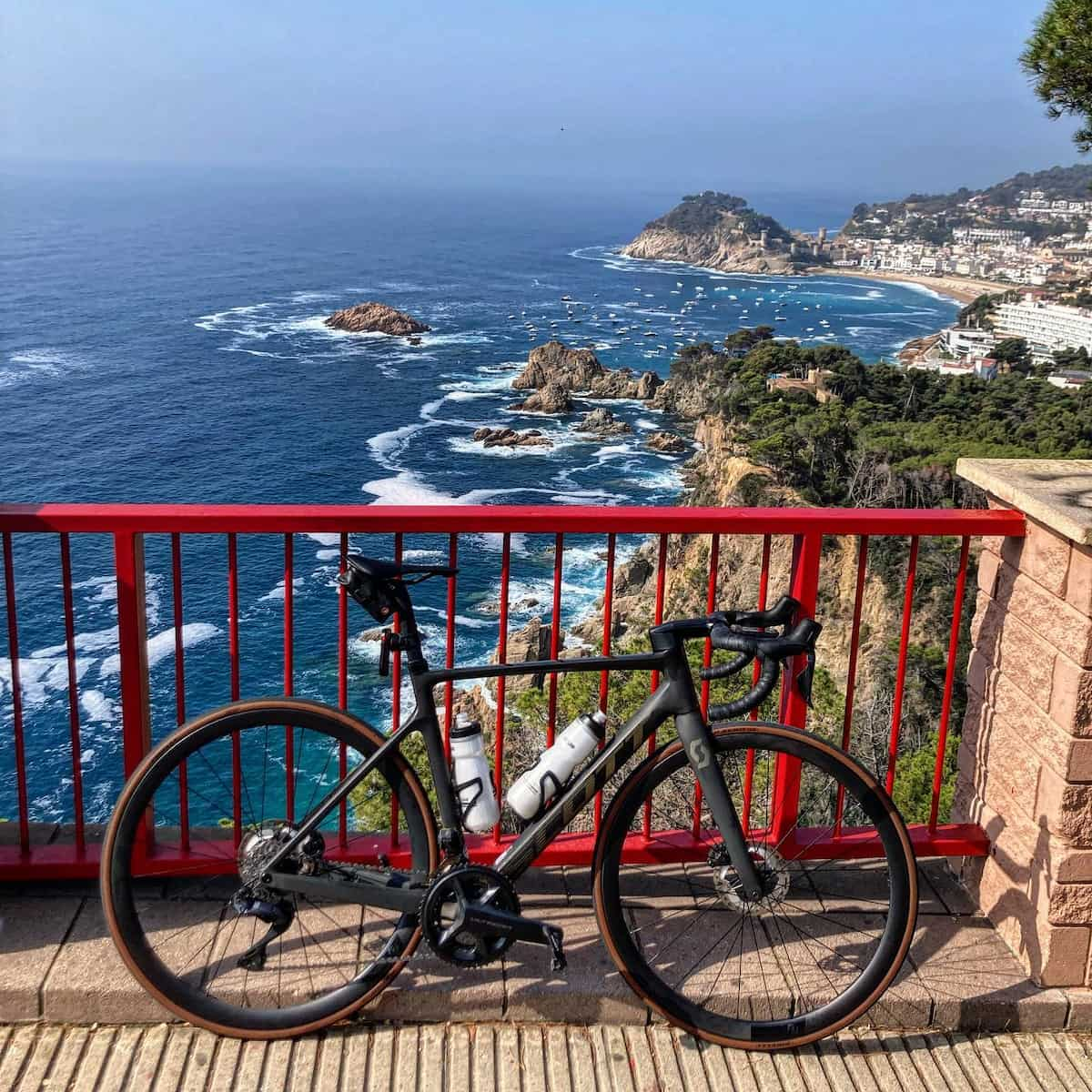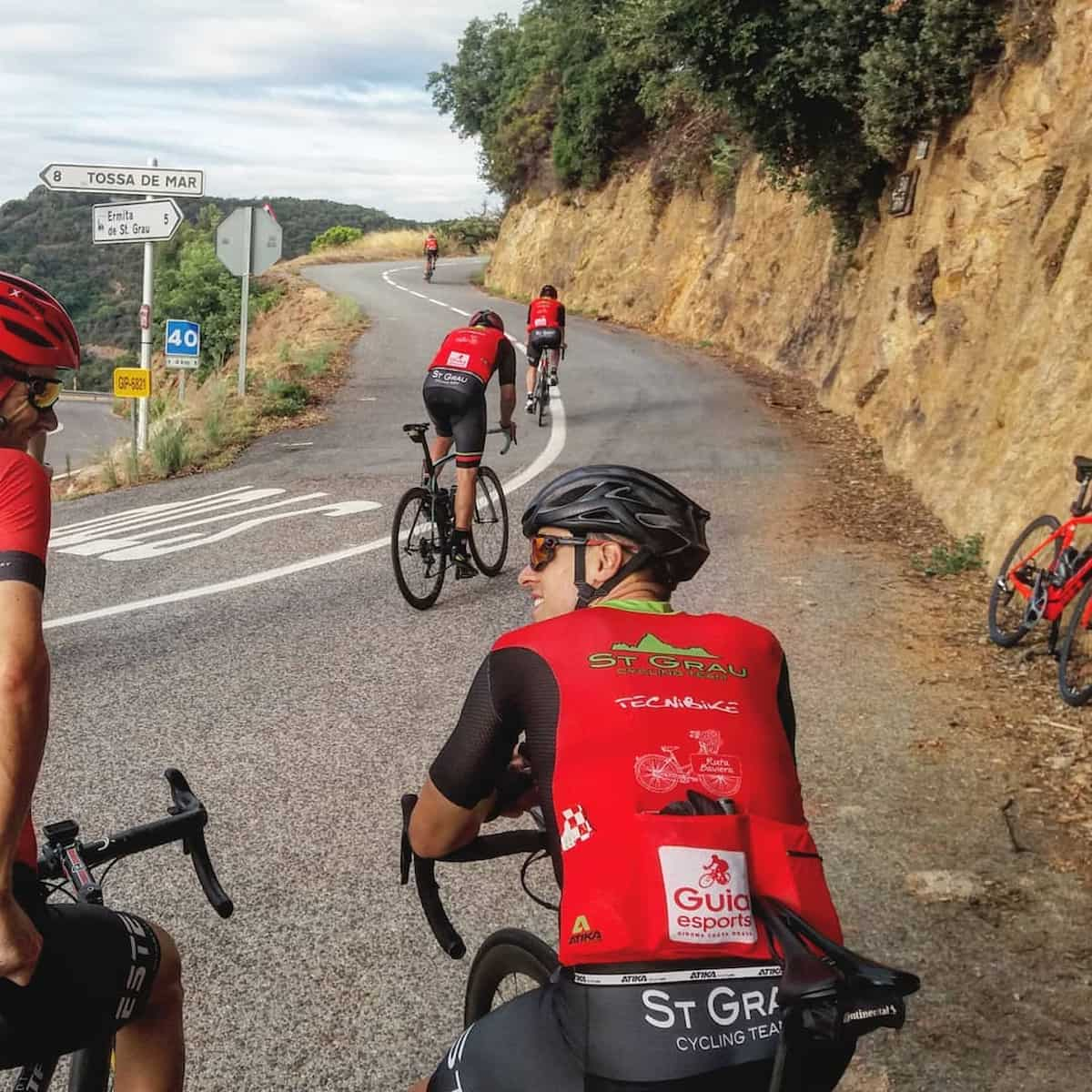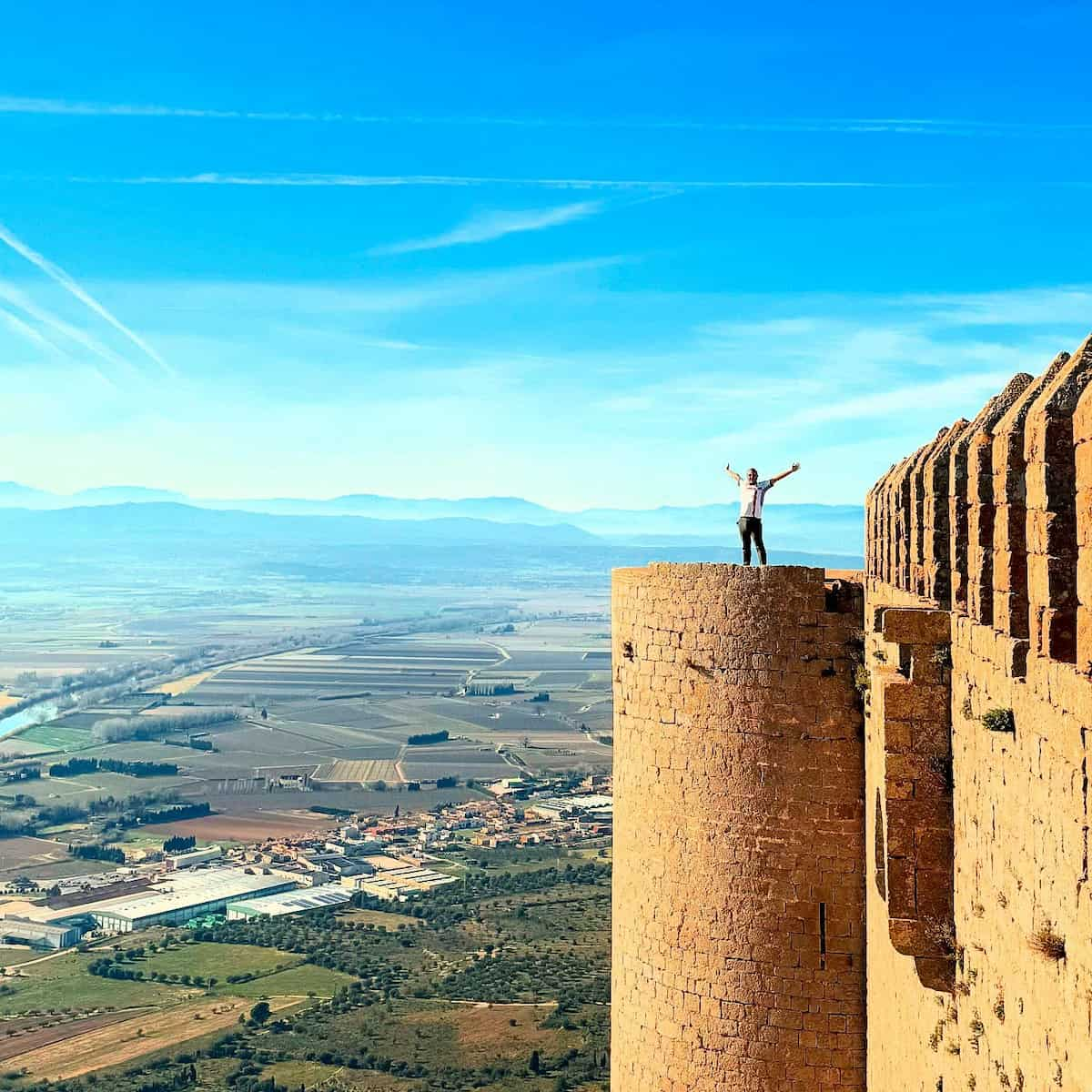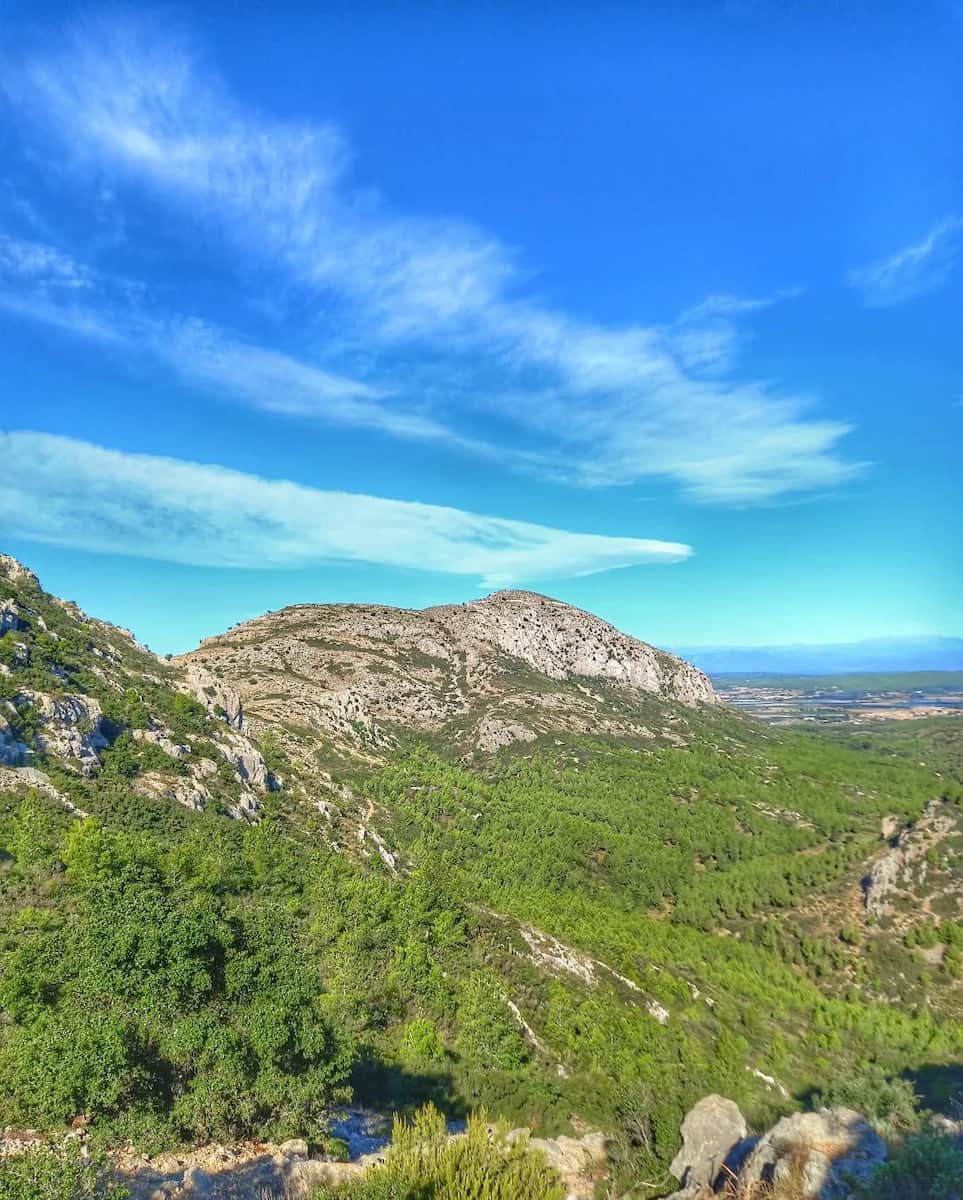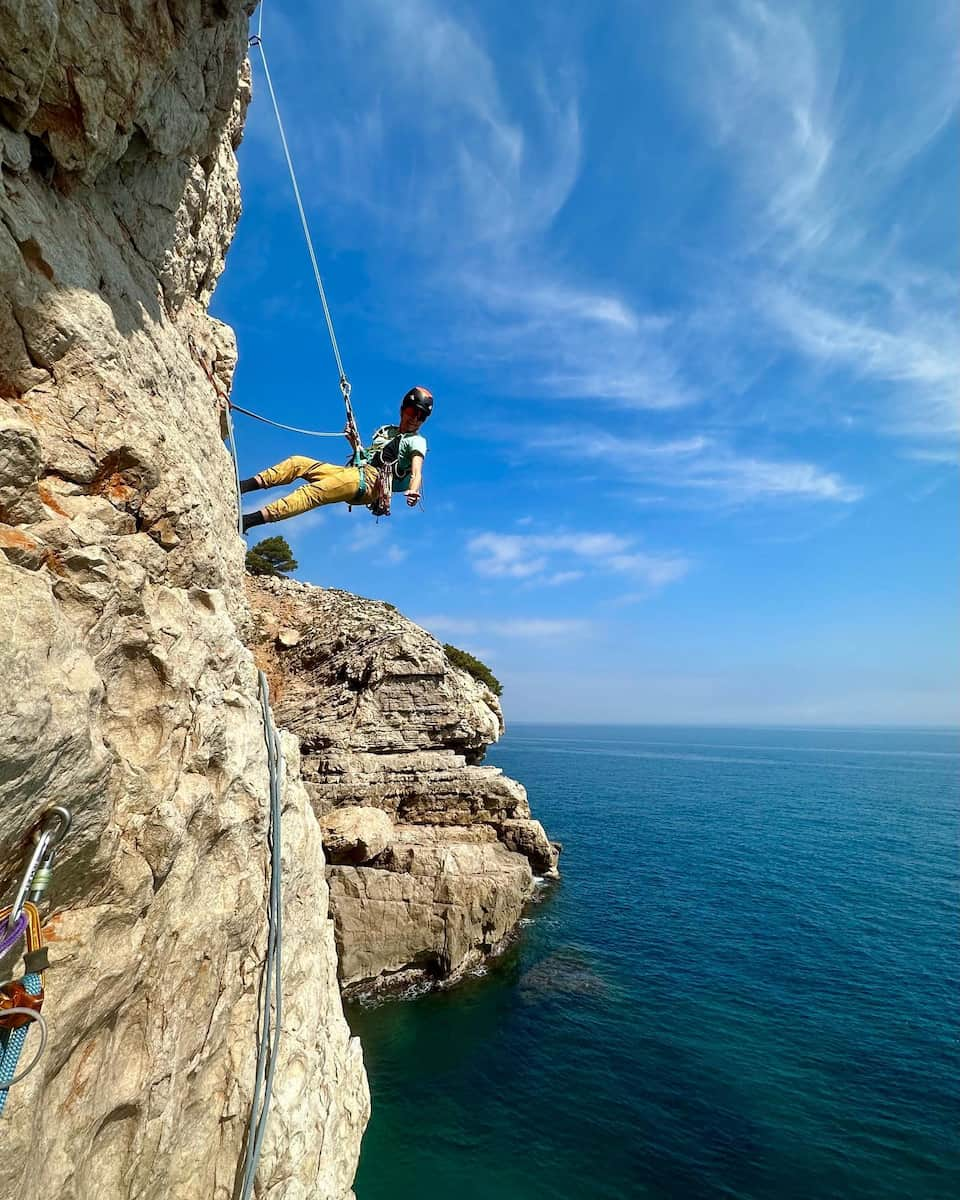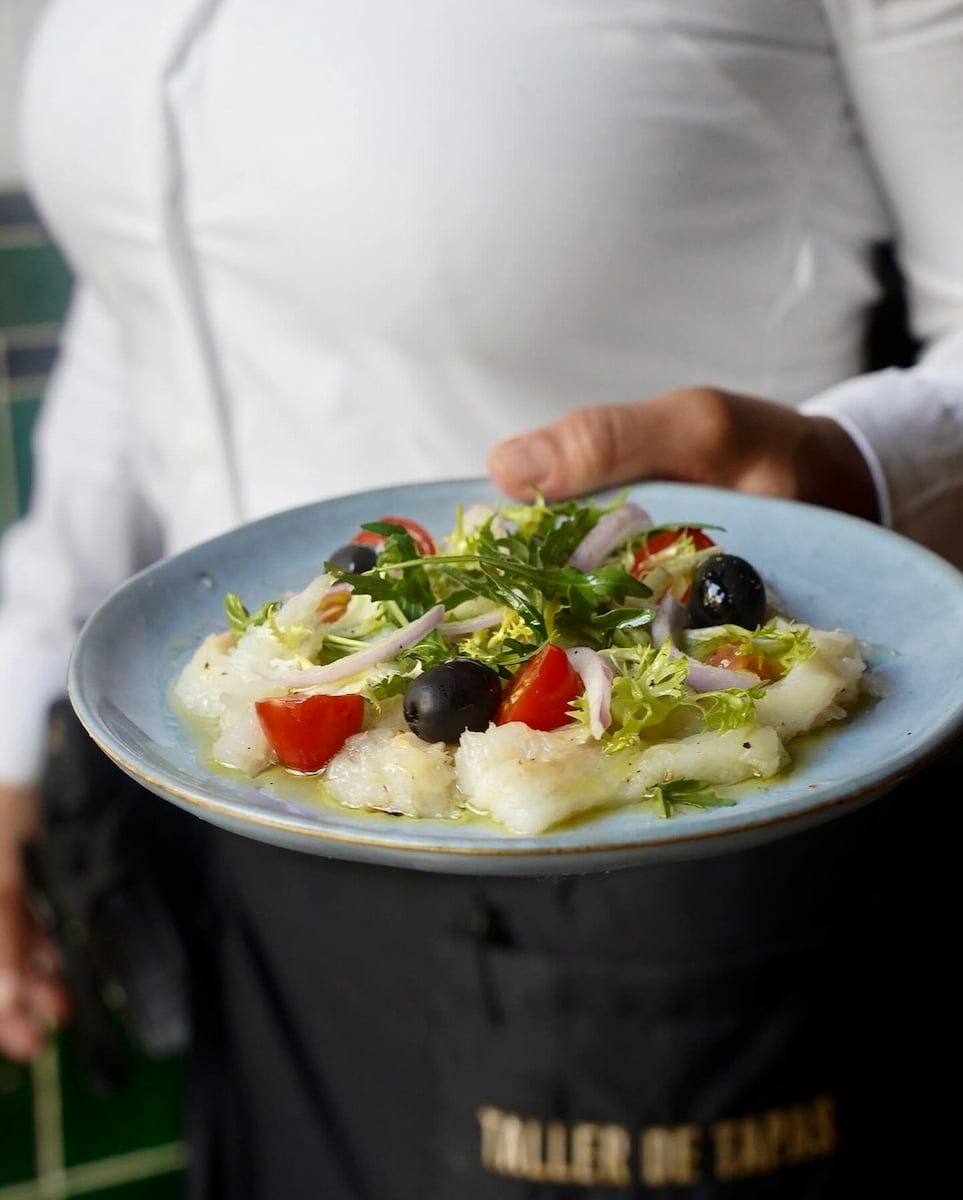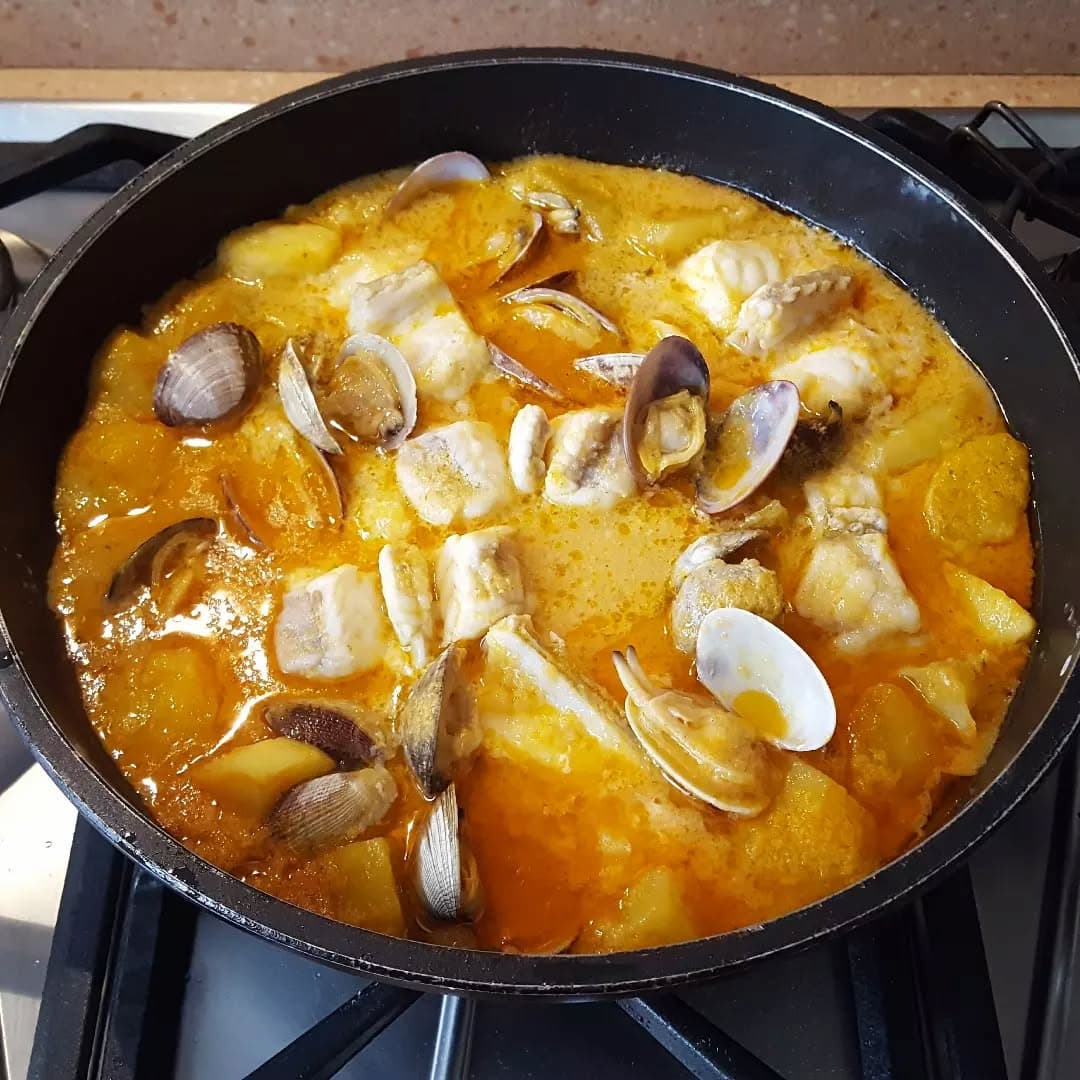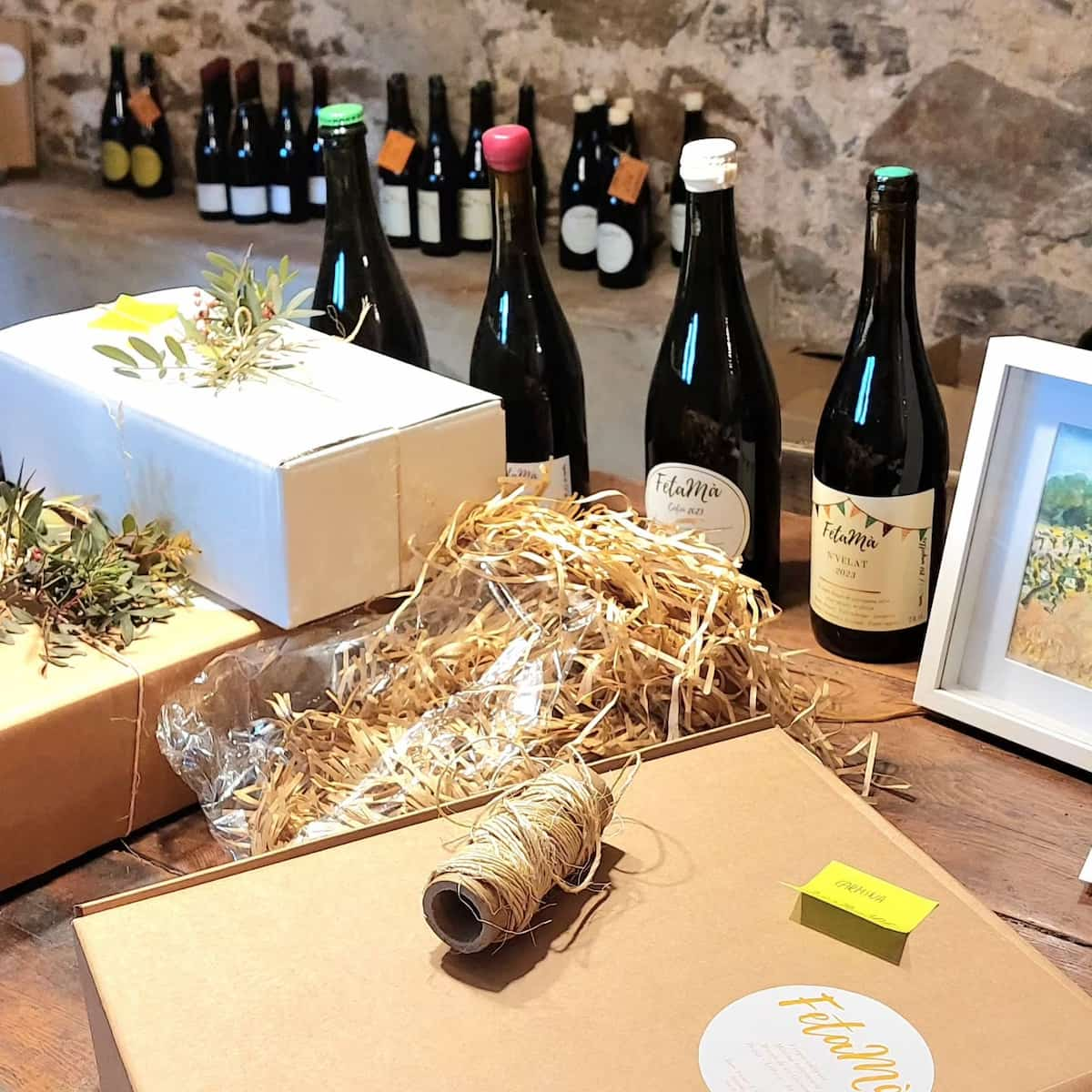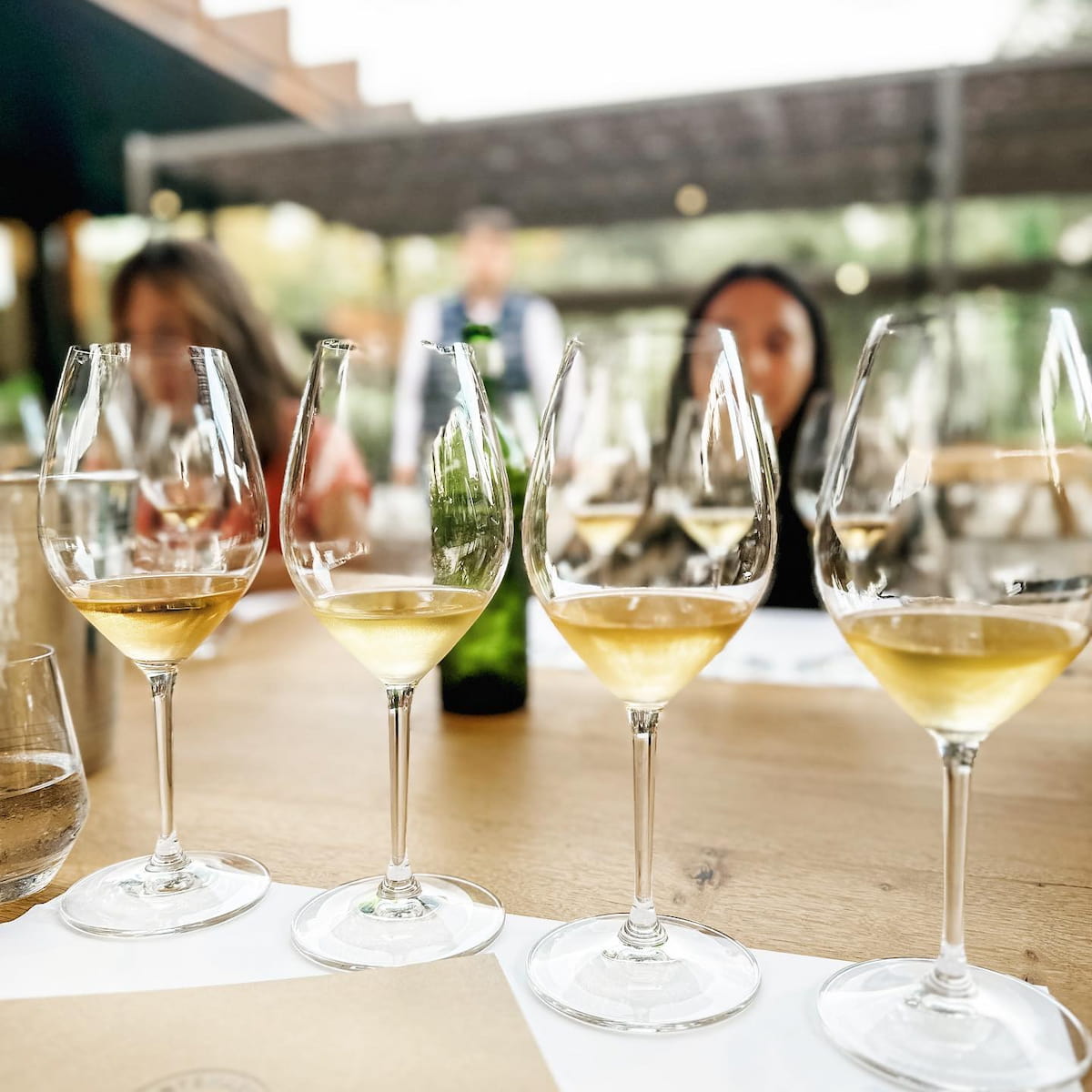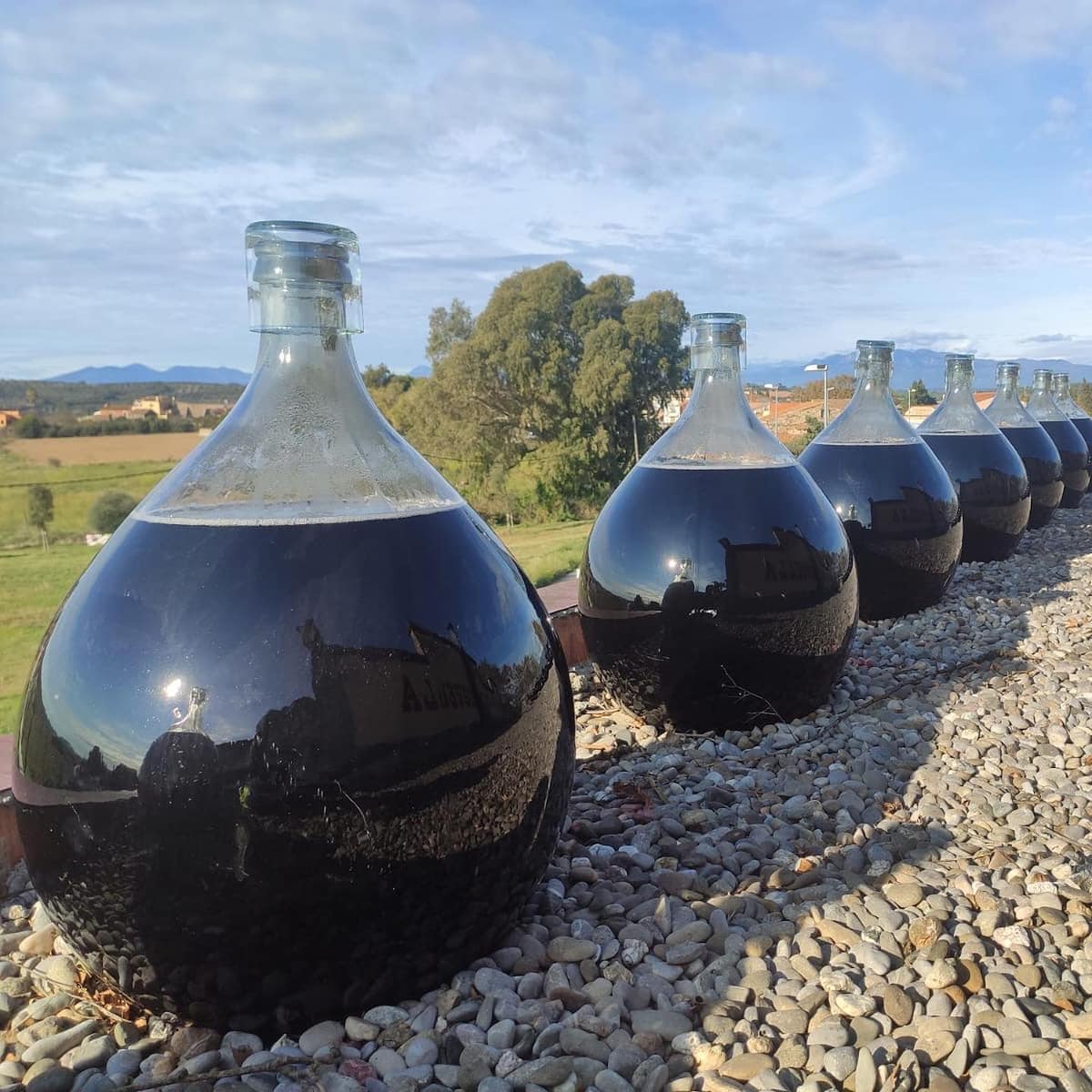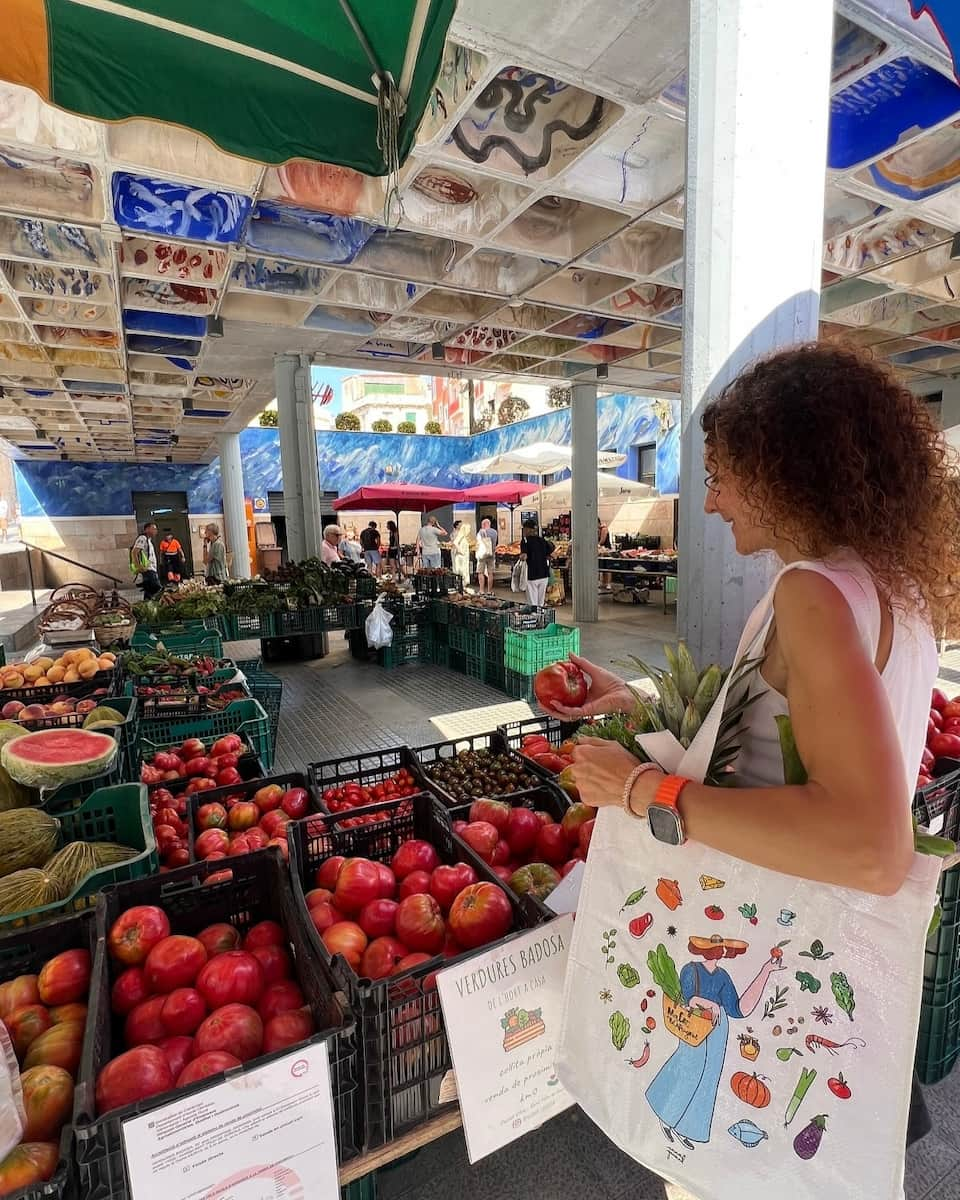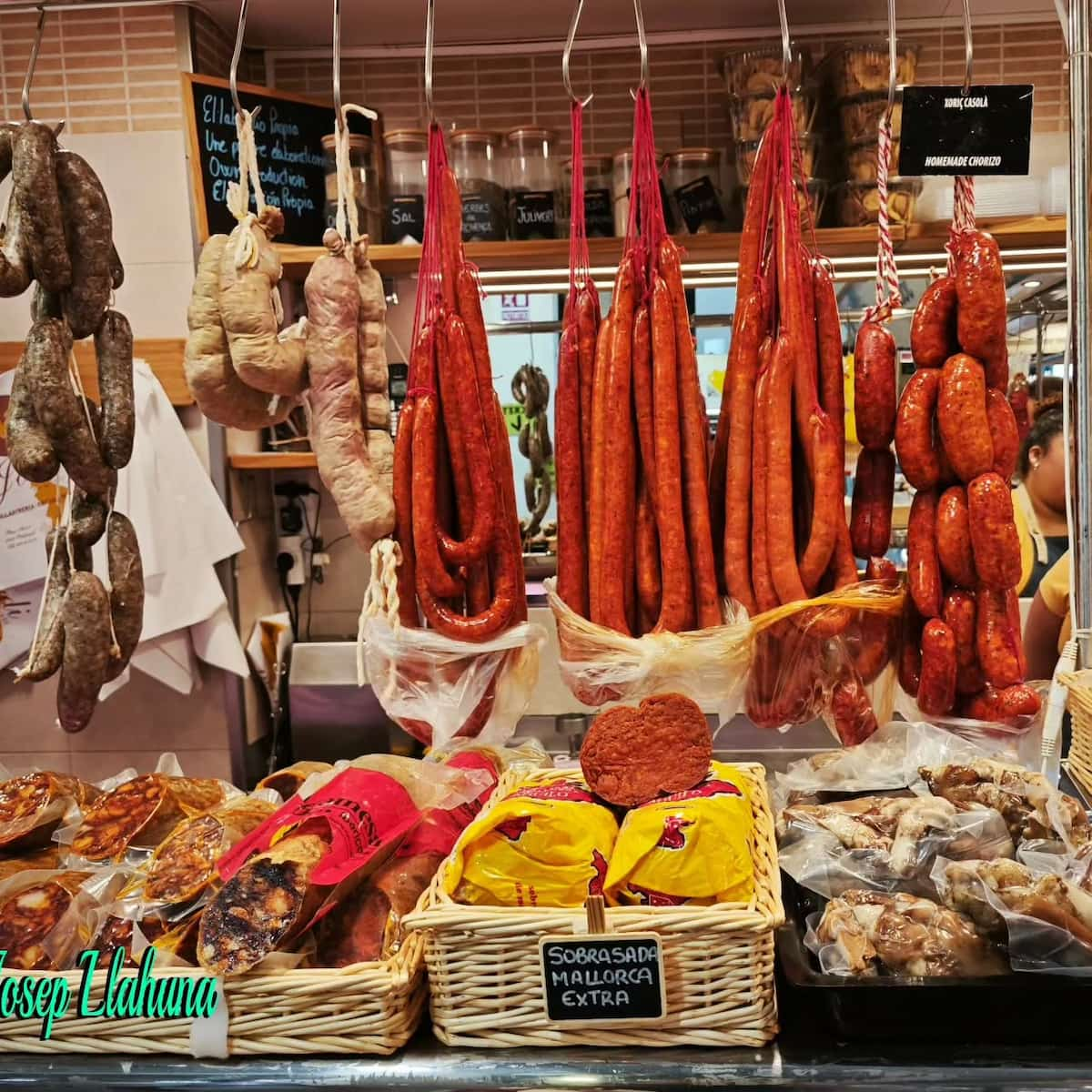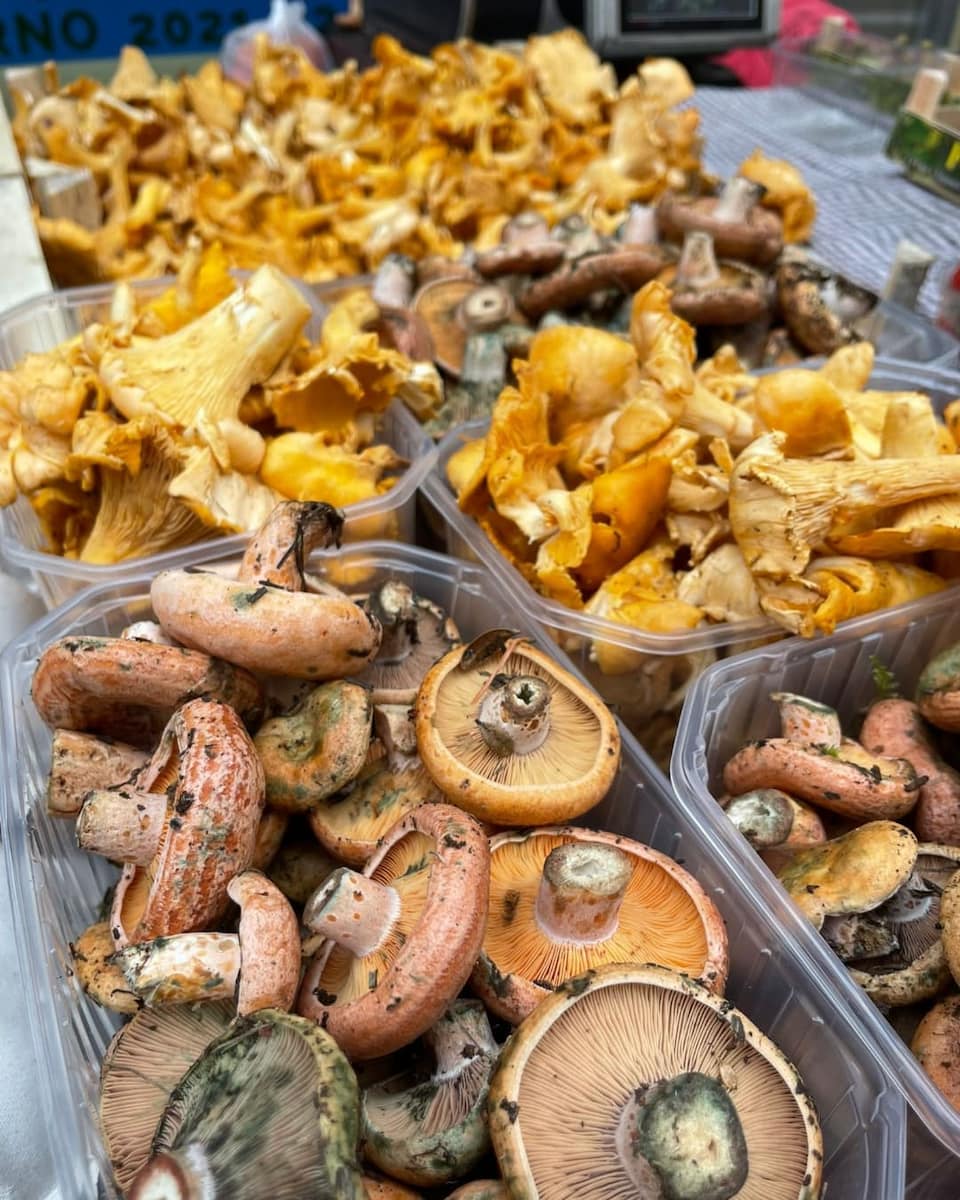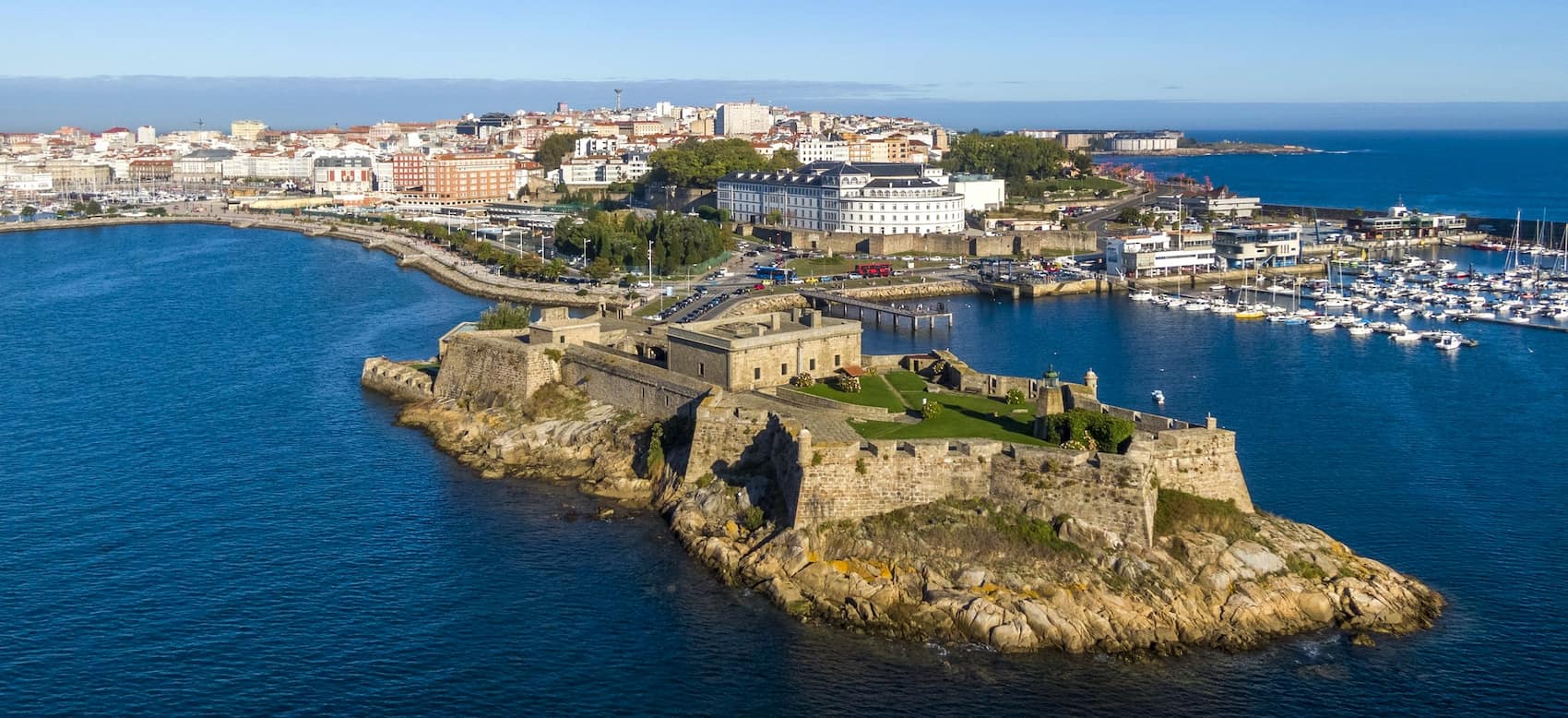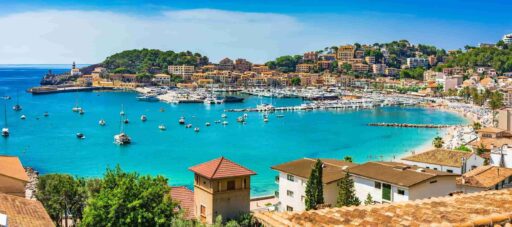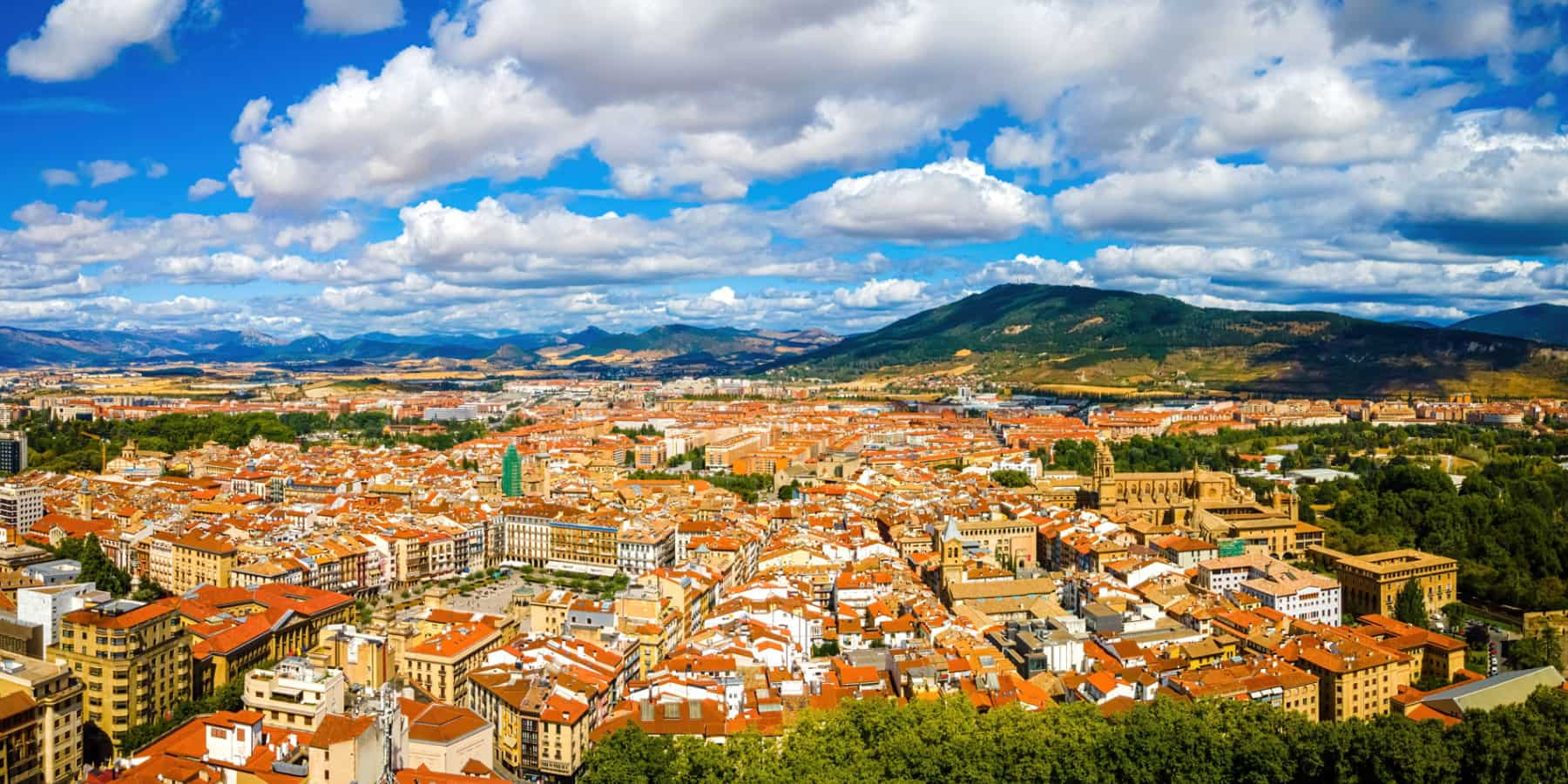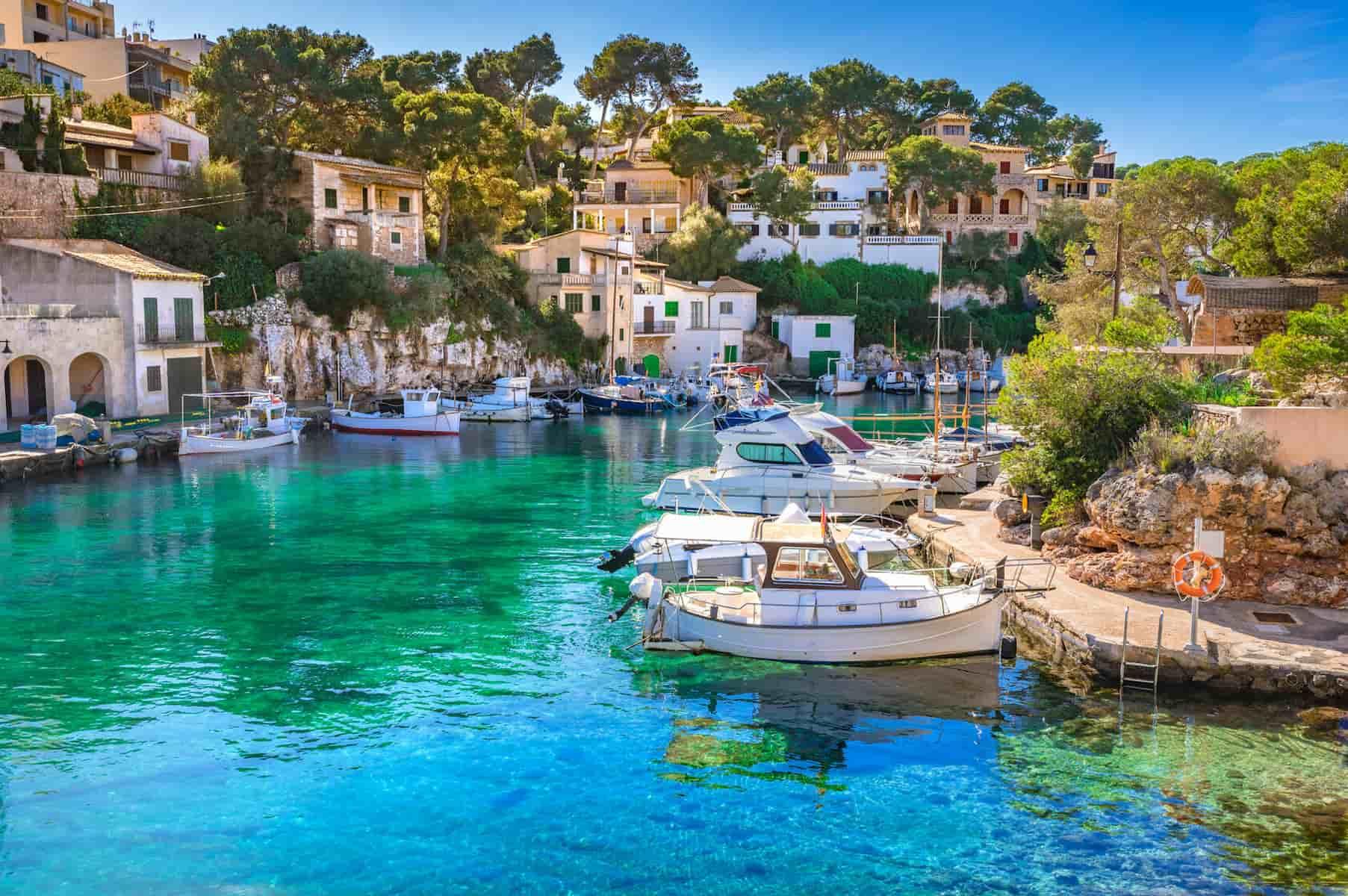Nestled along Spain’s northeastern coastline, Costa Brava is a treasure waiting to be discovered. From the moment I first set foot on its golden shores, I was captivated by the perfect blend of rugged cliffs, crystal-clear waters, and charming medieval towns that make this region so special. Whether you’re seeking adventure, relaxation, or cultural experiences, this stunning stretch of Mediterranean paradise offers something for everyone.
In this guide, I’ll take you through 22 unforgettable experiences in Costa Brava that showcase why this region has stolen the hearts of travelers worldwide. From hiking along dramatic coastal paths and exploring Salvador Dalí’s artistic legacy to savoring fresh seafood and discovering secret beaches, these activities will help you create memories that last a lifetime.
🏠 Best Hotels in Costa Brava
- 💎 Luxury Hotel: Hotel Cala del Pi - Adults Only, Platja d'Aro
- ✨ 5-Star: Hotel Santa Marta, Lloret de Mar
- 🏨 4-Star: 1935 Hotel Boutique by Terraza - Adults Only, Roses
- 🛏 3-Star: Hotel Sant Roc, Calella de Palafrugell
- 💸 Cheap: Apartamentos Els Llorers, Lloret de Mar
- 🏢 Apartment: Hapimag Resort Mas Nou, Platja d'Aro
- 👨👩👧👦 For Families: Hotel BlauMar Llafranc, Llafranc
- 🏩 For Couples: Hotel Blaumar by Fimedhotels
💁 Best Guided Tours
- Costa Brava Kayak and Snorkel Tour with Food Experience from € 125 (⭐ 4.9/5)
- Costa Brava Half-day Trip from Barcelona from € 55 (⭐ 4.7/5)
- Lloret de Mar: Catamaran Sailing Cruise with BBQ from € 69 (⭐ 4.8/5)
- Dalí Museum, House and Cadaqués Small Group Tour from € 115 (⭐ 4.8/5)
- Game Of Thrones Guided Day Tour in Girona from € 99 (⭐ 5.0/5)
- From Barcelona: Costa Brava Hiking, Snorkeling & Cliff Jumping from € 125 (⭐ 4.9/5)
Best Things to Do in Costa Brava
1. Tossa de Mar: Medieval Charm and Beautiful Beaches
Medieval magic. Wandering through the cobblestone streets of Tossa de Mar’s Vila Vella (old town), I felt transported back in time. The 12th-century castle walls embrace this coastal jewel, creating one of the best-preserved medieval towns in Spain. The iconic castle offers panoramic views that took my breath away – azure Mediterranean waters meeting golden sands below.
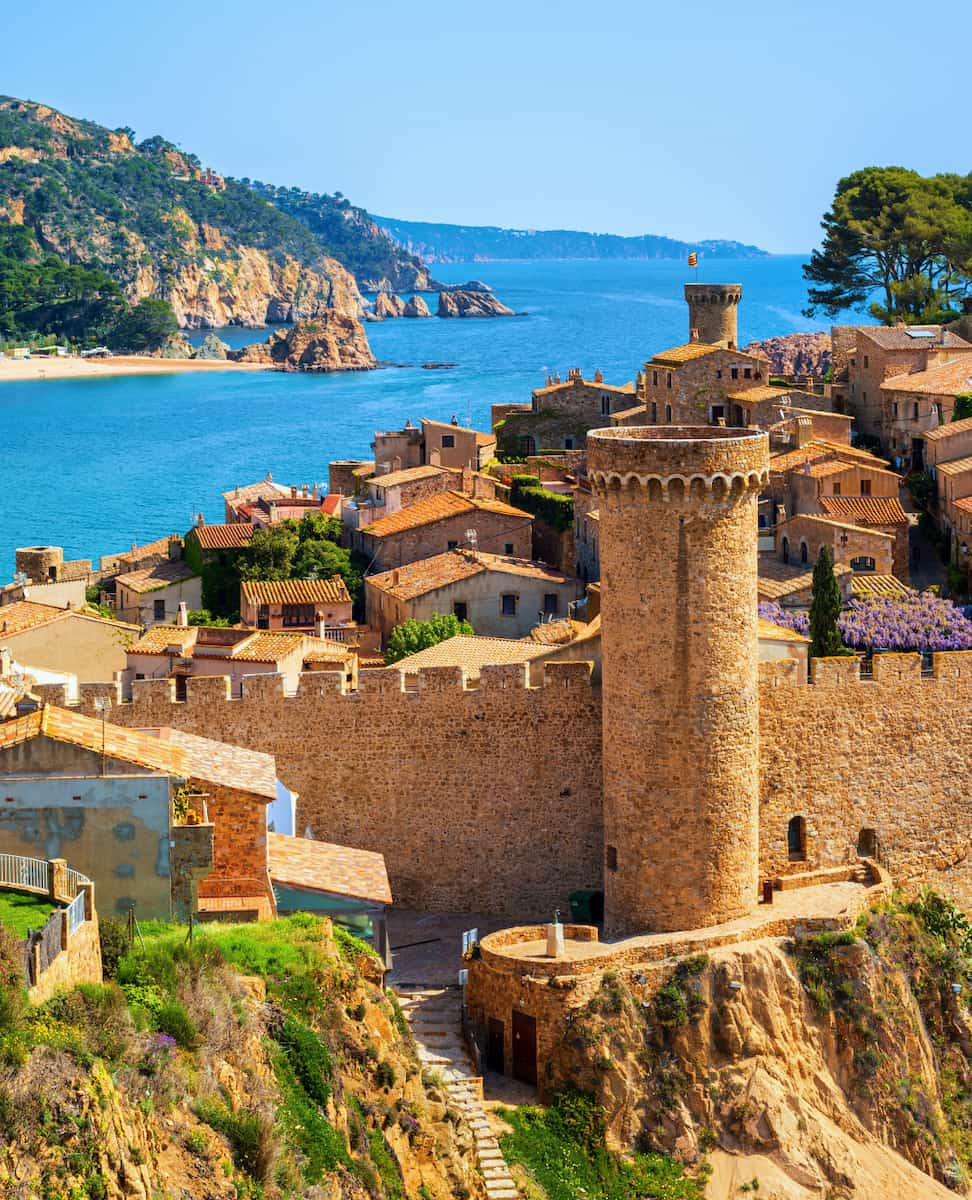
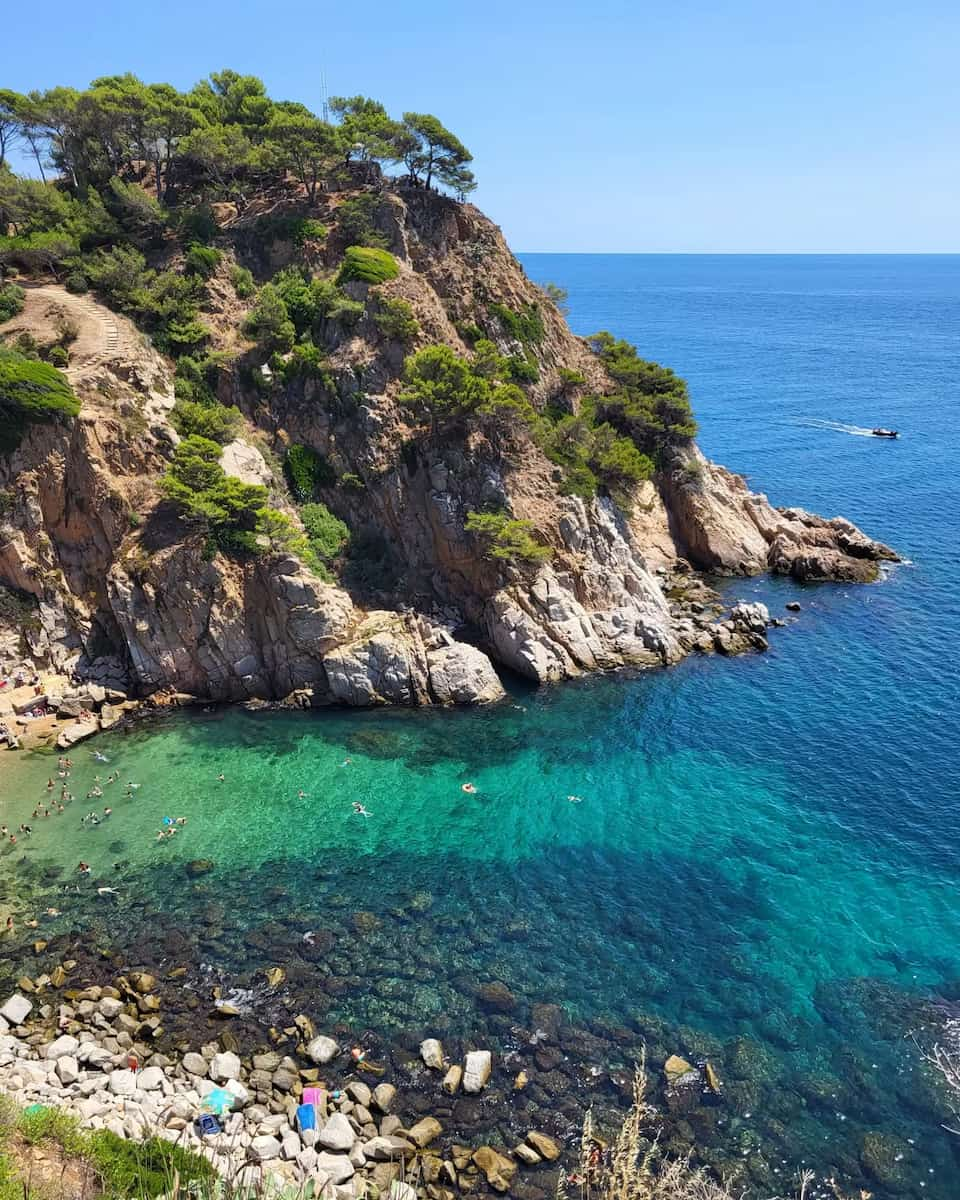
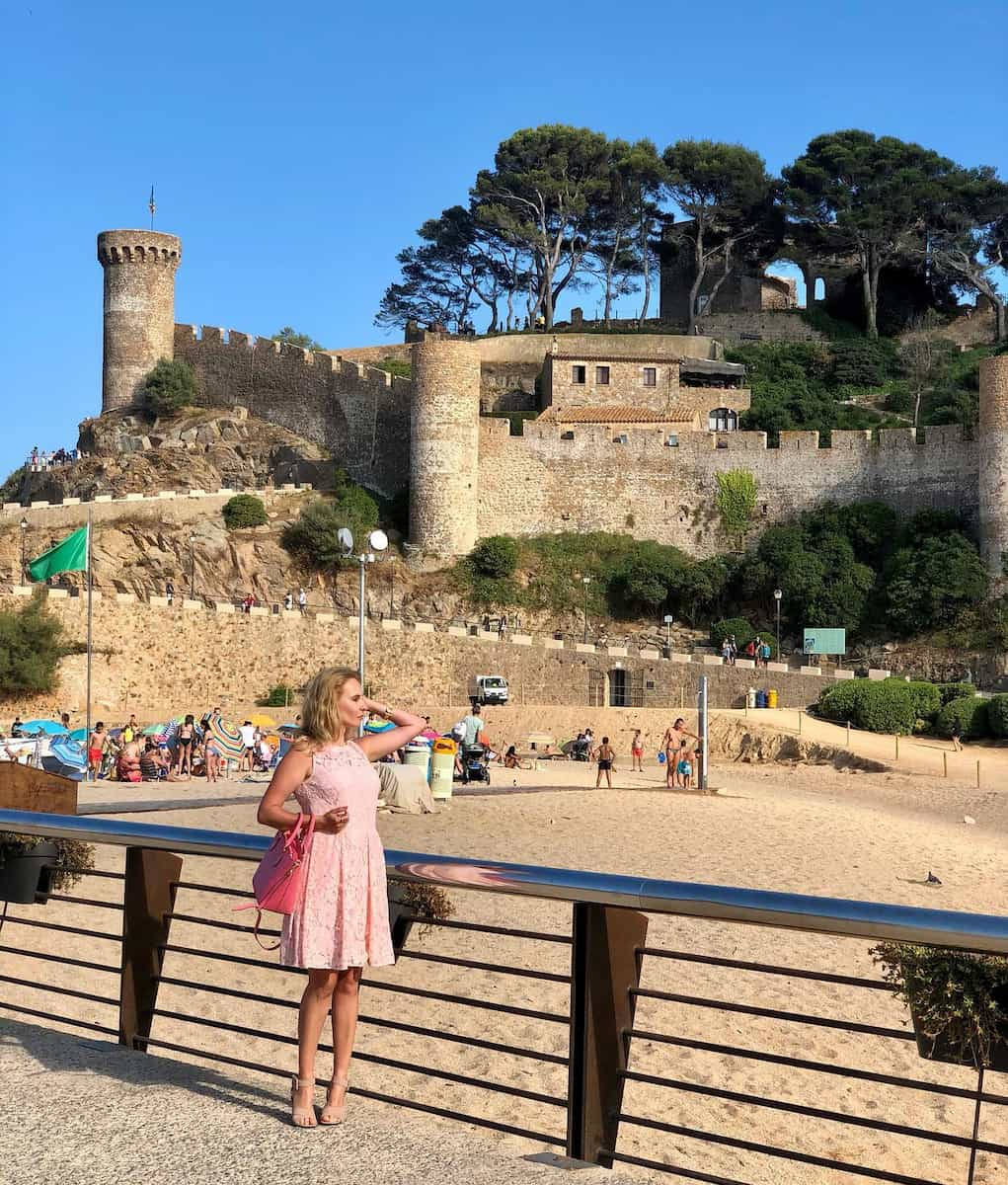
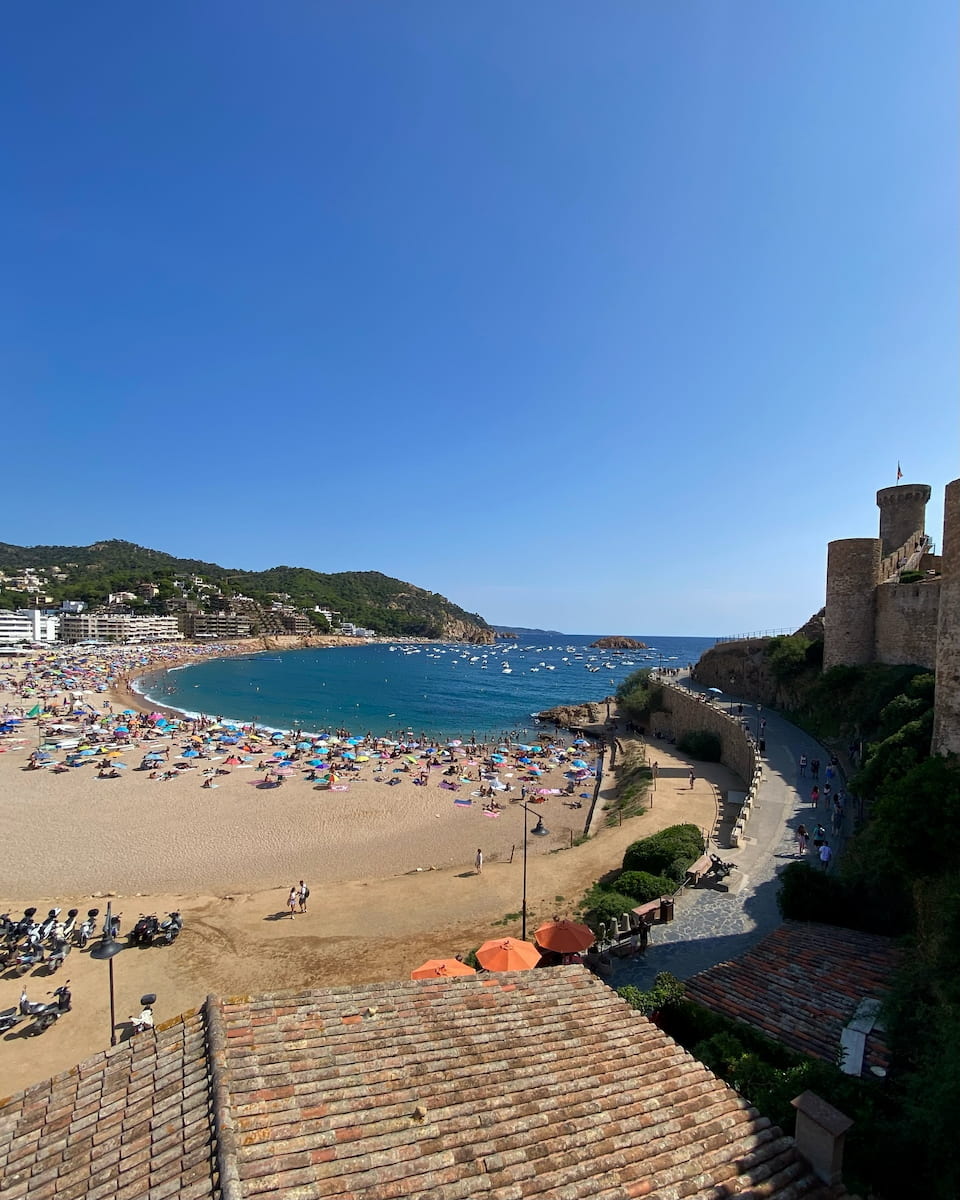
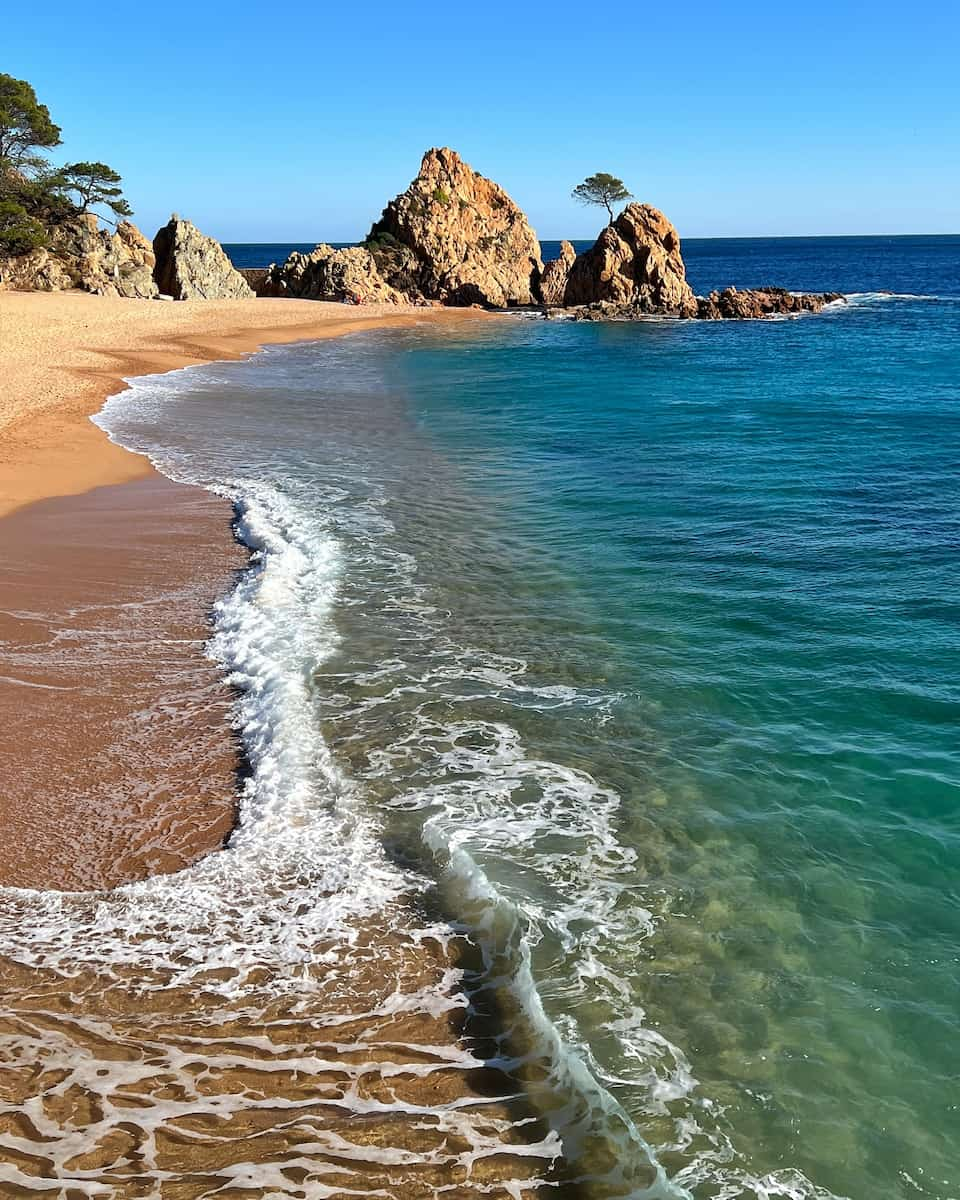
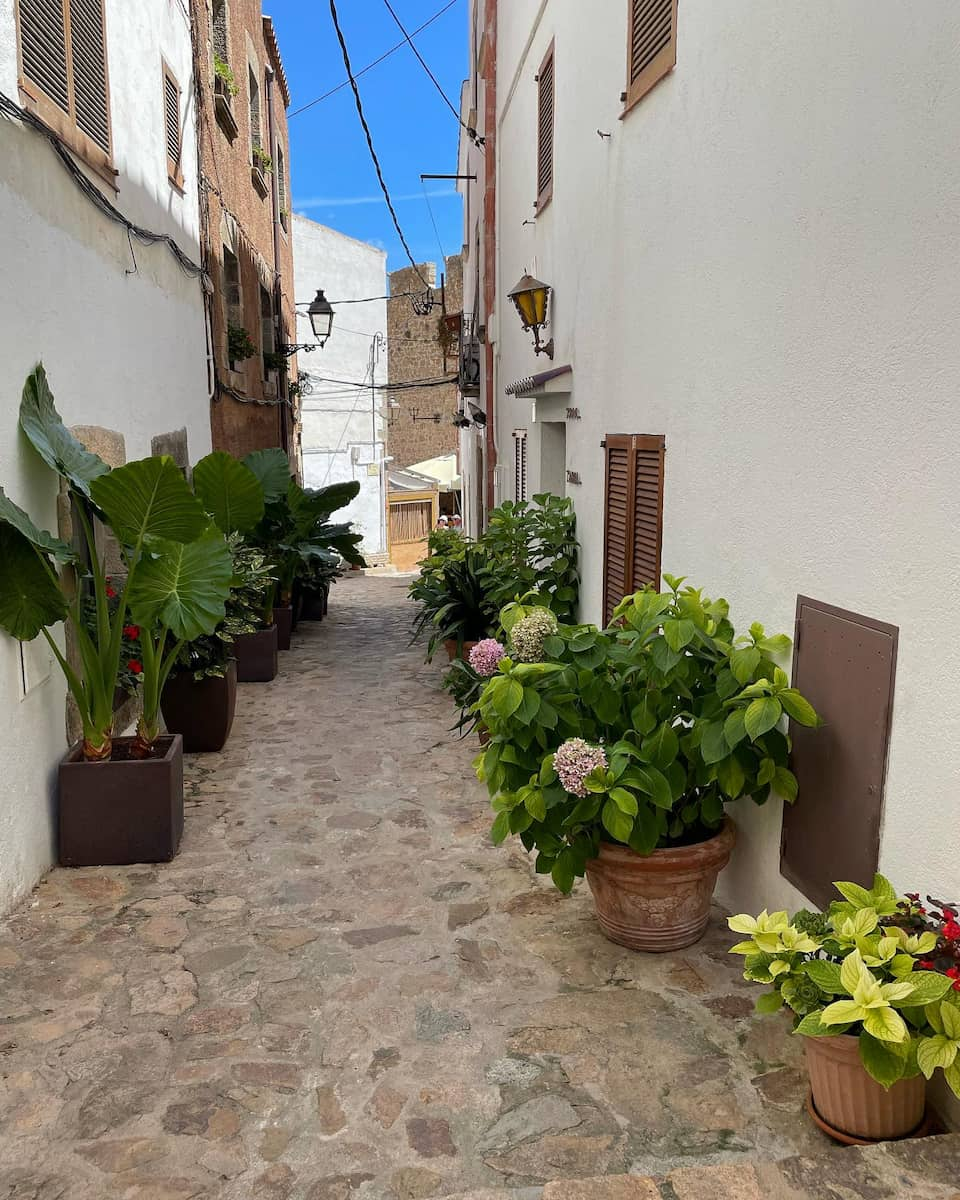
Beach paradise. Tossa boasts three stunning Blue Flag beaches, each with its own personality. The Platja Gran (380m long) serves as the main beach where most activities happen. I loved watching boats depart for coastal tours from here. Entrance is free, but sunbed rental costs about 5€/day (5.50 USD).
Hidden gems. El Codolar, the smallest beach at just 30m long, nestled behind the castle walls, feels like a secret cove. Perfect for snorkeling! Meanwhile, Mar Menuda beach (180m) offers excellent facilities for disabled visitors and is ideal for diving beginners.
Must-visit spots in Tossa de Mar:
- Vila Vella (Old Town) with its seven magnificent towers
- Municipal Museum with Roman mosaics (3€ entry)
- Far de Tossa lighthouse with spectacular coastal views
- Església Vella de Sant Vicenç Gothic church ruins
- El Codolar beach for peaceful swimming
Local tip. Visit during May or September to enjoy perfect swimming temperatures without the summer crowds. The coastal path (Camí de Ronda) connecting Tossa to neighboring towns offers spectacular views and hidden coves worth exploring.
⭐ Best Tours
- Costa Brava Kayak and Snorkel Tour with Food Experience and Tossa de Mar Visit: Experience the stunning Costa Brava coastline with this adventure-packed day trip from Barcelona. Enjoy kayaking and snorkeling in crystal-clear waters, savor local cuisine, and explore the charming medieval town of Tossa de Mar.
- Costa Brava Half-day Trip from Barcelona: Escape the city for a relaxing half-day excursion to Costa Brava’s beautiful beaches and coastal towns. Visit Lloret de Mar and Tossa de Mar, with free time to explore these charming seaside destinations at your own pace.
2. Lloret de Mar: Vibrant Nightlife and Family Attractions
Party central. Lloret de Mar pulses with energy after dark, earning its reputation as Costa Brava’s nightlife capital. The bustling center hosts dozens of discotheques, bars and clubs. Disco Tropics and Disco Colossos attract world-class DJs, while Rockefeller offers British vibes with affordable drinks (beer from 3€/3.30 USD).
Beach fun. During daytime, Lloret and Fenals beaches transform into family playgrounds. I was impressed by the mini club service operating during summer months, offering supervised activities like painting, foam parties and games for children – completely free of charge!
Water adventures. Waterworld Lloret, Costa Brava’s largest water park, delivers thrills for all ages. From the relaxing Wave Pool to the heart-stopping Kamikaze Slide, there’s something for everyone. Day pass: 35€ (38.50 USD) for adults, 20€ (22 USD) for children.
Lloret’s top attractions:
- Santa Clotilde Gardens with stunning sea views (5€ entry)
- Sant Romà Church with its colorful Byzantine-style dome
- Maritime Museum showcasing local fishing heritage (4€ entry)
- Castle of Sant Joan ruins overlooking the town
- “Fisherman’s Wife” statue (touch her foot for good luck!)
Local festivals. Time your visit for the Santa Cristina Festival at Santa Cristina Beach or the Medieval Fair in November. These authentic celebrations showcase Catalan culture with parades, music, and traditional food. Most events are free to attend, making them perfect for budget travelers.
| Activity | Lloret de Mar | Tossa de Mar |
|---|---|---|
| Beach day | Free (loungers 5€) | Free (loungers 5€) |
| Water park | 35€ adults/20€ kids | N/A |
| Museum entry | 4€ | 3€ |
| Club entry | 10-20€ | 8-15€ |
| Coastal walk | Free | Free |
⭐ Best Activities
- Lloret de Mar: Catamaran Sailing Cruise with BBQ and Drinks: Set sail along the Costa Brava on this relaxing catamaran cruise from Lloret de Mar. Enjoy swimming stops, a delicious BBQ lunch, and unlimited drinks while taking in the stunning coastal scenery.
3. Cadaqués: Artistic Haven and Dalí’s Inspiration
Artistic soul. This village captivated me with its whitewashed buildings and bohemian atmosphere. This picturesque village became Salvador Dalí’s creative sanctuary, and it’s easy to see why. The winding cobblestone streets, Mediterranean views, and artistic energy make it one of Costa Brava’s most enchanting destinations. I found myself constantly stopping to photograph the perfect scenes around every corner.
Dalí’s home. Just 1km northeast of Cadaqués in Port Lligat sits Salvador Dalí’s magnificent seaside residence. This complex was the artist’s primary home and studio from 1930 until his wife’s death in 1982. The house itself is a creative labyrinth worth exploring, offering intimate insights into the artist’s life and work. Advance booking is essential as tickets sell out quickly.
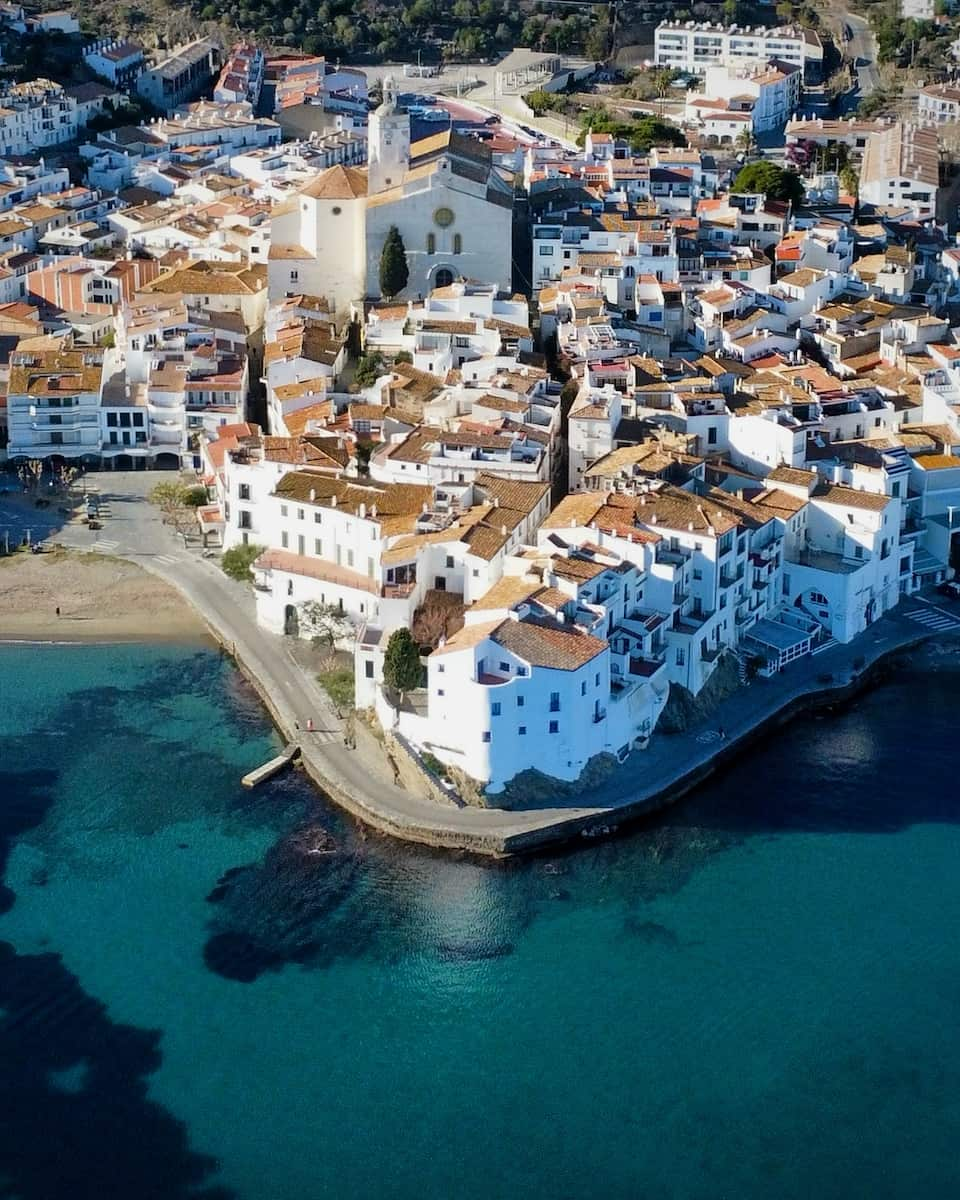
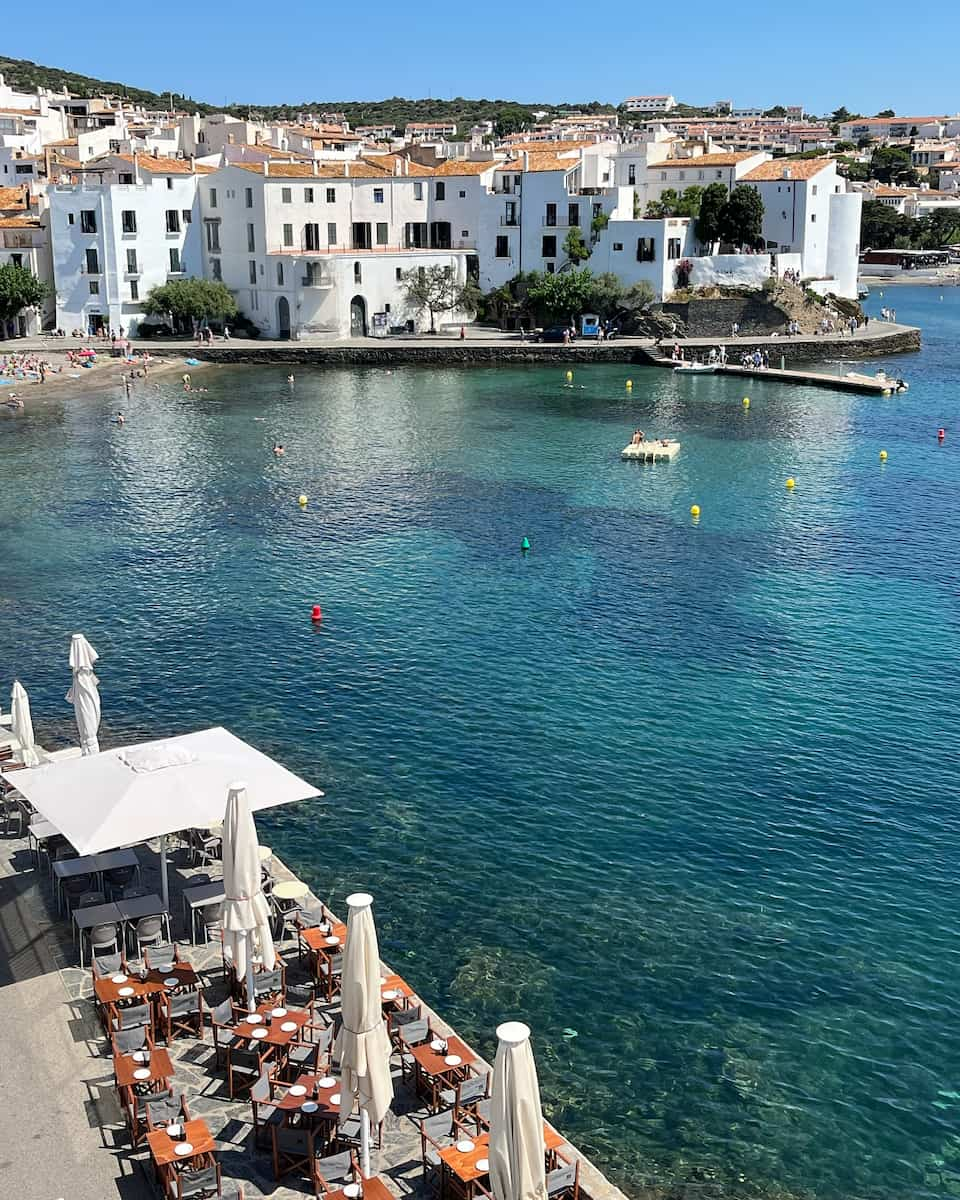
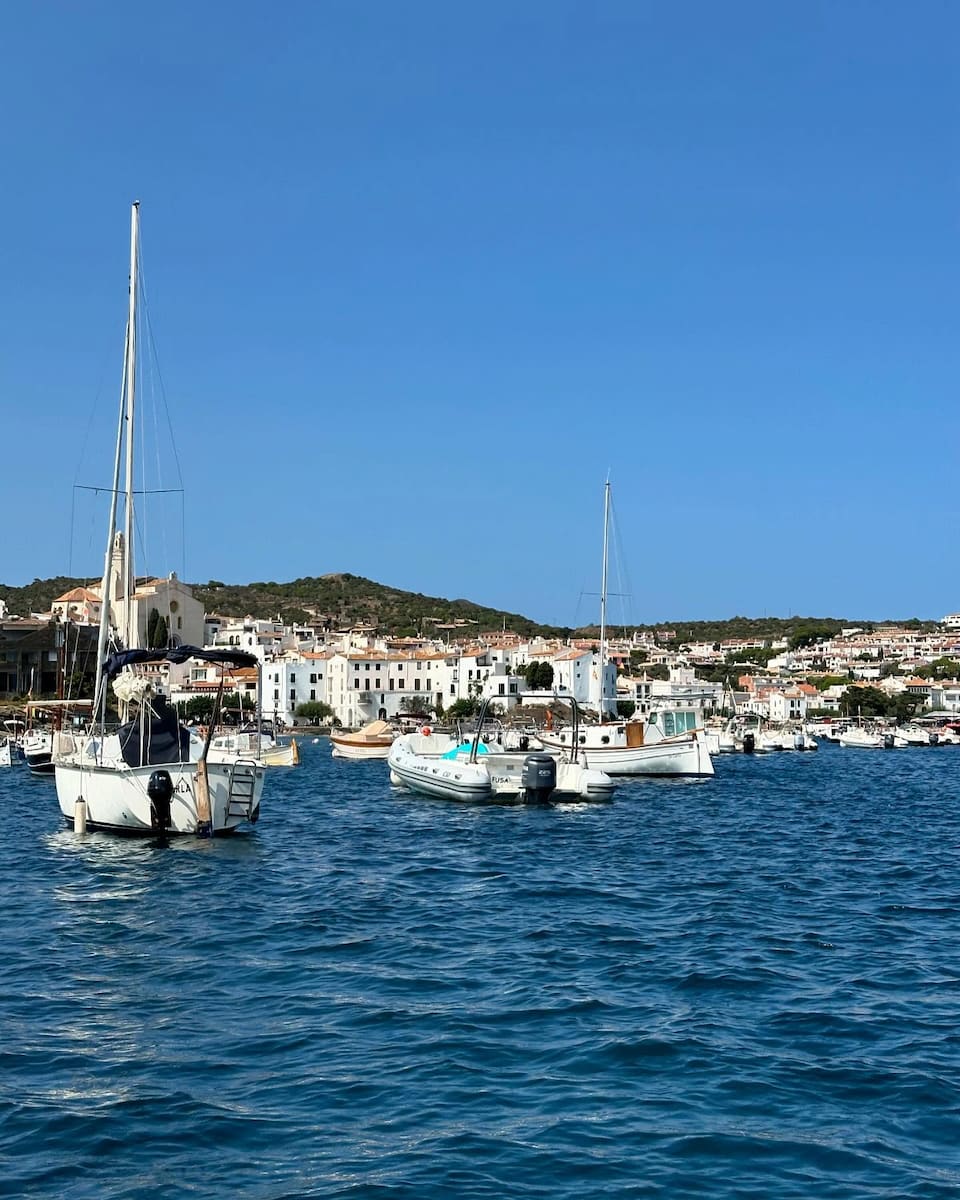
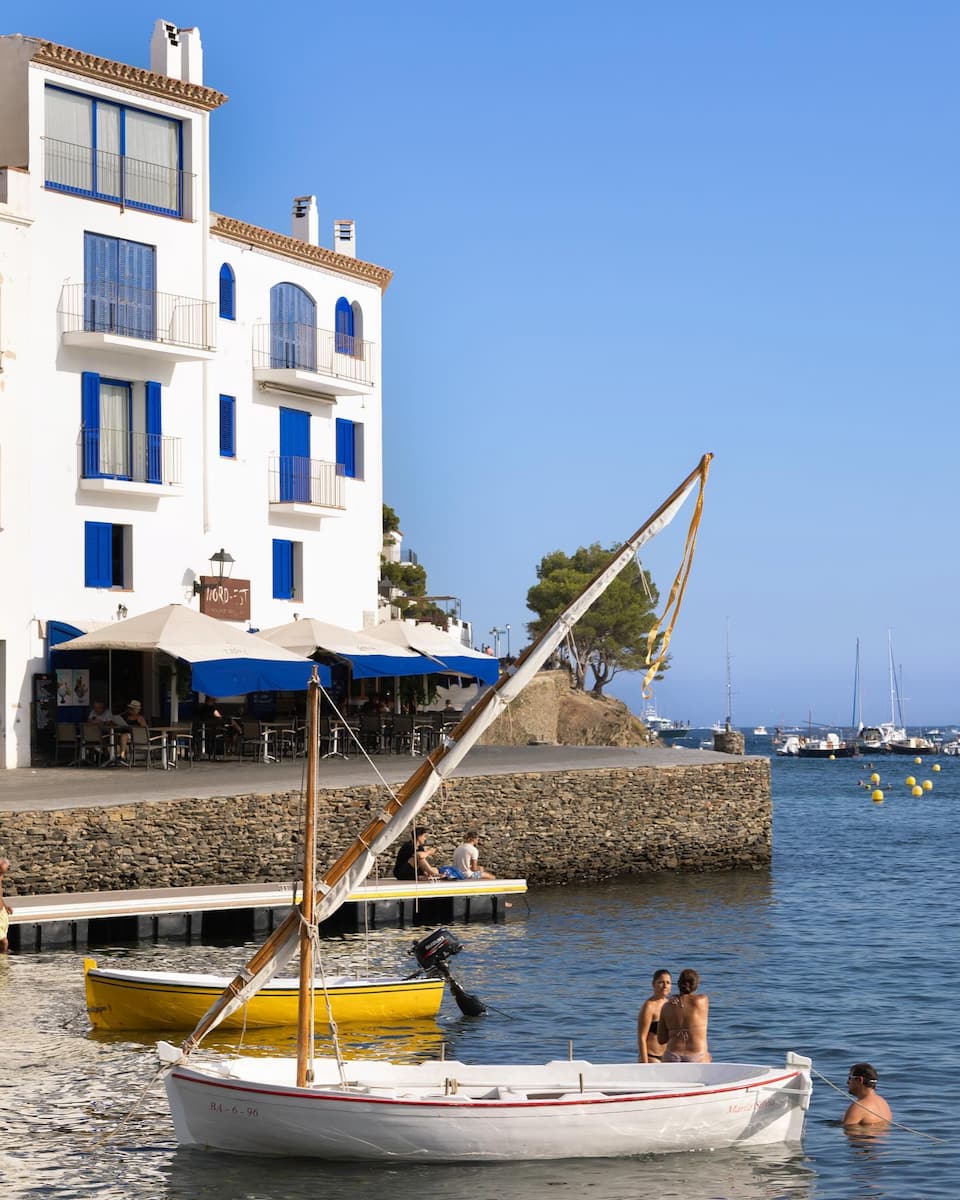
Coastal beauty. The rugged coastline surrounding Cadaqués offers spectacular scenery. Cala Montjoi stands out as a beautiful cove just 5 kilometers from Roses, surrounded by mountains of the Pyrenees and easily accessible by forest track. The crystal-clear waters are perfect for swimming and snorkeling, with visibility that allows you to appreciate the rich marine life below.
Cadaques highlights:
- Port Lligat House-Museum (Dalí’s former residence)
- Cap de Creus Natural Park with its otherworldly rock formations
- Church of Santa María with its striking white façade
- Cala Montjoi’s beautiful protected cove
- Es Baluard viewpoint for panoramic coastal views
Local tip. Consider booking a boat trip from Roses to Cadaqués (around 36€) that allows you to stop in the village for 1.5-2 hours. This gives you a different perspective of the shoreline and makes for a memorable day trip. For wine enthusiasts, combine your visit with wine tasting at local vineyards for a complete sensory experience of the region.
⭐ Best Tours
- Dalí Museum, House and Small Group Tour from Barcelona: Immerse yourself in Salvador Dalí’s surreal world with this comprehensive tour. Visit the Dalí Museum in Figueres, his house in Port Lligat, and explore the picturesque village of Cadaqués that inspired his work.
- From Barcelona: Girona, Figueres, Dalí Museum and Cadaqués: Discover the cultural treasures of northern Catalonia on this full-day tour from Barcelona. Explore medieval Girona, visit the Dalí Museum in Figueres, and wander through the charming coastal town.
4. Begur: Hilltop Castle and Pristine Beaches
Medieval charm. Perched on a hill overlooking the Mediterranean, Begur captured my heart with its authentic Catalan character. The town is protected by an impressive 11th-century medieval castle that stands proudly on a hill. Though only the outer walls remain today, hiking up rewards you with breathtaking panoramic views of the Medes Islands, Cap de Creus, and even the Pyrenees on clear days.
Colonial heritage. Walking through Begur’s historic center, I was fascinated by the “Indies” houses built in colonial style by locals who returned from the Americas in the 19th century with considerable fortunes. These elegant buildings, along with the 16th-century defensive towers (built as protection against pirates), give Begur its unique architectural character.
Beach paradise. Though the town sits about 2km from the coast, Begur boasts some of Costa Brava’s most stunning coves. Sa Tuna particularly impressed me with its blue waters and colorful fishermen’s houses. The pebbly beach is usually sheltered from currents, and the water is incredibly clear – perfect for snorkeling around the rocky caves on the right side of the cove.
Begur’s must-visit spots:
- Medieval Castle with panoramic views
- Sa Tuna cove with crystal-clear waters
- El Semàfor de Begur (former lighthouse with amazing views)
- Historic center with colonial “Indies” houses
- 16th-century defensive towers throughout town
Local tip. One of the best activities in Begur is exploring the Caminos de Ronda (coastal paths). These scenic trails follow the Costa Brava shoreline, allowing you to discover hidden coves, beautiful viewpoints, and secret spots away from the crowds. The routes are divided into sections, making them suitable for families, couples, or friends of varying fitness levels.
| Activity | Cadaques | Begur |
|---|---|---|
| Museum entry | Dalí House 14€ | Castle (free) |
| Boat trips | From 36€ | From 30€ |
| Guided tours | Wine & town 47€ | Coastal path (free) |
| Diving/Snorkeling | From 40€ | From 35€ at Ses Negres |
| Viewpoints | Cap de Creus (free) | 17 different miradors (free) |
⭐ Best Activities
- Costa Brava and Medieval Villages Tour from Girona: Experience the diverse beauty of Costa Brava with this tour from Girona. Visit medieval villages with stone architecture, explore secret coves, and enjoy the region’s stunning natural landscapes.
5. Calella de Palafrugell: Picturesque Fishing Village Charm
Ancient fishing village. This village is captivating my heart with its authentic charm that has remained largely unchanged despite the rise of tourism along Costa Brava. With just 1,000 year-round residents (though this multiplies during summer), this stunning coastal town has preserved its traditional character through narrow streets and classic two-floor fishermen’s dwellings with white façades.
Beach beauty. The town features several gorgeous beaches and coves with crystal-clear waters. Port Bo beach (also known as “beach of the boats”) stands out with its colorful fishermen’s boats resting on coarse sand and beautiful vaulted arches called “les voltes” facing the sea. This area offers perfect spots for enjoying delicious rice dishes at restaurants with sea views.
Cultural highlight. If you visit in early July, don’t miss the famous “cantada de habaneras” at Port Bo beach, a popular event that attracts tourists from around the world to listen to traditional songs about sailors and emigrants on their voyages to Cuba. This cultural celebration perfectly captures the town’s deep maritime heritage.
Must-visit spots in Calella de Palafrugell:
- Port Bo Beach with its iconic fishermen’s houses and arches
- The charming old town with narrow streets like Les Voltes and La Gravina
- Punta dels Burricaires viewpoint for postcard-perfect photos
- Platja Canadell and Platja Golfet for swimming and sunbathing
- Cap Roig Botanical Garden with Mediterranean plants and sea views
Local tip. The Camí de Ronda coastal path is a highlight of any visit to Calella. This scenic trail connects the town to nearby Llafranc and Tamariu, offering breathtaking views of the shoreline and access to hidden coves. It’s perfect for all fitness levels and provides some of the most spectacular vistas along the entire Costa Brava.
⭐ Best Activities
- Girona and Costa Brava Tour from Barcelona: Combine the historical charm of Girona with the natural beauty of Costa Brava on this full-day excursion from Barcelona. Explore Girona’s medieval quarter and enjoy time at the picturesque coastal villages.
6. Blanes: Gateway to the Costa Brava
Coastal beauty. Known as the “Gateway to the Costa Brava,” Blanes marks the official starting point of this famous coastline at the distinctive rock of Sa Palomera. The town boasts several wide, sandy beaches including S’Abanell (the longest beach on the Costa Brava), Blanes beach, and the beautiful bays of Sant Francesc, Sa Forcanera, and Treumal.
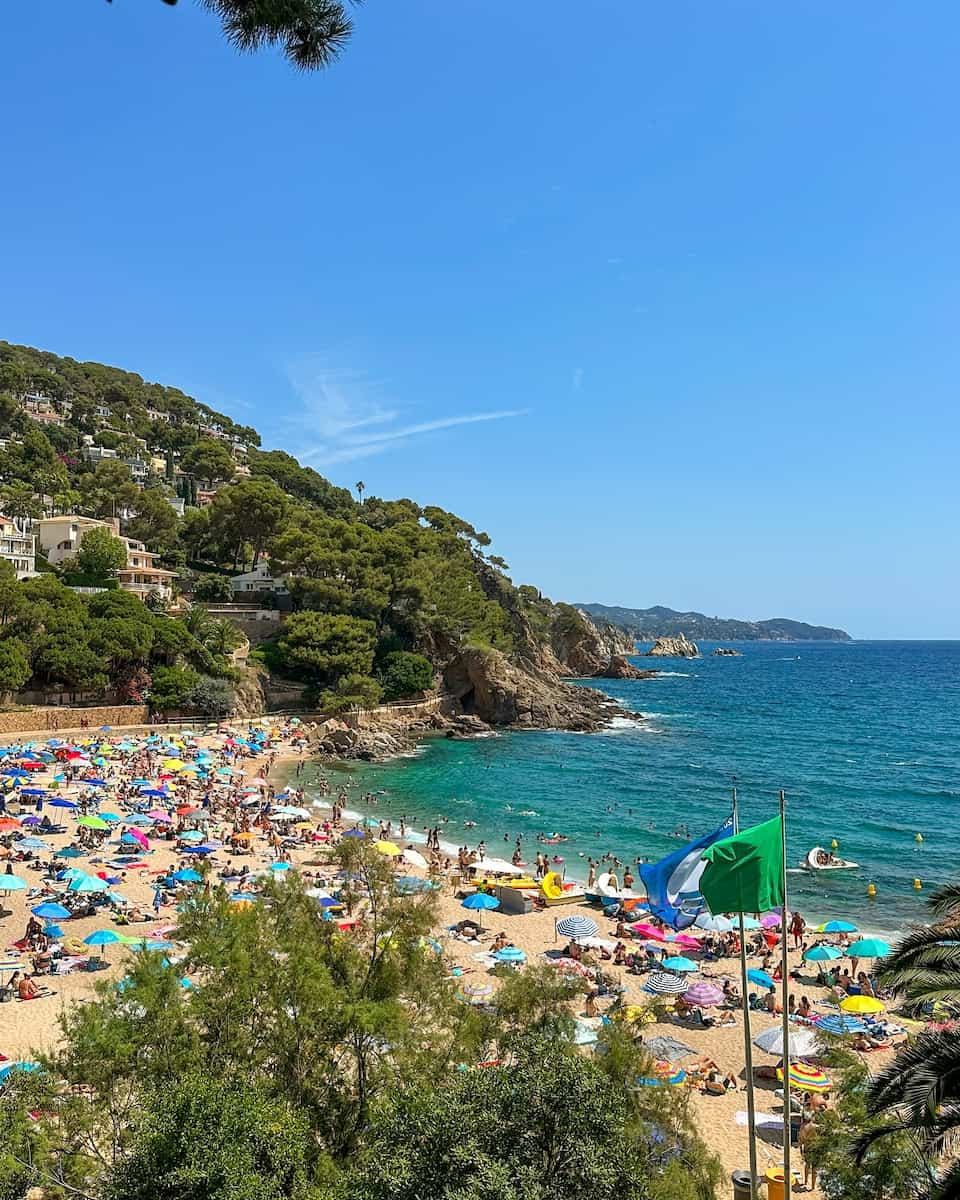
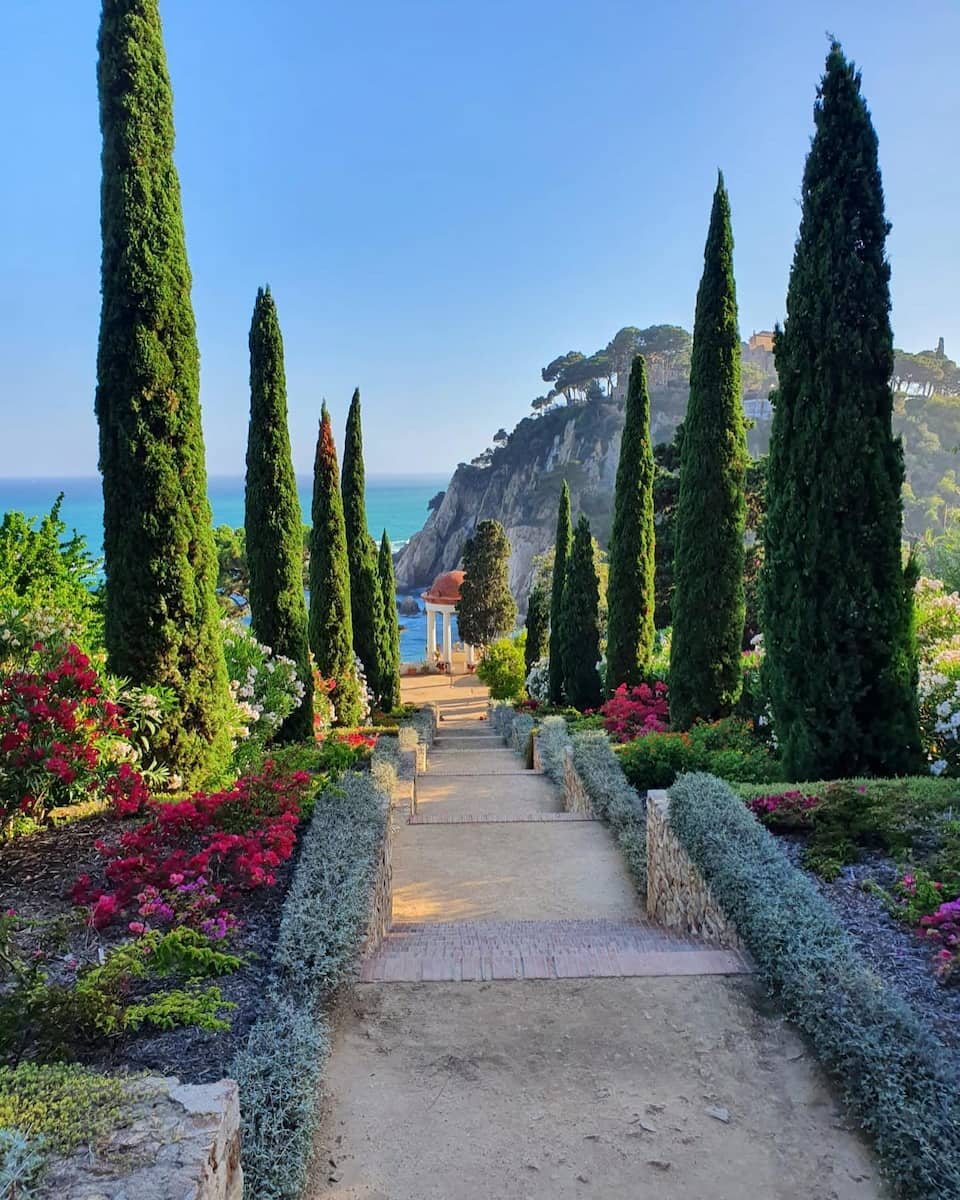
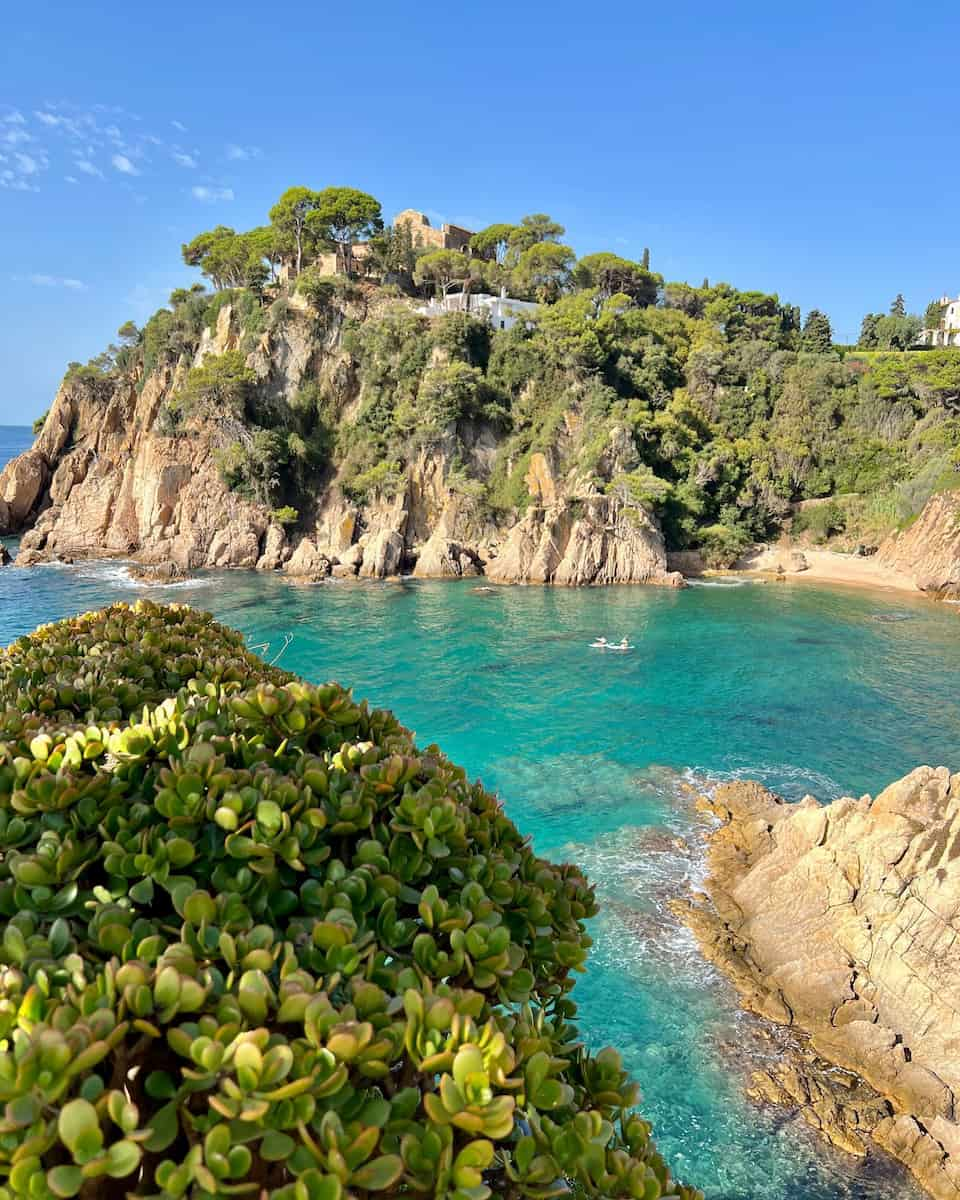
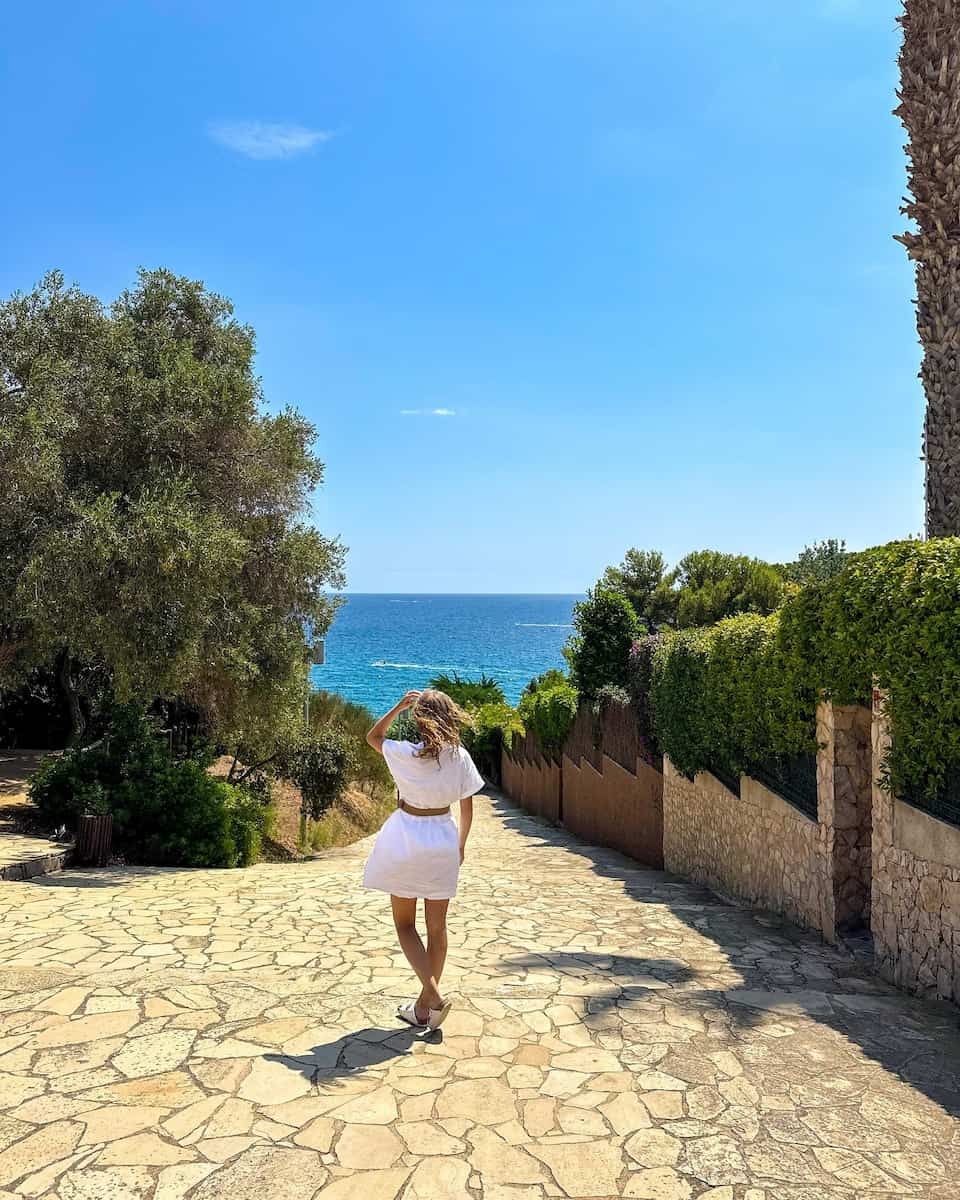
Botanical wonders. Blanes is home to two of Europe’s most beautiful botanical gardens. The Marimurtra Botanical Garden, founded in 1924 by German biologist Karl Faust, houses nearly 4,000 plant species from five continents across 15 hectares. The garden was declared a Cultural Asset of National Interest and offers stunning views of the Mediterranean from its clifftop location.
Fishing heritage. The town maintains a strong connection to its maritime roots with an active fishing fleet of 49 vessels that sail Monday through Friday. The afternoon fish auction at the port is a fascinating spectacle of local life, where you can see everything from coastal catches like anchovies to deep-water delicacies like Nordic pink lobster from the Blanes canyon.
Blanes highlights:
- Sa Palomera rock marking the start of Costa Brava
- Marimurtra Botanical Garden with panoramic sea views
- Castle of Sant Joan offering breathtaking coastal vistas
- Vibrant Monday market for local products and crafts
- International Fireworks Competition during Festa Major
Local tip. If you’re visiting in late July, don’t miss the Blanes Festival (Festa Major), featuring the famous International Fireworks Competition where pyrotechnic teams from around the world compete to create the most spectacular displays over the bay. It’s a magical experience that showcases the town’s vibrant spirit.
| Activity | Blanes | Calella de Palafrugell |
|---|---|---|
| Botanical Gardens | Marimurtra (12€) | Cap Roig (10€) |
| Beaches | S’Abanell, Sant Francesc | Port Bo, Canadell |
| Cultural Events | Fireworks Competition (July) | Habaneras Festival (July) |
| Coastal Walks | Sa Palomera viewpoint | Camí de Ronda |
| Local Market | Monday market | Daily fish market |
⭐ Best Activities
- Costa Brava: Marimurtra Botanical Garden Entry Ticket: Visit one of Europe’s most beautiful botanical gardens overlooking the Mediterranean Sea. Explore over 4,000 plant species while enjoying spectacular coastal views from this garden perched on cliffs above Blanes.
Cultural and Historical Attractions in Costa Brava
1. Girona: Game of Thrones Filming Locations and Jewish Quarter
Medieval magic. Walking through Girona’s ancient streets feels like stepping directly onto a Game of Thrones set – because it literally was! The sixth season of HBO’s blockbuster series transformed Girona’s Old Town into a massive film set during August and September 2015. The cathedral’s impressive Gothic architecture creates a truly awe-inspiring backdrop.
Jewish heritage. El Call, Girona’s Jewish Quarter, is considered one of the best-preserved Jewish quarters in Europe. Dating back to the 12th century, this labyrinth of narrow winding streets and ancient stone buildings transported me back in time. Between the 13th and 15th centuries, this area thrived as a center of Kabbalist teaching under Rabbi Nahmanides. Entrance to the Museum of Jewish History costs just 4€ (4.40 USD) and offers fascinating insights into the once-flourishing Sephardic community.
Braavos comes alive. Game of Thrones fans will recognize Plaça dels Jurats square, where Arya Stark watched a burlesque play about King Joffrey’s death. Meanwhile, the winding Carrer de la Força street hosted Arya’s thrilling chase scene. I found myself constantly stopping to take photos, imagining the Waif in hot pursuit through these medieval passageways.
Must-visit spots in Girona:
- Girona Cathedral (Great Sept of Baelor in GoT)
- Sant Pere de Galligants (Citadel of Oldtown in GoT)
- Banys Àrabs (Arab Baths used as Dorne’s Water Gardens)
- El Call Jewish Quarter with its historic synagogue sites
- Pujada de Sant Domènec staircase (featured in “Perfume: Story of a Murderer”)
Local tip. Visit early morning or late afternoon to avoid crowds and capture the best light for photography. The Jewish Quarter’s narrow streets are particularly atmospheric during these hours, and you’ll have a much better experience exploring the Game of Thrones filming locations without the tourist crowds.
⭐ Best Tours
- Game Of Thrones Guided Day Tour in Girona: Walk in the footsteps of your favorite Game of Thrones characters on this specialized tour of Girona. Visit filming locations from the hit series while learning about the city’s actual history and medieval architecture.
- Girona: Guided 2-Hour Walking Tour: Discover the rich history and cultural heritage of Girona on this comprehensive walking tour. Explore the Jewish Quarter, medieval walls, and cathedral with a knowledgeable local guide.
2. Figueres: Salvador Dalí Theatre-Museum
Surrealist wonderland. The Dalí Theatre-Museum in Figueres stands as Salvador Dalí’s ultimate artistic statement – the world’s largest surrealist object. Built on the ruins of the town’s former Municipal Theatre (destroyed during the Spanish Civil War), this mind-bending museum was personally designed by Dalí himself. Walking through its rooms feels like stepping directly into one of his paintings.
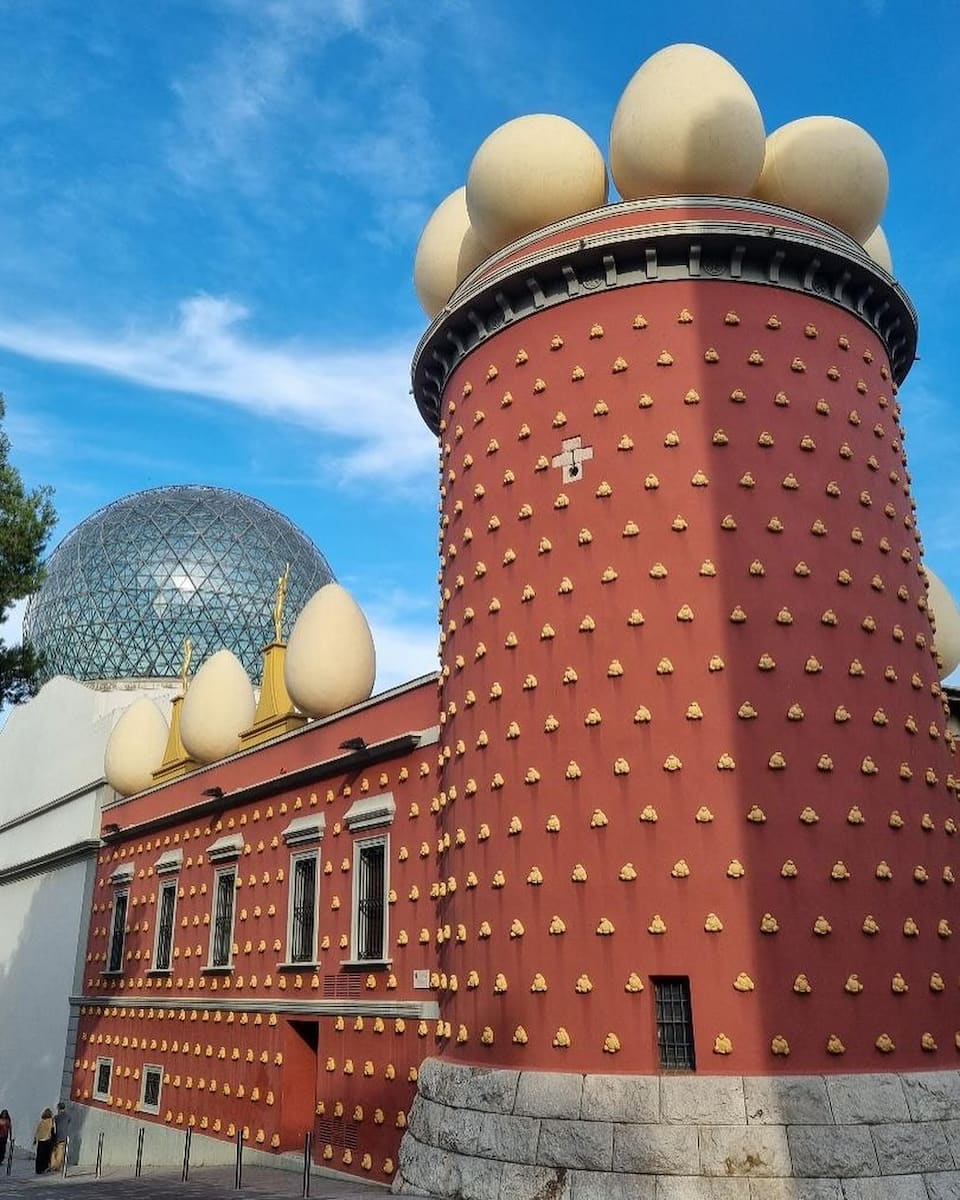
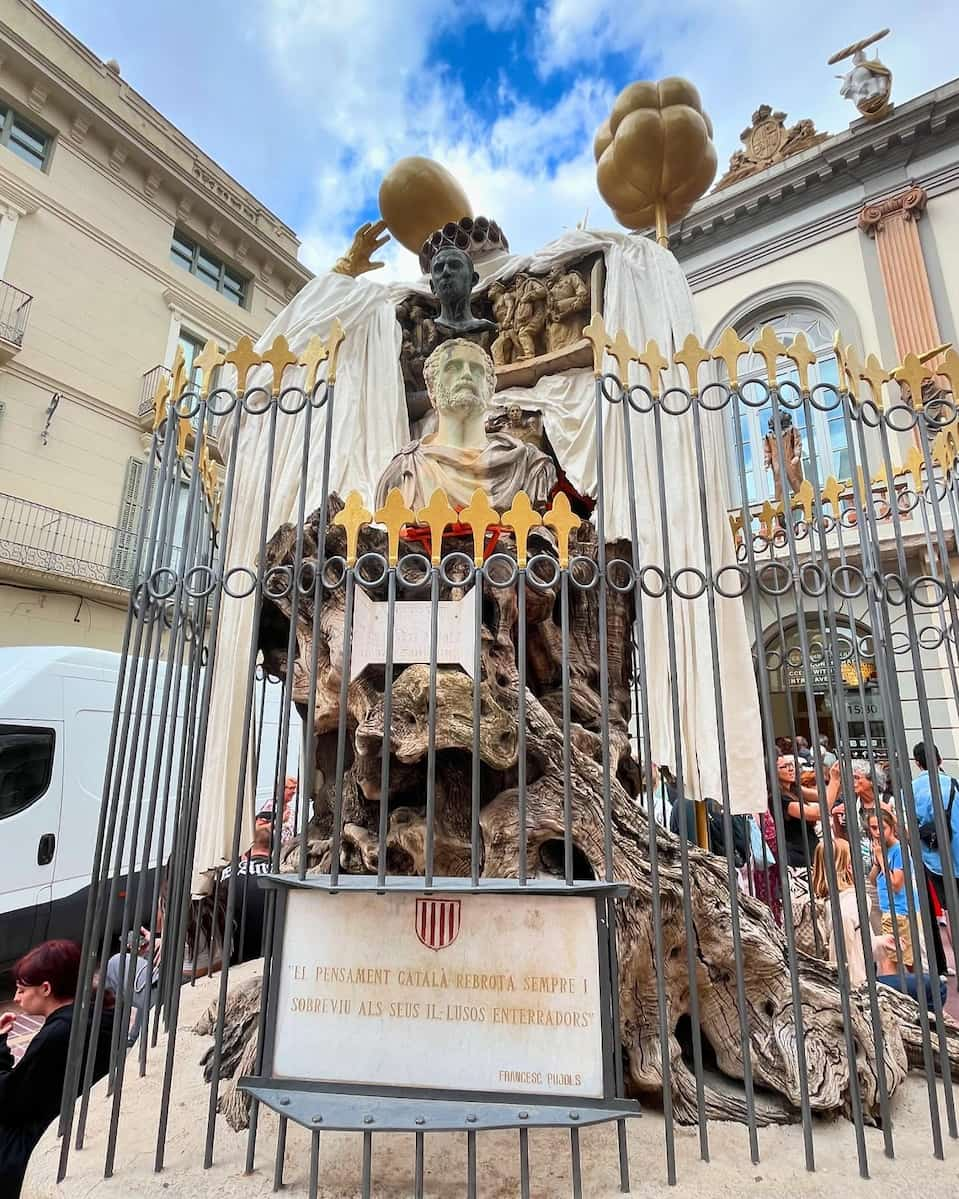
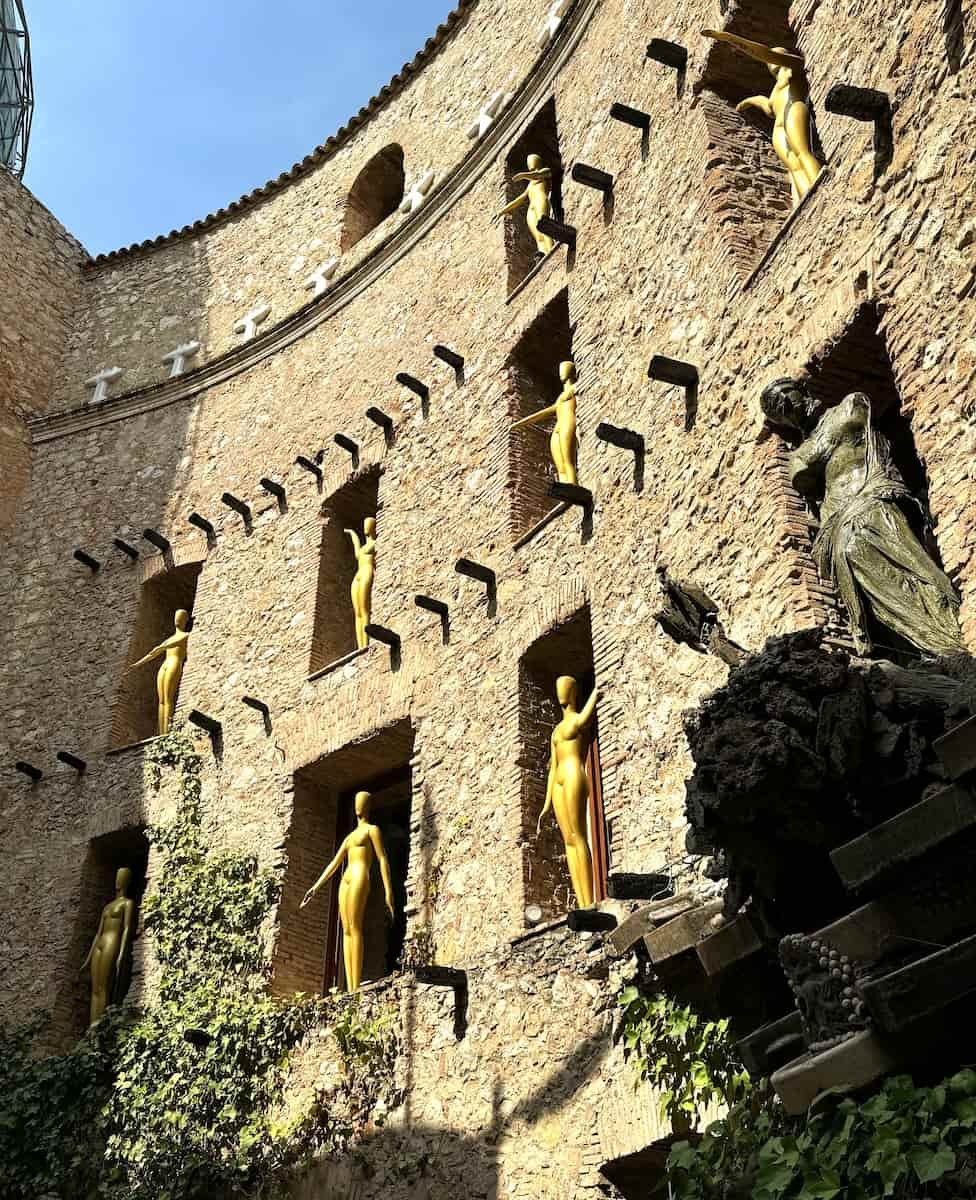
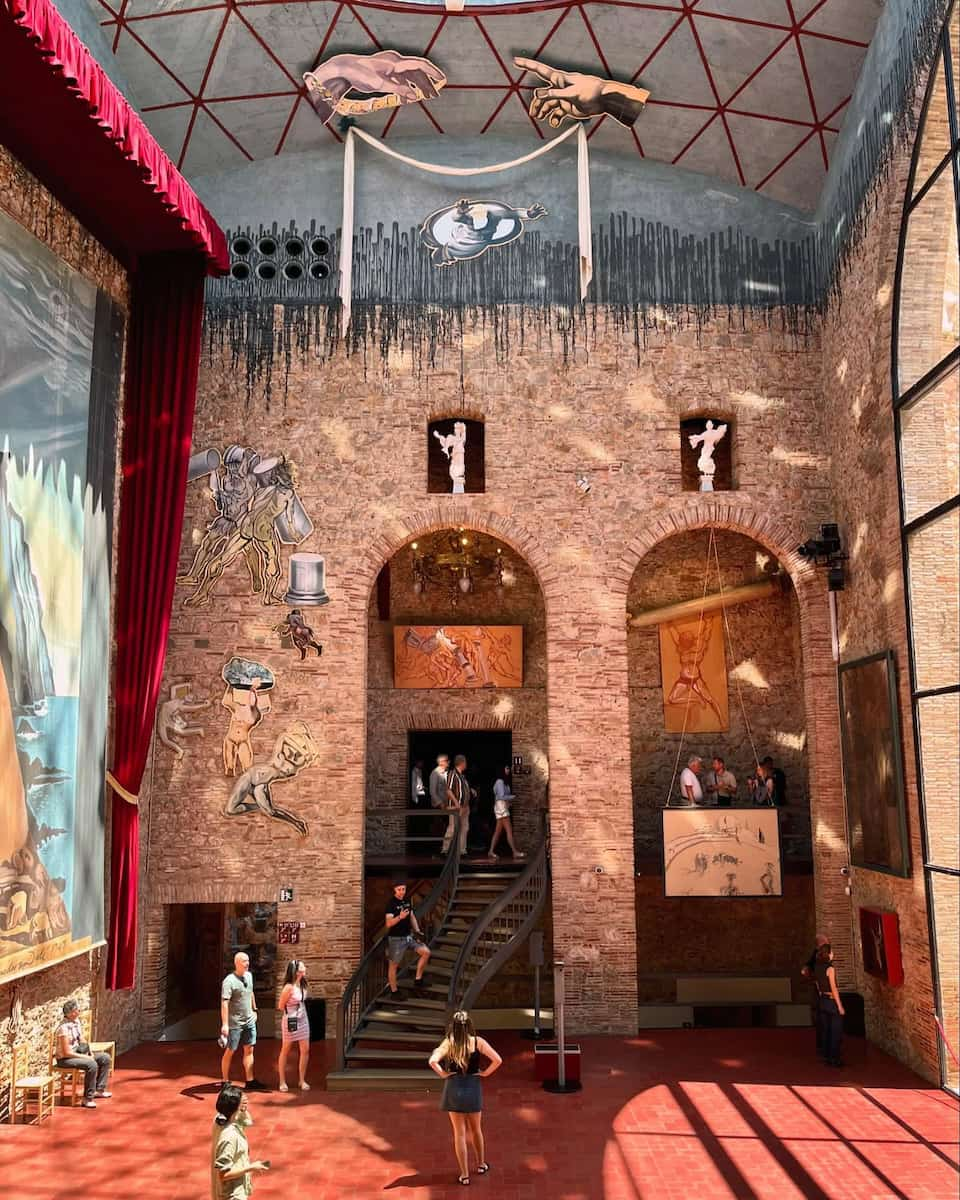
Theatrical experience. True to Dalí’s vision, this isn’t your typical “shuffle-past-my-painting” museum. As Dalí himself said: “I want my museum to be a single block, a labyrinth, a great surrealist object. The people who come to see it will leave with the sensation of having had a theatrical dream.”
Artistic treasures. The museum houses over 1,500 artworks spanning Dalí’s entire career – from early artistic experiments to his Nuclear Mysticism period following the atom bomb. I was particularly mesmerized by “Galatea of the Spheres” and the mind-bending “Apparition of the Figure of Vermeer on the Face of Abraham Lincoln.”
Figueres highlights:
- The Mae West Room with its face-shaped apartment
- The transparent geodesic dome resembling a fly’s eye
- Dalí’s crypt located beneath the stage
- The Dalí Jewels collection
- The surrealist courtyard with its black Cadillac installation
Practical advice. Book your tickets online in advance (25€/27.50 USD) to skip the lines, especially during high season. The museum is open daily from 9:00 AM to 8:00 PM (April-September) and 10:30 AM to 6:00 PM (October-March), but closed on Mondays except during summer. Travel light as large bags aren’t permitted, and photography is allowed but without flash or tripods.
| Attraction | Location | Entry Fee | Opening Hours |
|---|---|---|---|
| Dalí Theatre-Museum | Figueres | 25€ adults | 9AM-8PM (Apr-Sep), 10:30AM-6PM (Oct-Mar) |
| Jewish History Museum | Girona | 4€ adults | 10AM-6PM (Tue-Sat), 10AM-2PM (Sun) |
| Game of Thrones Tour | Girona | 35€ | Various times daily |
| Arab Baths | Girona | 3€ adults | 10AM-7PM (Apr-Oct), 10AM-2PM (Nov-Mar) |
⭐ Best Activities
- Tour: From Barcelona: Girona, Figueres and Dalí Museum Day Tour: Explore two of Catalonia’s most fascinating cities on this full-day tour from Barcelona. Visit medieval Girona and discover Dalí’s surreal world at his museum in Figueres.
- Ticket online: Check availability of tickets
3. Empúries: Ancient Greek and Roman Ruins
Mediterranean heritage. Walking through the ancient ruins of Empúries, I felt transported back to the 6th century BC when Greek merchants first established this settlement. Located just 57 miles south of Girona, this archaeological site is one of the most important in Spain and the only place in the Iberian Peninsula where remains of both Greek and Roman civilizations coexist.
Greek origins. The Greek colony of Emporion (meaning “trading place”) was founded around 575 BC by settlers from Phocaea. As I wandered through the remains of the Greek city, I was struck by the well-preserved mosaic floors and the foundations of temples dedicated to Asclepius and Serapis.
Roman expansion. When Romans arrived in 218 BC, they built their own city adjacent to the Greek one. The Roman forum, amphitheater, and elaborate houses with intricate mosaics showcase the wealth this colony once enjoyed. The best works of art discovered here, including the famous statue of Asclepius, are now housed in the on-site museum, which is well worth a visit for anyone interested in ancient history.
Must-see highlights at Empúries:
- The Greek agora (marketplace) with its well-preserved columns
- Roman forum and basilica showing the city’s political center
- Stunning mosaic floors depicting mythological scenes
- Archaeological museum housing remarkable sculptures and artifacts
- The ancient harbor area with views across the Mediterranean
Local tip. The best time to visit Empúries is during spring or fall when the weather is pleasant and the site is less crowded than during peak summer, which is also peak tourist season. Combine your visit with a swim at the adjacent beach – there’s something magical about cooling off in the same waters that Greek and Roman ships once navigated.
⭐ Best Activities
- Costa Brava and Empúries Small Group Tour with Hotel Pick-Up and Boat Ride: Discover Costa Brava’s natural beauty and ancient history on this comprehensive tour. Visit the Greek and Roman ruins at Empúries, enjoy a scenic boat ride, and explore charming coastal villages.
4. Pals: Well-preserved Medieval Town
Medieval charm. Perched on a hill overlooking the Costa Brava, Pals captivated me with its perfectly preserved medieval architecture and cobblestone streets. This fortified town, dating back to the 9th century, offers one of the most beautiful examples of medieval Catalonian architecture along the coast. The town’s stone buildings, Gothic windows, and flowering balconies create a truly enchanting atmosphere.
Historic center. The heart of Pals is its historic quarter, known as “El Pedró.” As I strolled through the narrow winding streets, I discovered charming squares, ancient archways, and the impressive Torre de les Hores (Tower of the Hours). This 15th-century Romanesque tower stands 15 meters tall and offers panoramic views of the surrounding Empordà plains, the Mediterranean Sea, and even the Pyrenees on clear days.
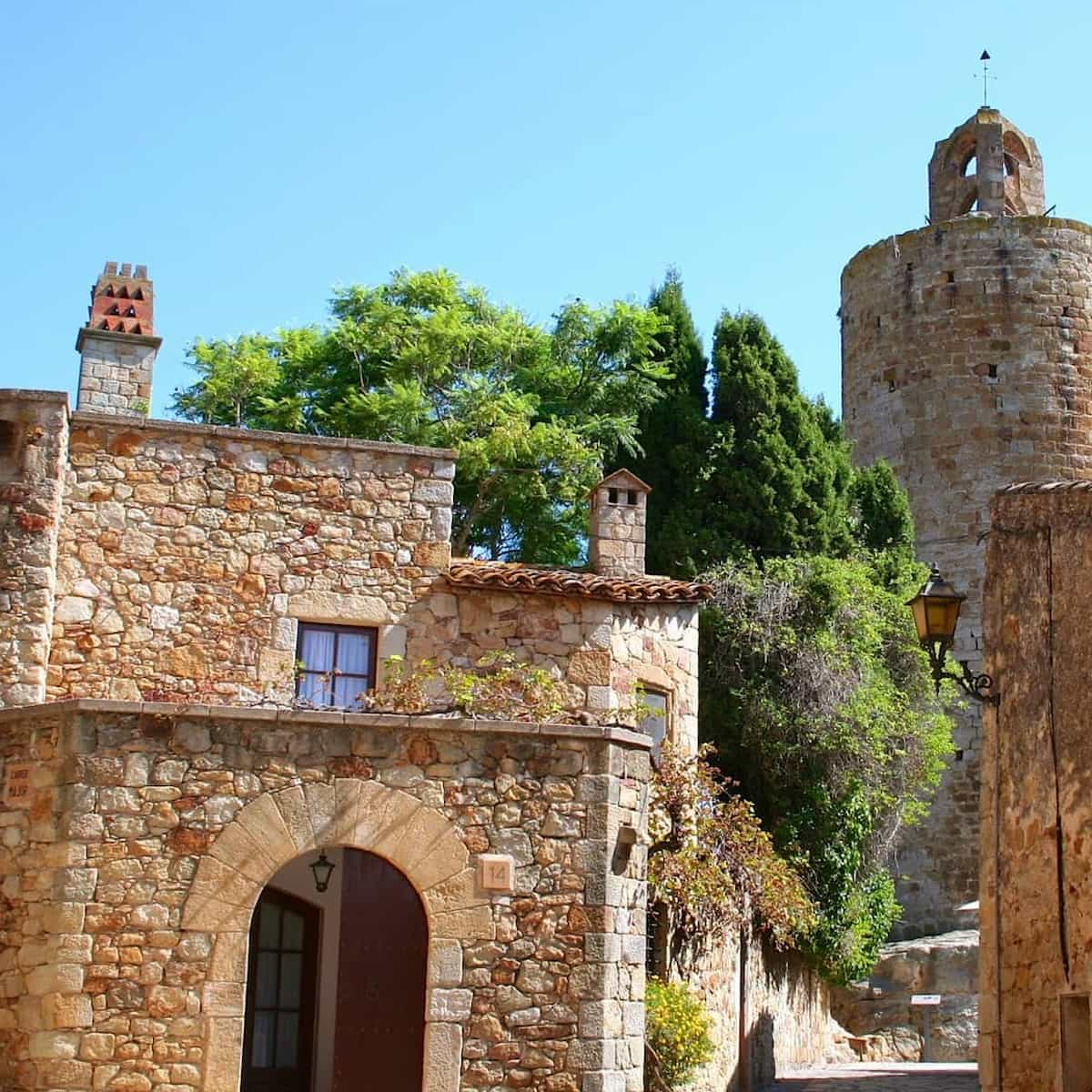
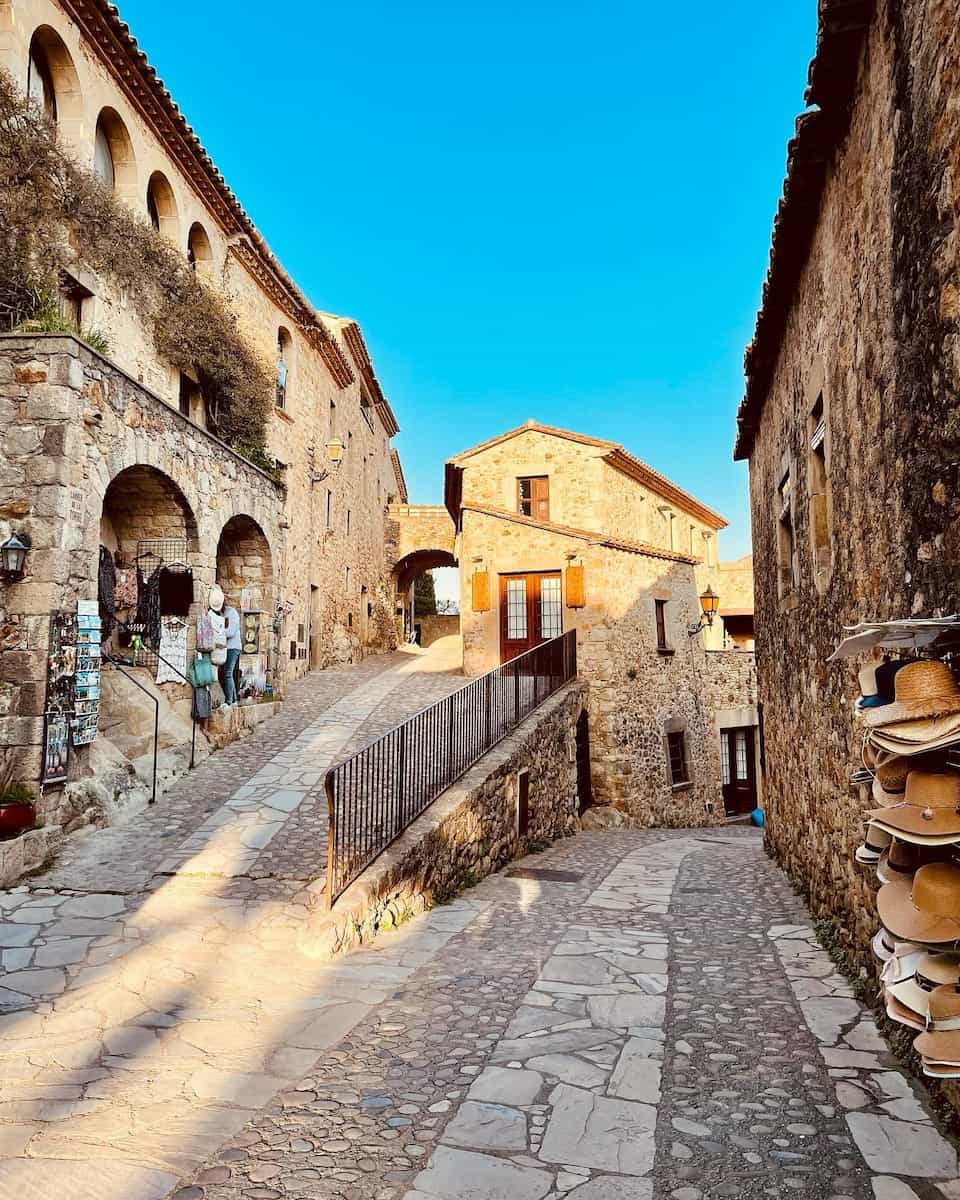
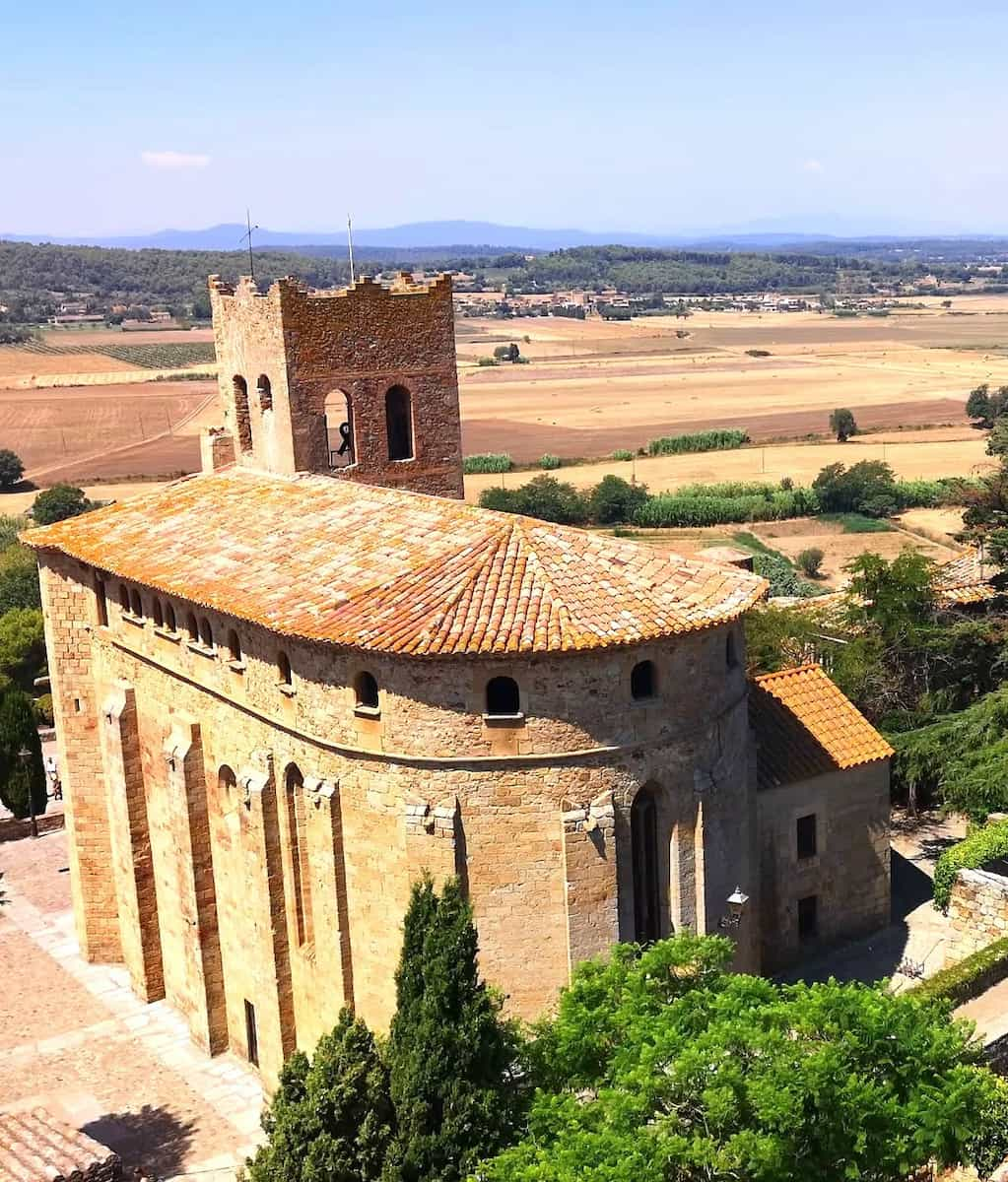
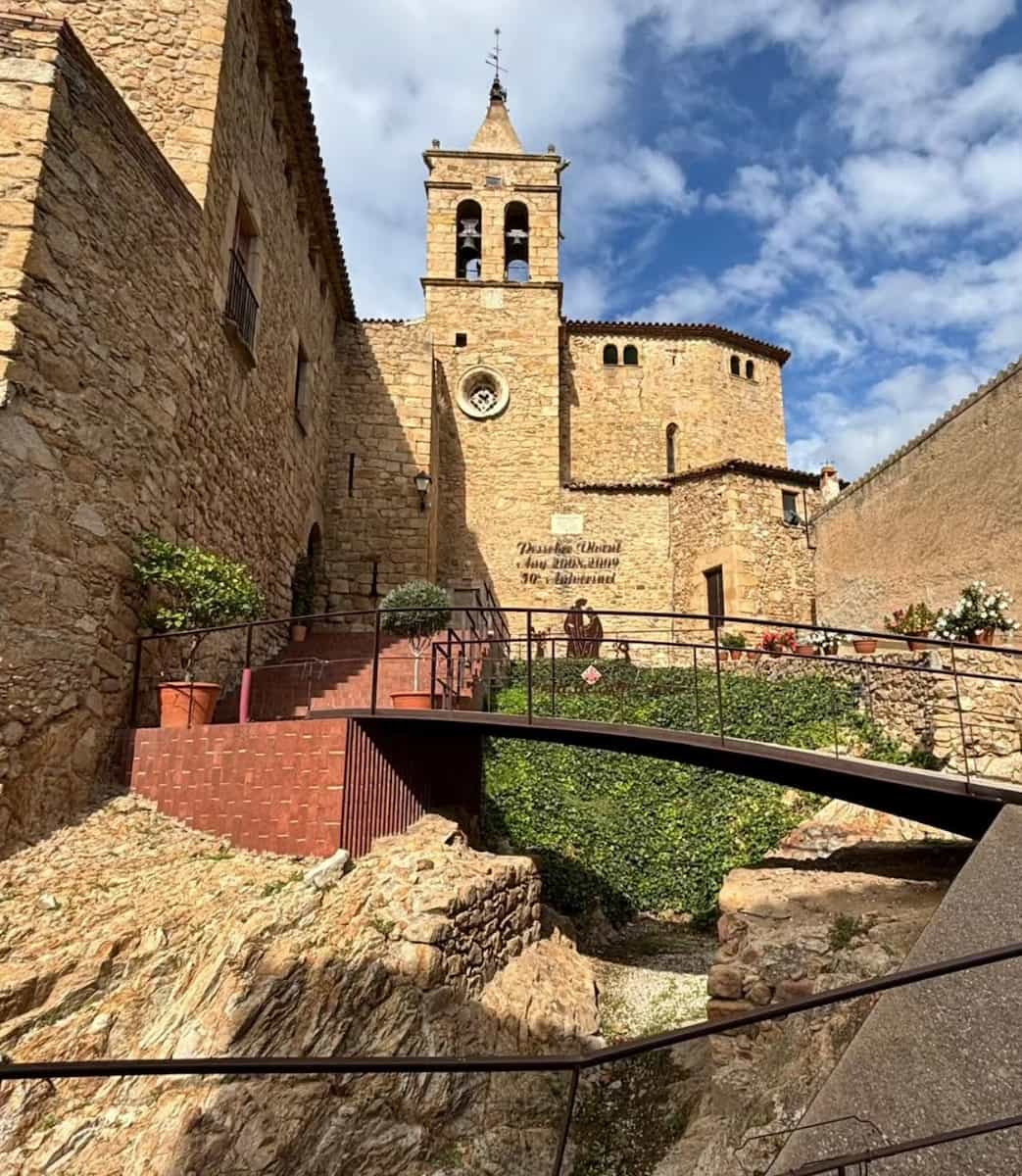
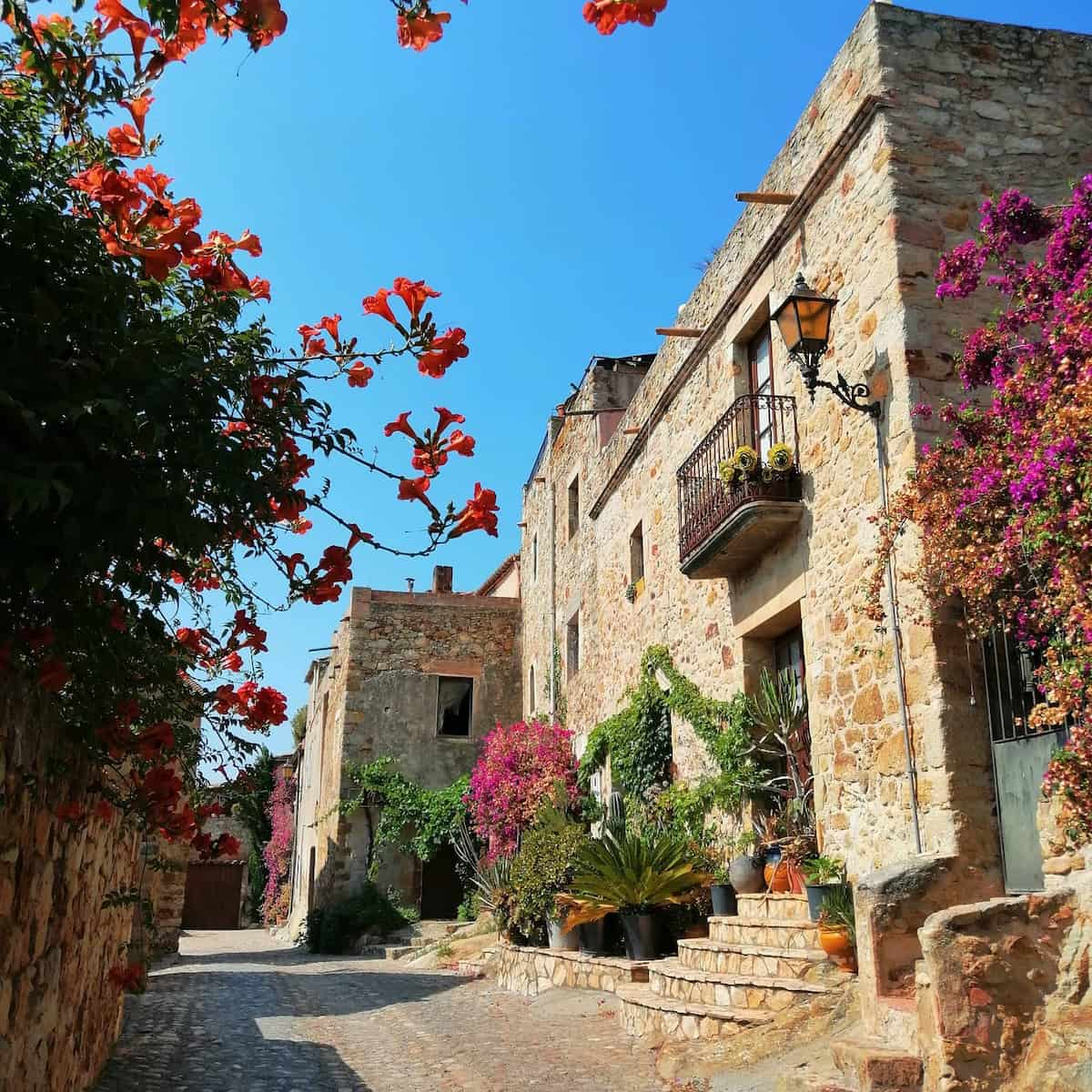
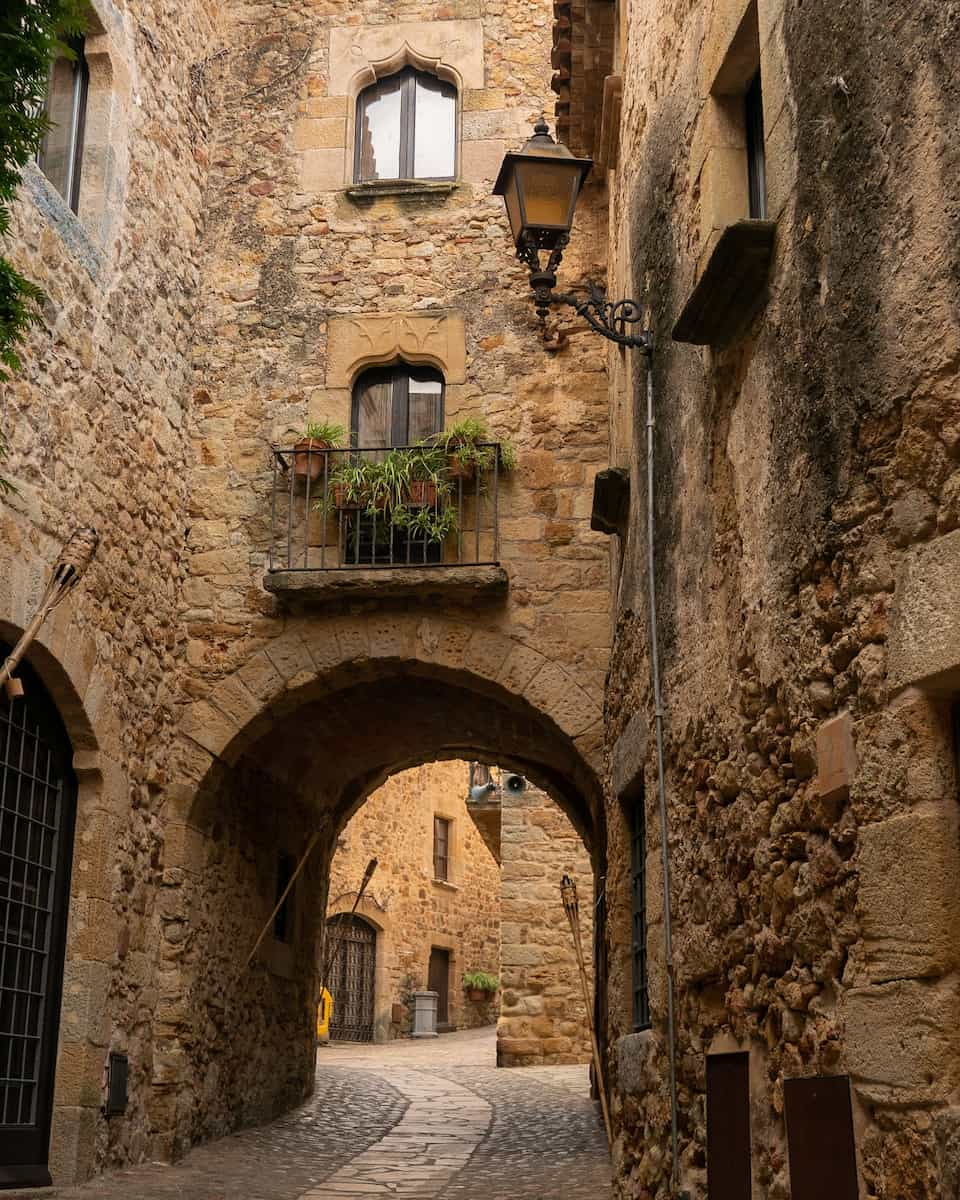
Cultural heritage. Pals is also famous for its rice cultivation, a tradition dating back to the 15th century. The surrounding wetlands produce some of Catalonia’s finest rice, and local restaurants serve exceptional rice dishes that showcase this heritage. I enjoyed a delicious “arròs a la cassola” (rice casserole) at a local restaurant for about 18€ (20 USD), which perfectly complemented my cultural exploration.
Pals’ top attractions:
- Torre de les Hores with its panoramic viewpoint
- Gothic Church of Sant Pere with its beautiful bell tower
- Josep Pla viewpoint offering spectacular coastal vistas
- Archaeological Museum housed in a historic building
- Casa de Cultura showcasing local history and traditions
Local tip. While most visitors spend a day exploring the medieval center, I recommend staying until evening when the ancient stone walls are beautifully illuminated, creating a magical atmosphere. Pals is also an excellent base for exploring other areas of the Costa Brava, with easy access to beaches like Platja de Pals and nearby towns such as Begur and Calella de Palafrugell and Llafranc.
5. Cap Roig Botanical Gardens: Art and Nature Combined
Coastal paradise. Perched on a rock overlooking the Mediterranean, Cap Roig Botanical Gardens is one of the most beautiful botanical spaces along the Costa Brava. Created in 1927 by Russian colonel Nikolai Woevodsky and English aristocrat Dorothy Webster, this 17-hectare garden cascades down terraces toward the sea, offering breathtaking views at every turn.
Botanical diversity. Walking through Cap Roig feels like exploring multiple ecosystems. The gardens house over 1,000 plant species from around the world, with special emphasis on Mediterranean flora. I was particularly impressed by the extensive cactus collection and the vibrant display of flowers that bloom throughout different seasons.
Cultural venue. Beyond its botanical treasures, Cap Roig hosts the prestigious Cap Roig Festival each summer, one of Spain’s most important music events. The natural amphitheater overlooking the sea provides a magical setting for concerts by international artists.
Cap Roig highlights:
- The castle-like main building with its distinctive pink stone
- Terraced gardens descending toward the Mediterranean
- Extensive collection of native and exotic plant species
- Sculpture garden featuring works by international artists
- Spectacular viewpoints overlooking the Costa Brava shoreline
Practical advice. Entry costs 10€ (11 USD) for adults, and the gardens are open year-round except on Mondays during winter months. The perfect time to visit is either early morning or late afternoon to avoid the midday heat, especially if you’re visiting during summer. Wear comfortable shoes as exploring the terraced gardens involves some walking on slopes.
| Garden Section | Notable Features | Best Time to Visit |
|---|---|---|
| Mediterranean Garden | Native species, coastal views | Spring (April-May) |
| Cactus Collection | Rare desert species | Year-round |
| Rose Garden | Variety of rose species | May-June |
| Sculpture Path | Artistic installations | Any season |
| Forest Area | Shade trees, walking paths | Summer (for shade) |
6. Sant Pere de Rodes: Monastery with Breathtaking Views
Mountain majesty. Perched high on the Verdera mountain in Cap de Creus National Park, the Monastery commands spectacular views over the Gulf of Roses and the Mediterranean Sea. Dating back to the 10th century, this Benedictine monastery is one of the most important Romanesque monuments in Catalonia and offers one of the most beautiful panoramic vistas along the Costa Brava.
Architectural wonder. The monastery’s impressive architecture blends Romanesque, Gothic, and Renaissance elements. As I explored the three-nave church with its barrel-vaulted ceiling, elegant bell tower, and intricately carved capitals. The cloister, with its delicate arches and columns, creates a peaceful atmosphere that contrasts with the rugged landscape outside.
Historical significance. Sant Pere de Rodes was once one of the most important monasteries in the region, controlling vast territories and serving as a significant pilgrimage site. According to legend, it housed relics of Saint Peter himself. The monastery was abandoned in the 18th century and fell into disrepair until restoration efforts began in the 20th century.
Must-see features at Sant Pere de Rodes:
- The three-nave Romanesque church with its impressive barrel vault
- The elegant cloister with detailed column capitals
- The defensive tower offering panoramic views
- The ancient wine press and olive oil mill
- Ruins of the medieval village of Santa Creu de Rodes nearby
Local tip. The winding drive up to the monastery is an experience in itself, with hairpin turns revealing increasingly spectacular views. For the adventurous, hiking trails connect the monastery to nearby towns like Port de la Selva, offering a more immersive way to experience the landscape.
Outdoor Activities and Natural Wonders
1. Hiking the Cami de Ronda: Explore the Coastal Path
Coastal magic. The Cami de Ronda is one of the best things to experience when you visit Costa Brava. This historic footpath runs along the entire coast of the Costa Brava from Blanes to Portbou near the French border. Originally created for border guards to patrol and prevent smuggling, it’s now one of Spain’s Costa Brava’s most beloved hiking routes.
Year-round adventure. Unlike many seasonal attractions, the Cami de Ronda can be enjoyed 365 days a year, though spring (April-June) and fall (September-October) offer the most pleasant hiking conditions. Summer is also peak tourist season, so expect more crowds if you visit then.
Scenic sections. My favorite stretch runs from Lloret de Mar to Tossa de Mar, featuring jaw-dropping views, stone staircases, and a spectacular arrival at Tossa’s medieval walled city. Another beautiful section connects Tamariu to Begur, passing through Aiguablava with its soft sand and gentle waves.
Top Cami de Ronda experiences:
- Discovering hidden coves like Cala Bona and Cala Pola
- Witnessing the dramatic meeting of rocks and Mediterranean waters
- Exploring the medieval town of Tossa de Mar after a rewarding hike
- Swimming in natural seawater pools along the route
- Photographing the stunning coastal landscapes that inspired artists
Local tip. To get to the Costa Brava from Barcelona city centre, you can drive (about 1-2 hours depending on your destination) or take a bus. Many visitors fly into Barcelona with EasyJet and then make their way to the coast. Pack sturdy hiking shoes, plenty of water, sunscreen, and a hat for your Cami de Ronda adventure.
⭐ Best Activities
- From Barcelona: Costa Brava Hiking, Snorkeling & Cliff Jumping: Experience Costa Brava’s adventurous side with this active day trip from Barcelona. Hike scenic coastal trails, snorkel in crystal-clear waters, try diving, and enjoy a delicious lunch in a seaside village.
2. Cap de Creus National Park: Discover Unique Landscapes
Natural wonder. Cap de Creus National Park marks the easternmost point of the Iberian Peninsula, where the Pyrenees dramatically meet the Mediterranean Sea. This protected area is the only maritime and terrestrial park in Catalonia, covering approximately 13,000 hectares (11,000 on land and 3,000 at sea).
Surreal scenery. The park’s unique topography results from millennia of erosion by wind and waves, creating rock formations that resemble animals or faces. These metamorphic rocks shimmer in hues of gold, silver, and copper, contrasting beautifully with the deep blues of the Mediterranean. Cadaqués on the Cap de Creus peninsula served as Dalí’s inspiration, and it’s easy to see why – the surreal landscape feels like walking through one of his paintings.
Outdoor paradise. Cap de Creus offers countless activities for nature lovers. Hiking trails lead to remarkable spots like the Cap de Creus lighthouse, which provides panoramic views stretching to the French shoreline on clear days. The Western Point trail takes you between rockrose, mastic, and juniper bushes, with views of islets like La Massa d’Oros.
Must-see highlights at Cap de Creus:
- The iconic lighthouse at the park’s edge
- Geological marvels like “Eagle Rock” and “Camel Rock”
- Secret coves with crystal-clear waters perfect for snorkeling
- The monastery of Sant Pere de Rodes with spectacular views
- Tudela area, known for its biodiversity and unique rock formations
Practical advice. The park is accessible year-round but has regulated motorized access from April to early November. During restrictions, you can still access on foot along signposted paths or by bicycle on the paved road to the lighthouse. Shuttle buses operate from Corral d’en Morell car park, with round-trip tickets costing €7 for adults (€5 for children under 14 and seniors over 65).
| Activity | Cap de Creus | Cami de Ronda |
|---|---|---|
| Top time to visit | Spring/Fall | Year-round (best in Spring/Fall) |
| Difficulty | Easy to moderate | Moderate with some challenging sections |
| Duration | 45min-4hrs depending on route | Various sections (1-7 hours each) |
| Access from Barcelona | 2hr drive | Various entry points along Costa Brava |
| Must-bring items | Water, sun protection, camera | Hiking shoes, water, swimwear |
⭐ Best Activities
- Private Tour: Dalí Museum, Figueres and Cadaqués Full Day Tour with Hotel Pick-up: Enjoy a personalized Dalí experience with this private tour from Barcelona. Visit the Dalí Museum in Figueres and explore Cadaqués, the picturesque fishing village where the artist lived and worked.
3. Scuba Diving at Illes Medes: Explore Marine Life
Underwater paradise. Just one kilometer off the coast from L’Estartit, the Illes Medes archipelago offers one of the best diving experiences in the entire Mediterranean. Protected as a marine reserve since 1983, these seven small islands are part of the Costa Brava’s most precious natural treasures.
Diving diversity. What makes the Illes Medes special is the variety of underwater environments packed into a small area. During my dives, I explored underwater caves, swim-throughs, steep walls, and meadows of Neptune grass. The visibility regularly exceeds 20 meters, making it perfect for underwater photography.
Marine encounters. The protected status of these islands has allowed marine life to flourish. Schools of barracuda, groupers, and bream are common sights, while octopus, moray eels, and lobsters hide among the rocks. I was particularly thrilled to spot several dusky groupers – massive fish that can reach 1.5 meters in length and have become surprisingly tame due to decades of protection.
Top diving spots at Illes Medes:
- El Túnel del Dofí (Dolphin Tunnel) with its impressive swim-through
- La Cueva del Mal Pas featuring dramatic light effects
- El Medallot with its vertical wall dropping to 50 meters
- La Vaca marine cave with spectacular rock formations
- Punta Salines for its colorful gorgonian sea fans
Practical advice. Numerous dive centers in L’Estartit offer excursions to the islands, with prices starting around €45 for a single dive (including equipment rental). Advance booking is essential during summer. Even non-divers can enjoy the marine reserve through glass-bottom boat tours (€18 for adults) or snorkeling trips (€25).
⭐ Best Activities
- L'Estartit: Boat Trip to the Medes Islands and National Park Caves: Explore the stunning Medes Islands Marine Reserve on this scenic boat trip from L’Estartit. Discover underwater caves, observe marine life through glass-bottom viewing areas, and enjoy the beautiful Costa Brava shoreline.
4. Kayaking and Snorkeling: Enjoy Underground Coves
Coastal exploration. Kayaking along Costa Brava offers an intimate way to discover secluded beaches and hidden caves inaccessible by land. The rugged shoreline between the town of Sant Feliu de Guíxols and Begur features some of the most dramatic scenery for paddling adventures.
Secret coves. What makes kayaking one of the top things to do in Costa Brava is the access it provides to pristine, hidden beaches. Paddling from Tamariu, I discovered Cala Pedrosa, a tiny pebble beach nestled between towering rocks. Another memorable spot was Aigua Xelida, a series of small coves with emerald waters perfect for snorkeling.
Underwater wonders. Combining kayaking with snorkeling creates the perfect Costa Brava adventure. The waters around Cap de Creus and the coves near Begur offer exceptional visibility and abundant marine life. Dropping anchor in a quiet bay, I donned my mask and snorkel to discover an underwater world of colorful fish, sea urchins, and swaying Neptune grass.
Best kayaking routes in Costa Brava:
- Sa Riera to Aiguafreda (passing through Illa Roja)
- Llafranc to Tamariu along the Cami de Ronda shoreline
- Cap de Creus exploration
- Costa Brava’s sea caves route from La Fosca beach
- Sant Feliu to Tossa de Mar for experienced paddlers
Local tip. Numerous operators offer kayak rentals and guided tours, with prices starting around €25 for half-day rentals and €45 for guided excursions. The best time for kayaking is early morning when the sea is calmest and before the day heats up. If you’re driving from Barcelona to Costa Brava specifically for kayaking, consider basing yourself in Llafranc or de Palafrugell, which offer excellent launching points for exploring the coastline.
⭐ Best Activities
- From L'Estartit: 3-Hour Snorkeling Trip to the Medes Islands: Experience the underwater wonders of the Medes Islands on this guided snorkeling excursion. Discover rich marine biodiversity in one of the Mediterranean’s most important marine reserves.
5. Cycling Through Costa Brava’s Diverse Landscapes
Two-wheel adventures. Costa Brava offers some of Spain’s most spectacular cycling routes, from gentle coastal paths to challenging mountain climbs. The region’s diverse landscapes – Mediterranean coastline, medieval villages, volcanic terrain, and rolling vineyards – create an ideal playground for cyclists of all levels.
Coastal routes. The stretch between Blanes and Sant Feliu de Guíxols follows parts of the Cami de Ronda, offering breathtaking sea views and access to beautiful beaches along the way. This route passes through charming fishing villages and provides plenty of opportunities to stop for a swim or enjoy local cuisine.
Inland exploration. Venturing inland reveals a different side of Costa Brava. The EuroVelo 8 route passes through the Empordà wine region, where you can combine cycling with visits to Costa Brava wineries. Another highlight is the Vías Verdes (Greenways) – converted railway lines offering traffic-free cycling through stunning countryside.
Top cycling routes in Costa Brava:
- The Mediterranean Route (EuroVelo 8) following the coastline
- Vía Verde del Carrilet from volcanic Olot to historic Girona
- The Pirinexus circular route connecting Costa Brava with France
- The Medieval Villages route through the Empordà region
- The Coastal Path from Blanes to Portbou
Practical advice. Numerous shops in towns like Girona (a cycling hub that attracts professionals) offer bike rentals starting from €15/day for basic models and €30/day for performance road bikes. The best time for cycling is spring or fall when temperatures are moderate.
6. Montgrí Nature Reserve: Between Mountains and Sea
Natural diversity. The Montgrí, Illes Medes and Baix Ter Natural Park represents one of Costa Brava’s most ecologically significant areas. This protected space encompasses the limestone massif of Montgrí (rising to 315 meters), the Medes Islands marine reserve, and the wetlands of Baix Ter. The park’s diverse ecosystems – mountains, islands, dunes, wetlands, and rice fields – create a fascinating natural mosaic that’s perfect for outdoor enthusiasts.
Mountain adventures. Hiking the Montgrí Massif reveals spectacular panoramas of the Costa Brava coastline, the Pyrenees, and even the distant silhouette of Mallorca on clear days. The trail to Montgrí Castle, a 13th-century fortress crowning the mountain, offers one of the best views in the region.
Coastal wonders. The park’s coastline features some of the best beaches of the Costa Brava, including the stunning Cala Montgó with its horseshoe shape and crystal-clear waters. Further north, Platja de Pals stretches for nearly 3.5 kilometers, backed by impressive dunes. These beaches are perfect places to enjoy the summer sun after exploring the park’s natural attractions.
Montgrí Nature Reserve highlights:
- Montgrí Castle with its panoramic views
- The distinctive “Bishop’s Chair” rock formation
- Extensive network of hiking and mountain biking trails
- Pristine beaches like Cala Montgó and Platja de Pals
- Bird watching in the Baix Ter wetlands
Local tip. The park’s visitor center in L’Estartit provides excellent information about trails and activities. Consider taking a guided tour to learn about the park’s unique geology and biodiversity. After exploring Montgrí, complete your Costa Brava round-up with a visit to nearby L’Estartit, a town with a beautiful beach that serves as the gateway to the Medes Islands.
| Activity | Best Season | Difficulty | Duration | Price Range |
|---|---|---|---|---|
| Scuba Diving | May-October | All levels | 2-3 hours | €45-80 per dive |
| Kayaking | April-October | Beginner-Intermediate | 2-6 hours | €25-50 per day |
| Cycling | Year-round (best: Apr-Jun, Sep-Oct) | All levels | Various | €15-30 per day (rental) |
| Hiking Montgrí | Year-round (avoid summer heat) | Moderate | 3-5 hours | Free |
⭐ Best Activities
- L'Estartit: Try Dive & Snorkeling in Montgrí National Park: Perfect for beginners, this experience offers a safe introduction to scuba diving in the protected waters of Montgrí National Park, followed by snorkeling to further explore the marine environment.
Gastronomic Experiences in Costa Brava
1. Traditional Catalan Cuisine: Highlight Must-try Dishes
Coastal flavors. Costa Brava is known for its exceptional gastronomy that perfectly blends sea and mountain influences. During my travels along this scenic coastline, I discovered that while many visitors expect paella to be the traditional dish, it’s actually from Valencia! Instead, Costa Brava offers its own unique culinary treasures that showcase the region’s rich cultural heritage and access to fresh Mediterranean ingredients.
Local staples. “Pa amb tomata” quickly became my daily ritual – this simple yet delicious dish consists of bread rubbed with ripe tomato, drizzled with olive oil, and sprinkled with salt. It’s often served alongside fuet, a delicious cured sausage that pairs perfectly with the tomato bread.
Seafood specialties. The coastal location makes Costa Brava a paradise for seafood lovers. I was particularly impressed by Suquet de Peix, a traditional fisherman’s stew made with potatoes, saffron, white wine, and the day’s fresh catch. Another local favorite is Cim i Tomba from Tossa de Mar – a flavorful dish of monkfish and vegetables originally cooked by fishermen aboard their boats.
Must-try Costa Brava dishes:
- Esqueixada: A refreshing cod salad perfect for warm days
- Mandonguilles amb Sípia: Meatballs with cuttlefish in a rich sauce
- Crab rice: A juicy, soupy rice dish featuring spider crab
- Stuffed squids: The perfect blend of meat and seafood
- Calçots: Grilled spring onions served with romesco sauce (seasonal)
Sweet endings. No meal in Costa Brava is complete without sampling Crema Catalana, the region’s answer to crème brûlée. This delightful dessert features a thin layer of caramelized sugar atop a creamy custard – the perfect sweet treat to end any meal. During spring, don’t miss the opportunity to try brunyols, sweet fritters traditionally eaten during Lent and Easter celebrations.
2. Wine Tasting in Empordà: Explore Local Wines
Vineyard paradise. The Empordà wine region, nestled between the Pyrenees and the Mediterranean Sea, offers one of the best costa brava experiences for wine enthusiasts. With over 2,000 hectares of vineyards and approximately 50 wineries, this small but mighty region produces exceptional wines influenced by the tramuntana – a dry wind that gives the local grapes their distinctive character.
Historic traditions. Wine production in Empordà dates back to ancient Greek and Roman times, making it one of Spain’s oldest wine regions. Many vineyards feature vines over thirty years old, contributing to the exceptional quality and complexity of the wines. During my Costa Brava round-up of wineries, I learned that red wines account for about 60% of total production, often featuring rich, complex profiles with pronounced fruit aromas and spice notes.
Unique specialties. The crown jewel of Empordà wines is undoubtedly Garnatxa de l’Empordà, a naturally sweet wine aged using the solera system in barrels that are never completely emptied. Some wineries house aging barrels dating back to 1860! These exquisite wines offer concentrated aromas of candied fruits, nuts, coffee, and honey.
Top wineries to visit:
- La Vinyeta in Mollet de Peralada: Family-run with a philosophy of “believing in our land”
- Masia Serra in Cantallops: Produces “landscape wines” with dedication and enthusiasm
- Mas Llunes in Garriguella: Over 700 years of wine-growing history
- Perelada: One of the most important wineries in the region
- Terra Remota: Offers vineyard picnics with stunning views
Practical advice. The perfect time to visit Empordà’s wineries is during spring and summer (April to September) when the weather is warm and sunny, perfect for outdoor tastings. Most wineries offer tours starting around 15-25€ that include tastings of their signature wines.
⭐ Best Activities
- Girona Wine Tour Small Group: Discover the excellent wines of the Empordà region on this small-group tour from Girona. Visit local wineries, learn about traditional production methods, and enjoy tastings of distinctive Catalan wines.
3. Local Markets and Food Tours: Experience Local Flavors
Market adventures. Exploring local markets is one of the fun things to do in Costa Brava that lets you experience authentic Catalan culture. I was particularly impressed by the Mercat Municipal in Sant Feliu de Guíxols, where locals gather to purchase the freshest seafood, seasonal produce, and artisanal products.
Seafood spectacles. The fish markets in coastal towns offer a fascinating glimpse into the region’s maritime heritage. In Palamós, I watched the daily fish auction where the day’s catch is sold to restaurants and shops. The best seafood in Costa Brava comes directly from these markets – from sweet red prawns (gambas de Palamós) to fresh anchovies from L’Escala.
Culinary walks. Food tours have become one of the top things to do for visitors wanting to dive deeper into Costa Brava’s gastronomy. These guided experiences typically include stops at local markets, traditional food shops, and opportunities to sample regional specialties.
Best food markets to visit:
- Mercat Municipal de Sant Feliu de Guíxols (Tuesday-Saturday mornings)
- Mercat de Palafrugell (daily except Mondays)
- Mercat de Lloret de Mar (Tuesday mornings)
- Mercat de Roses (Sunday mornings)
- Mercat del Lleó in Girona (Monday-Saturday)
Local tip. For a truly immersive experience, visit during the olive oil or wine harvest seasons (September-November). Many producers offer tours and tastings during this time, allowing you to witness traditional production methods and sample fresh products. The autumn months also offer pleasant temperatures for exploring without the peak summer tourist crowds.
4. Michelin-Starred Restaurants: Discover Top Dining Spots
Culinary excellence. Costa Brava is home to an impressive concentration of Michelin-starred restaurants, making it a great destination for food enthusiasts. The region’s gastronomic reputation was established by El Bulli (now closed), once considered the world’s best restaurant.
Seaside sophistication. In Roses, I had the opportunity to dine at Miramar, a two-Michelin-starred restaurant where chef Paco Pérez transforms local seafood into artistic culinary creations. The restaurant’s location overlooking the Mediterranean perfectly complements the marine-focused menu. A tasting menu costs around 185€ (204 USD), making it a splurge but one that offers a truly memorable experience of Costa Brava’s high-end gastronomy.
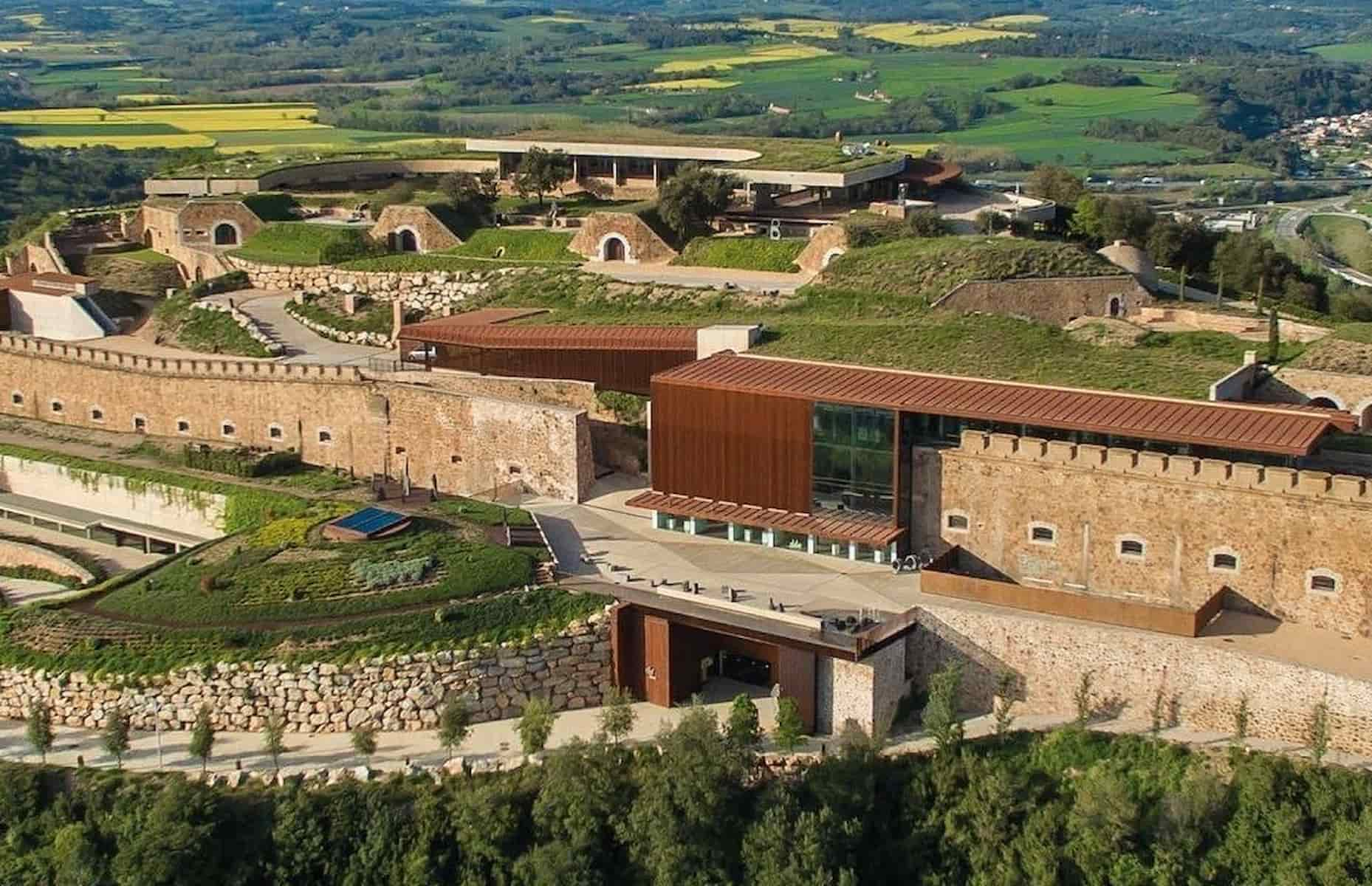
Inland treasures. While coastal restaurants often focus on seafood, the inland establishments showcase a different side of Catalan cuisine. Les Cols in Olot, housed in a 13th-century farmhouse with striking modern additions, celebrates vegetables and products from La Garrotxa volcanic region.
Top Michelin dining experiences:
- El Celler de Can Roca (Girona) – Three Michelin stars, consistently ranked among the world’s best restaurants
- Miramar (Roses) – Two Michelin stars with spectacular sea views
- Les Cols (Olot) – Two Michelin stars in a stunning architectural setting
- Casamar (Llafranc) – One Michelin star with beautiful views of Llafranc bay
- Bo.TiC (Corçà) – One Michelin star showcasing innovative Empordà cuisine
Practical advice. Reservations at these restaurants are essential and should be made months in advance, especially during the summer season, which is also peak tourist season. Many offer more affordable lunch menus that provide a similar experience at a lower price point.
| Restaurant | Location | Stars | Price Range (per person) | Specialty |
|---|---|---|---|---|
| El Celler de Can Roca | Girona | ★★★ | 225-250€ | Creative Catalan cuisine |
| Miramar | Roses | ★★ | 185-200€ | Avant-garde seafood |
| Les Cols | Olot | ★★ | 120-150€ | Volcanic region produce |
| Casamar | Llafranc | ★ | 85-110€ | Mediterranean seafood |
| Bo.TiC | Corçà | ★ | 90-120€ | Modern Empordà cuisine |
FAQ
Is Costa Brava worth visiting?
Yes, Costa Brava is absolutely worth visiting! Known for its stunning beaches, charming medieval towns, and breathtaking natural parks like Cap de Creus, it offers a perfect mix of relaxation, culture, and outdoor activities.
What is the nicest part of Costa Brava?
The nicest part of Costa Brava depends on your preferences:
-
For beaches, Aiguablava, Sa Tuna (Begur), and Cala Montjoi are among the best.
-
For charming towns, Tossa de Mar and Calella de Palafrugell stand out for their beauty and authenticity.
-
For nature lovers, Cap de Creus National Park offers dramatic cliffs and unique landscapes.
Why is Costa Brava so famous?
Costa Brava is famous for its “wild coast” beauty, featuring rugged cliffs, turquoise waters, and secret coves. It’s also known for its rich history (with Greek and Roman ruins), vibrant cultural scene (inspired by Salvador Dalí).
What is the best time to visit the Costa Brava?
The best time to visit Costa Brava is from May to September. Late May and September are ideal for fewer crowds and pleasant weather, while June through August is perfect for enjoying beaches and water activities during peak summer.
Does Costa Brava have public transport?
Yes, Costa Brava has public transport options:
- Buses: Direct routes connect Barcelona or Girona to coastal towns like Lloret de Mar, Palafrugell, and Roses.
- Trains: High-speed AVE trains run between Barcelona and Girona or Figueres. From there, buses connect to coastal destinations.
